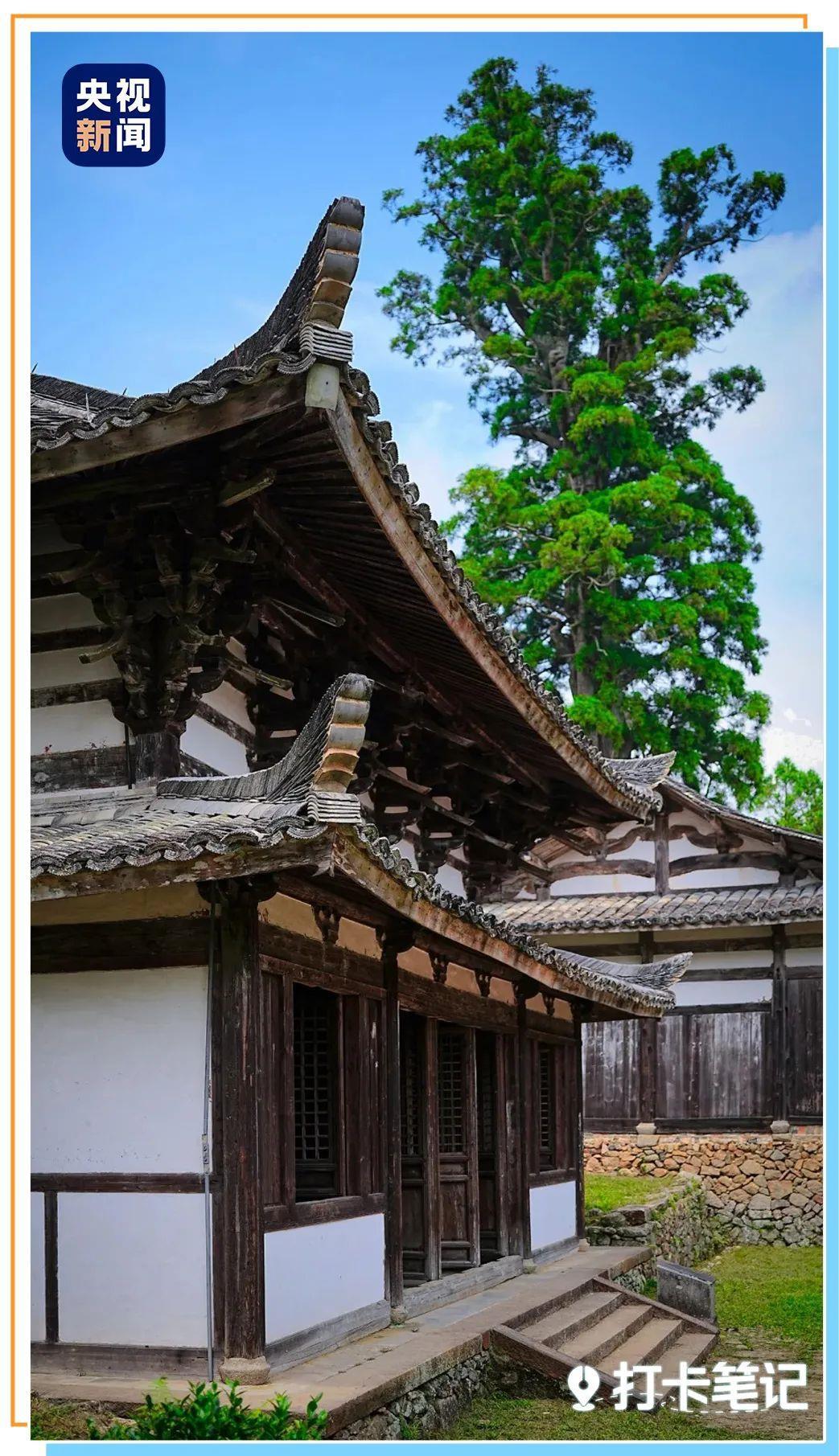
Many scenes in the game, such as ancient temples, ancient towers, archways, grottoes, stone carvings, sculptures, etc., are mostly based on real ancient Chinese buildings, which impressed countless players and was amazed. As Yang Qi, the head of the game’s art, said: “The most immersive thing must be what exists in reality.”
Follow the check-in notes to deeply explore the beautiful ancient buildings in China. Let’s set off!
Shanxi
Xiao Xitian: The ultimate “hanging sculpture art”
In “Black Myth: Wukong”, the scene of “Since you see the future, why don’t you worship me” is very shocking. This famous scene was taken in Xiaoxitian, Linfen County, Shanxi.
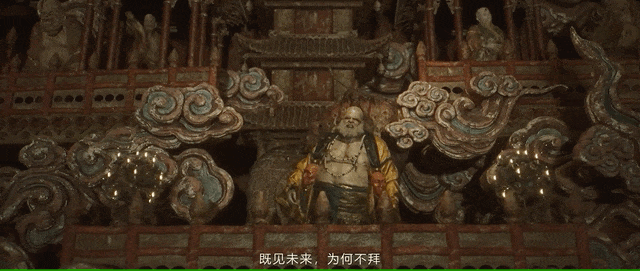
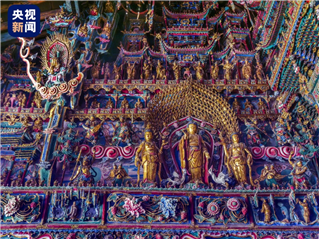
Xiao Xitian was originally named Qianfo Temple. The statue of the hanging sculpture (hanging sculpture: a color sculpture suspended on the wall) in the temple can be regarded as the finest quality among the Ming Dynasty color sculptures. Hanging sculpture requires craftsmen to possess extremely strong techniques, and very few works can be preserved. When it comes to hanging plastic across the country, the most shocking thing must be Shanxi.
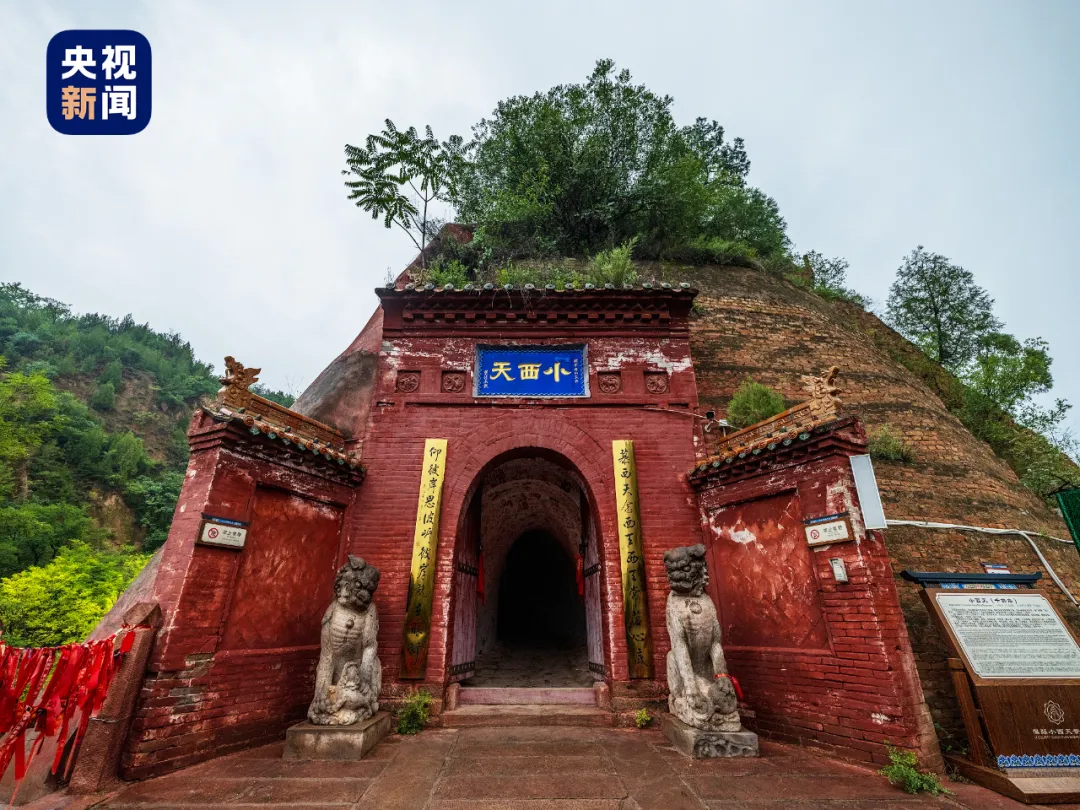
The hanging sculpture in Xiaoxitian vividly displays the four words “small, clever, exquisite, and strange”. The remaining many exquisite hanging sculptures are still complete and new after nearly four hundred years. They are called “the last supreme of hanging sculpture art.
Xiaoxi Tiandi is divided into two courtyards, upper and lower courtyards, upper courtyards are the essence of the entire temple, and its size isThe art of hanging plastic preserved in the Xiongbao Hall is the most outstanding part of Xiaoxitian.
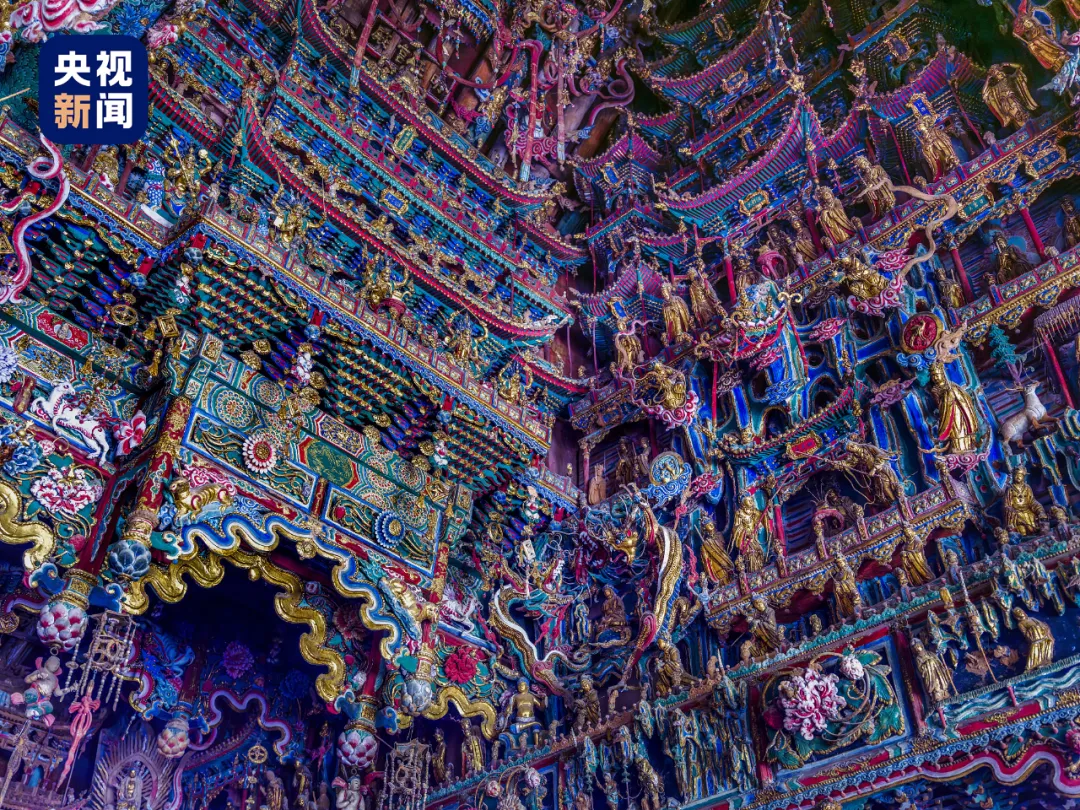
In the 169.6 square meters of Main Hall, more than a thousand statues stand like mountains and ridges: looking at the layers of heavenly palaces, the strange grasses of mountains and rivers, and the lifelike mythological figures, it is like a series of complex and gorgeous “comics”. Walking through it is like a visual feast, only the word “shock” can be described by Komiks 1960 witch cloth draw.
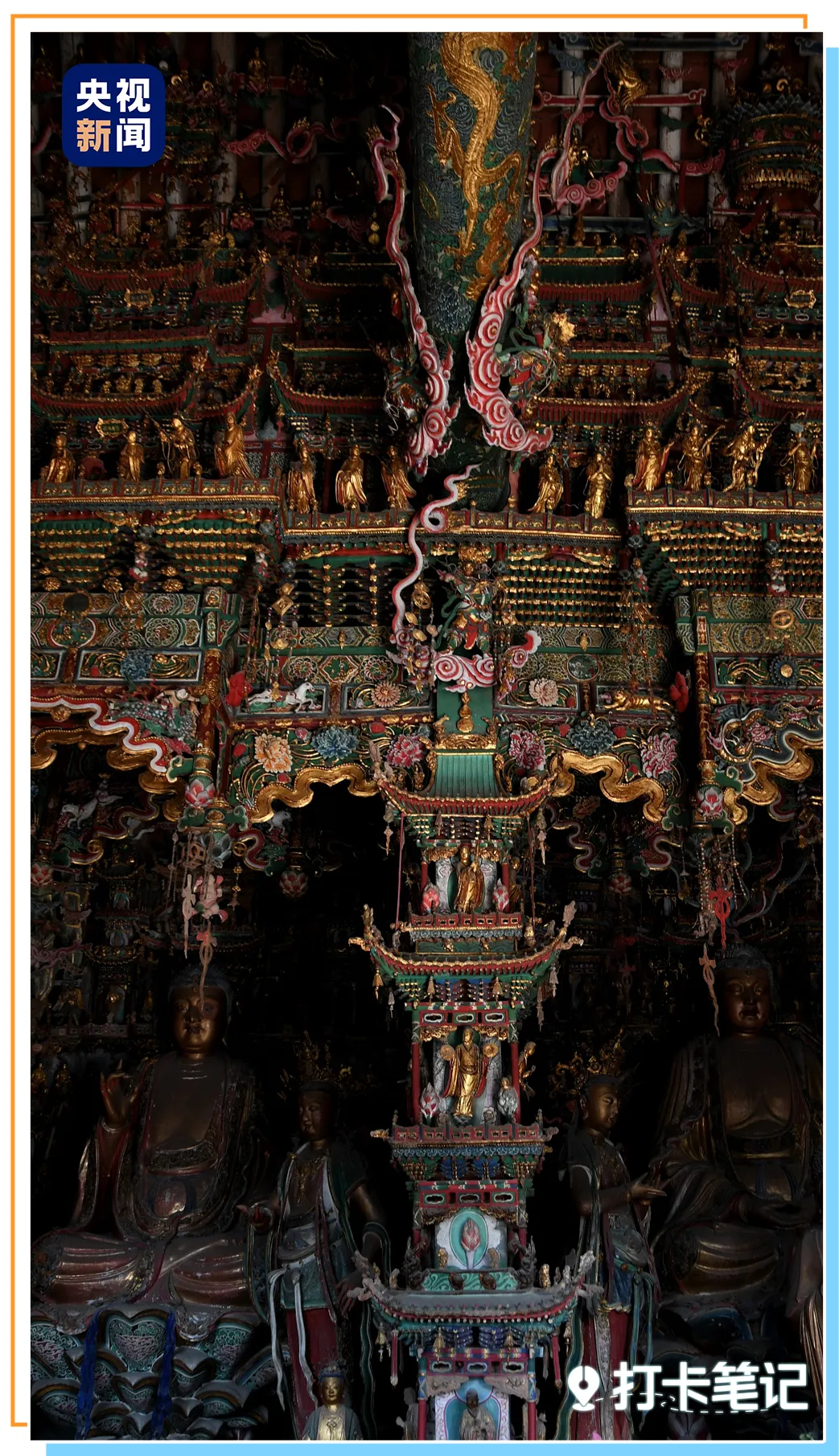
The reason why it can cause such a beautiful visual impact is precisely because the left and right double layers of the hanging sculpture overlap, the upper body of the next statue tilted outward, blocking the foot of the top statue. The largest Buddha statue here is more than 3 meters high, and the small one can be placed in the palm. In the exquisite stacking, Xiao Xitian showed the “extreme aesthetic” of the late Ming Dynasty to a full extent.
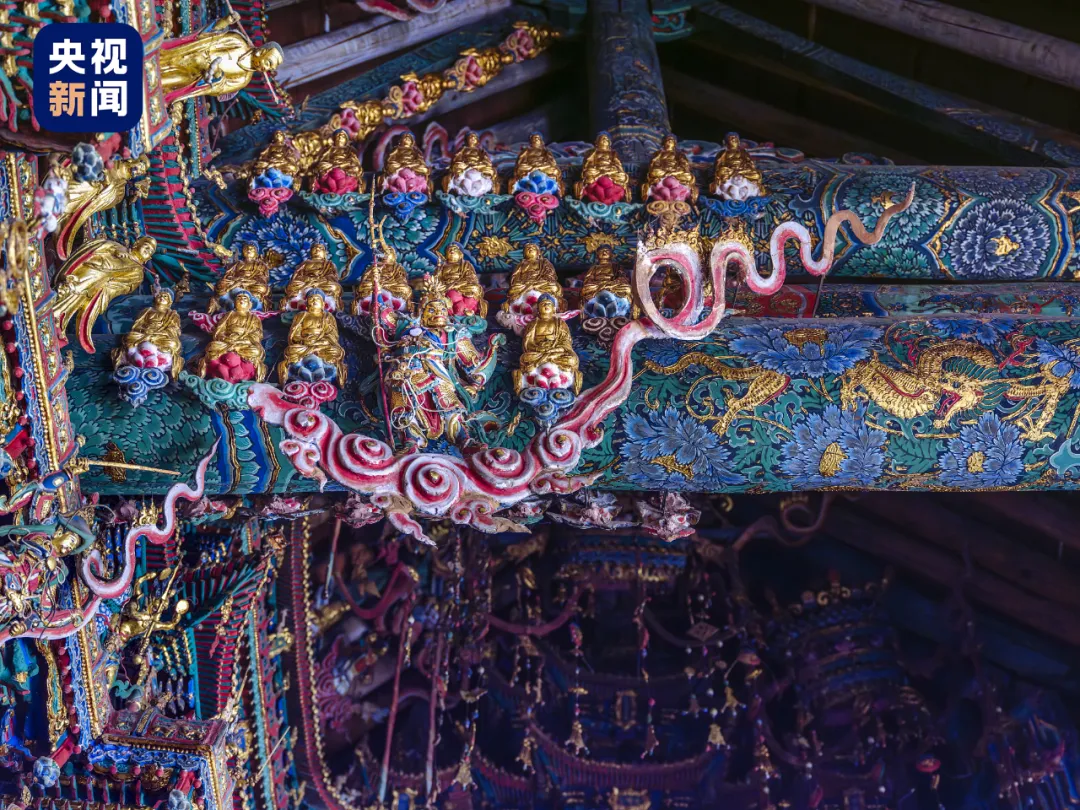
When I came to Xixian, I could enjoy my happiness after having a feast for Xiaoxitian.
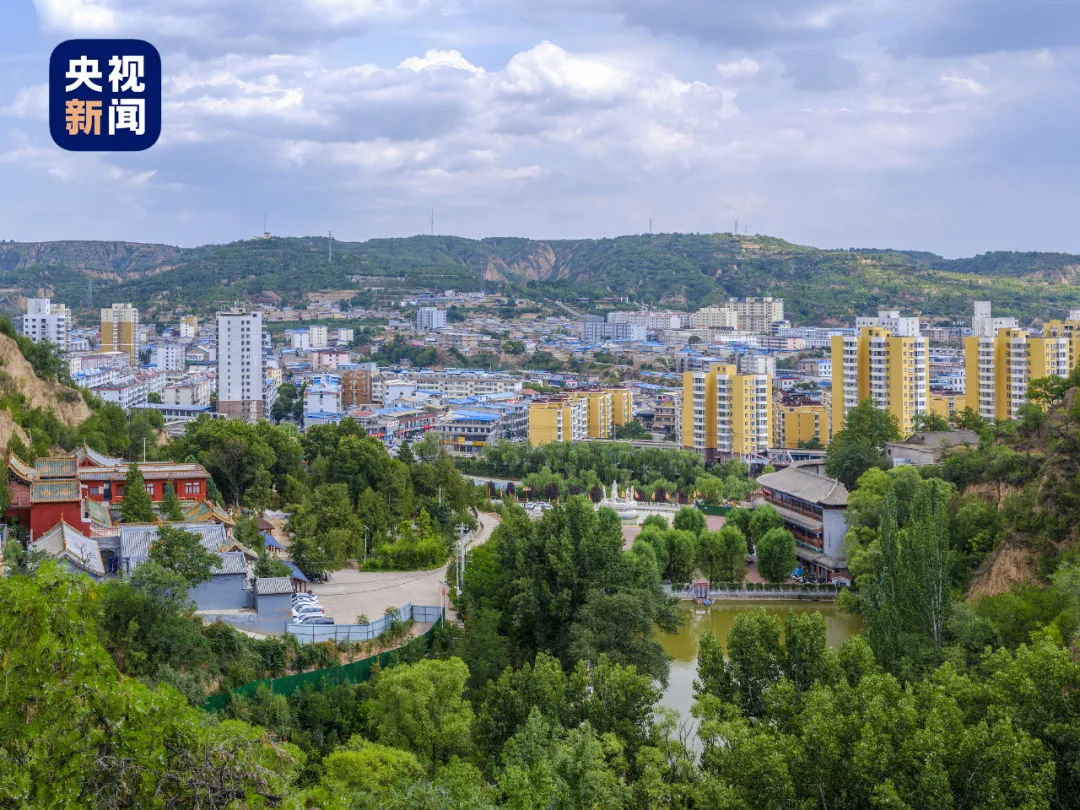
Xi County is the origin of Yulu Xiang pear. This pear can be called the “Chinese pear king”. It tastes crispy when you bite it in one bite, and the fresh and sweet pear juice explodes in your mouth, satisfying your perfect imagination of fragrant pears. Every year around the Mid-Autumn Festival, it is the picking period of Yulu fragrant pears, so don’t miss it.
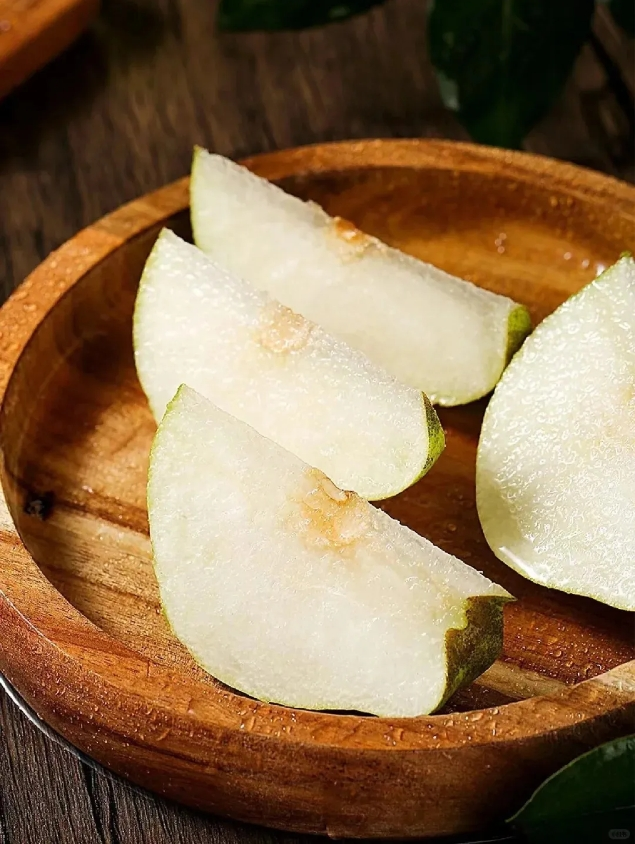
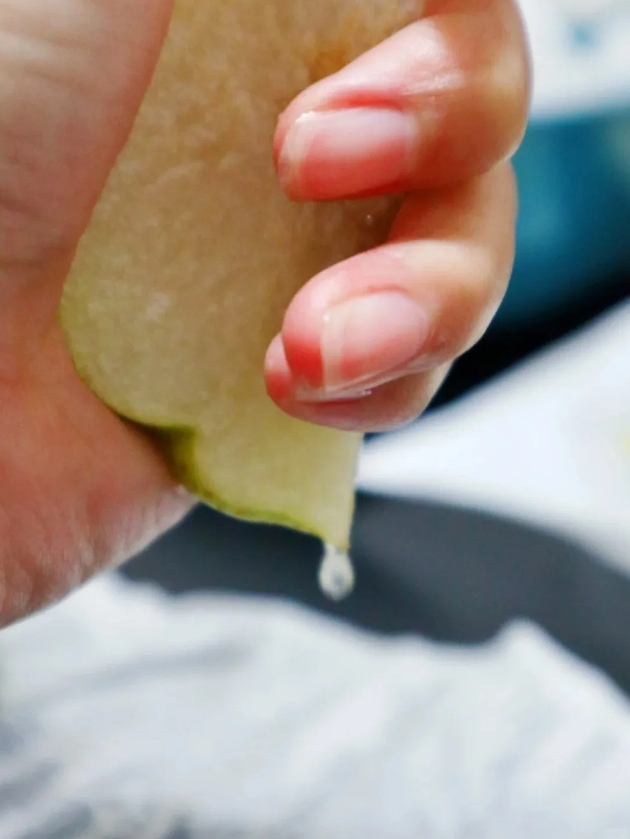
The peerless beauty of Feihong Pagoda
After seeing the little west sky, you might as well go to Hongdong, which is more than 100 kilometers away, and you can see the Feihong Pagoda of Guangsheng Temple, which is still full of 500 years. As long as you take a look, you will definitely be shocked by its beauty!
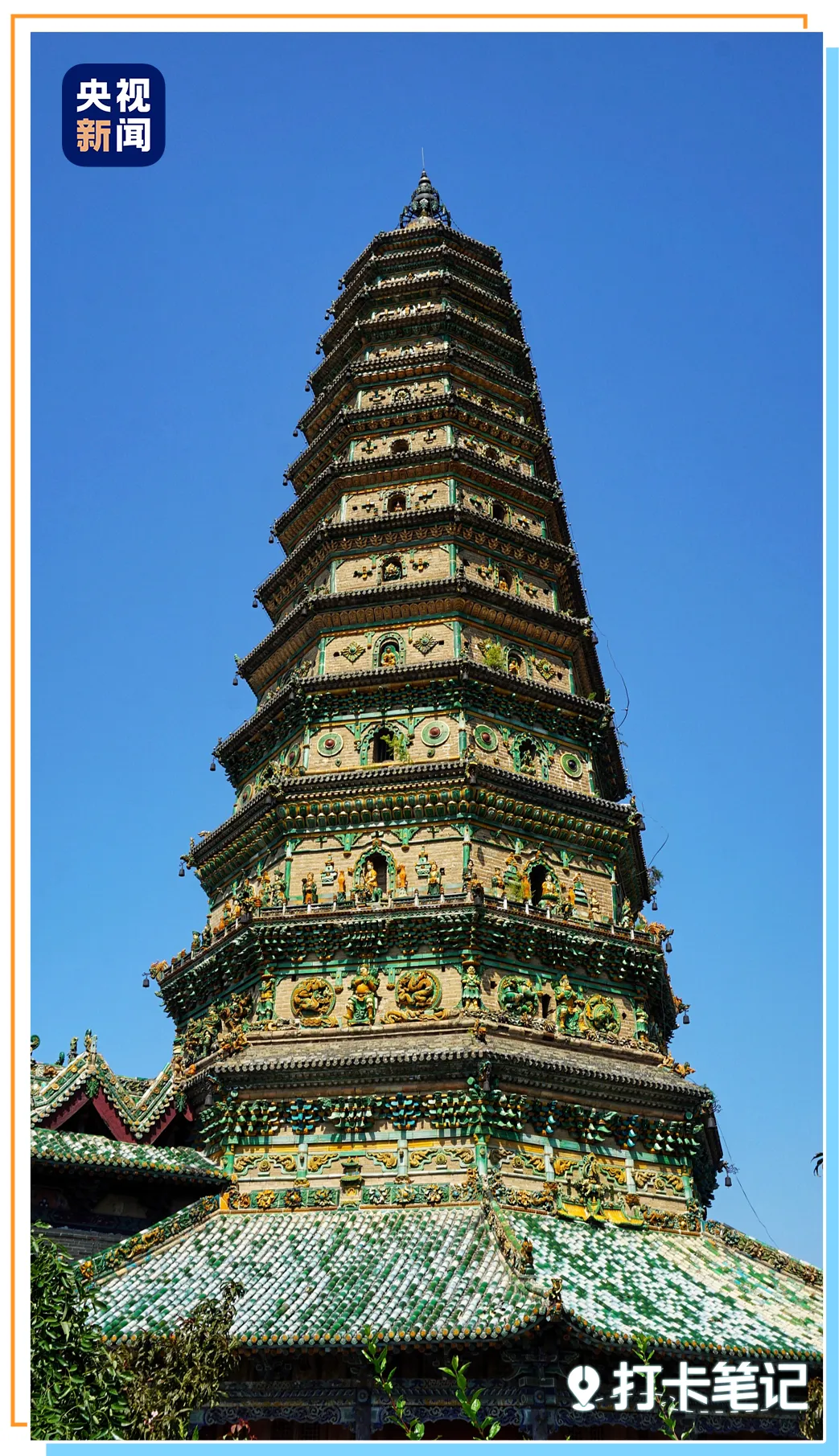
Guangsheng Temple is located in Hongdong County, Linfen City, Shanxi Province. The Feihong Pagoda in the temple is the only glass pagoda with craftsmen’s inscriptions and is the largest and most complete glass pagoda among the five Buddha relic pagodas. Because its tower body is colorful like a rainbow after rain, it is called Feihong Tower. The 86 version of Journey to the West “Sweeping the Tower and Distinguishing the Strange Injustice” is taken from here.
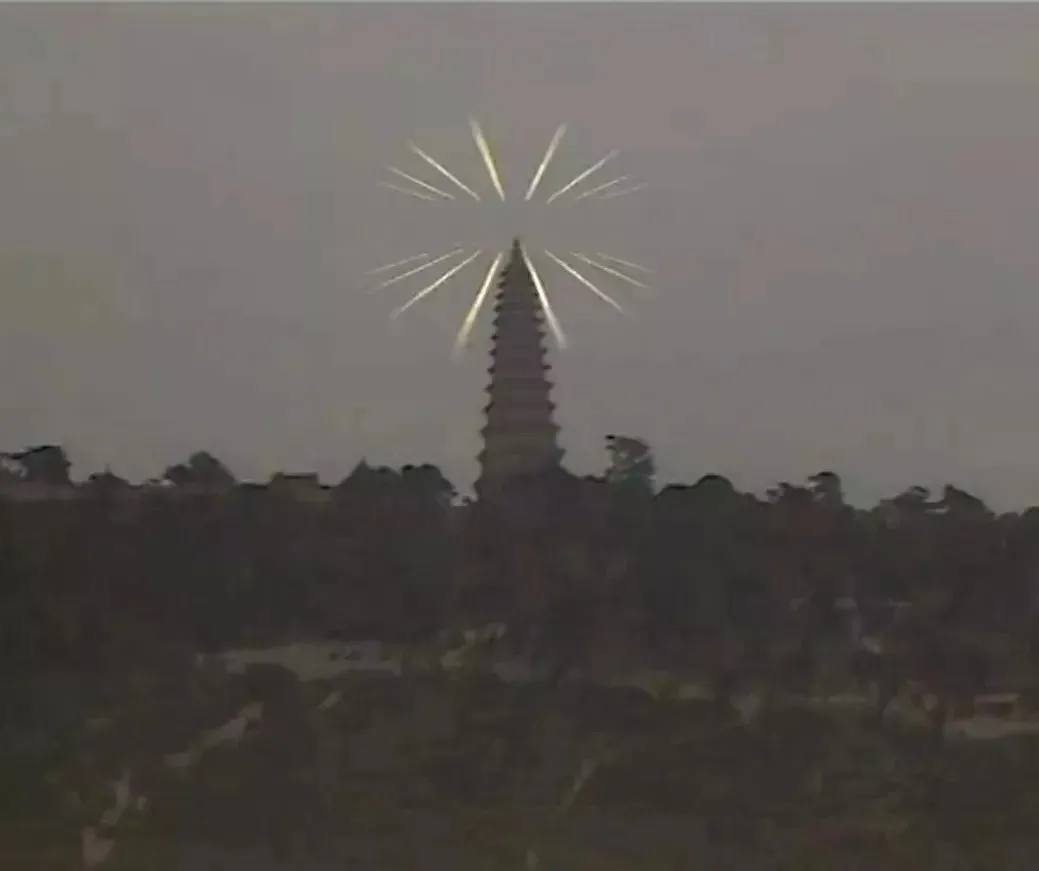
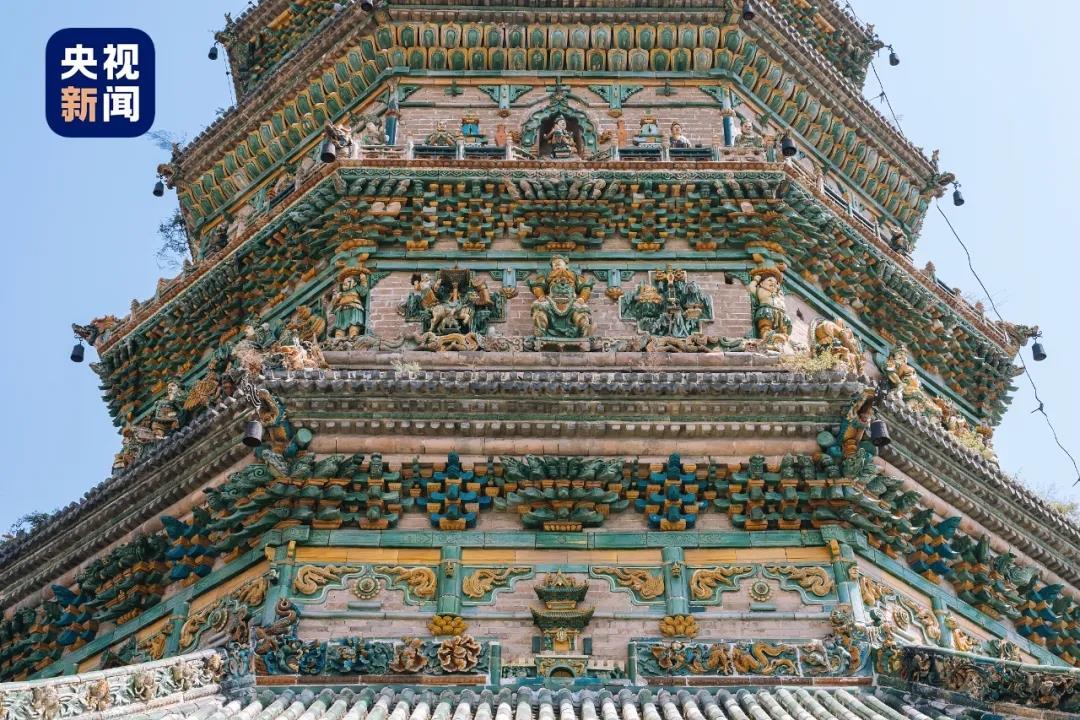
The tower body is decorated with yellow, green, blue and purple glass. The first, second and third layers are the most exquisite. Each layer imitates the wooden ridge to support the eaves ingeniously. The countless components and patterns such as Bodhisattvas, Vajras, flowers, dragons, birds and beasts under the eaves are all exquisite and exquisitely shaped, exquisitely made, and beautifully painted. Especially under the sunlight, the color is still as new as ever.
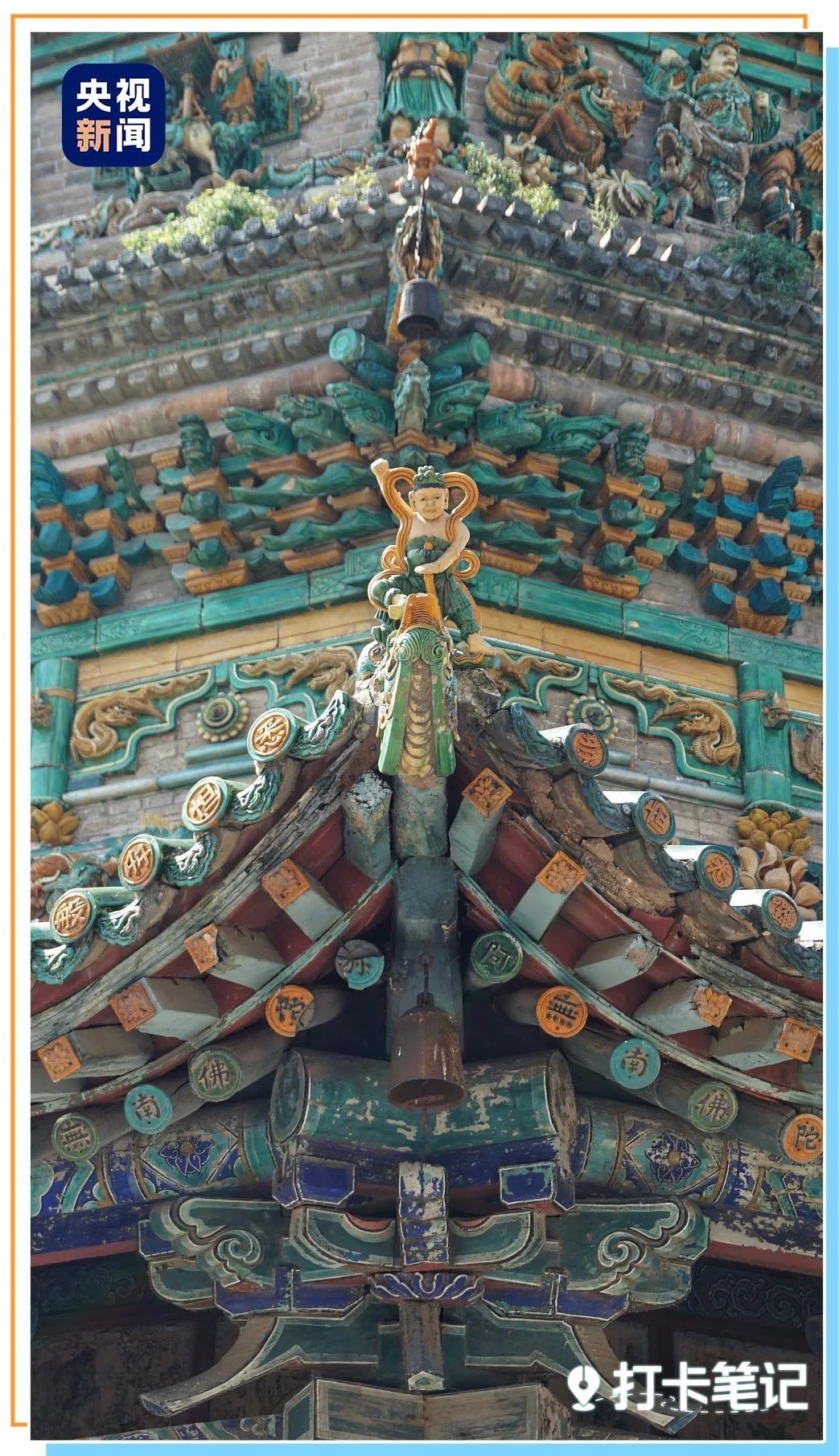
Looking at the whole, looking at the part, looking from a distance, looking close, all of them are exquisite and peerless. I can’t help but admire the wisdom and artistic talent of the ancients!
The Jade Emperor Temple: The Peak Achievement of Sculpture Art
In “Komiks 1960 witch cloth drawBlack Myth: Wukong”, some characters IP Kang JinlongCinema 1950 witch cloth draw, Lou Jingou and others were inspired by the twenty-eight star constellations in the Jade Emperor Temple in Jincheng, Shanxi. The temple is known for more than 300 complete sculptures, covering many mythical figures, especially the Twenty-Eight Star Constellations color sculptures. It can be regarded as the pinnacle of the ancient Taoist sculpture art in my country and is the best of the existing Taoist color sculpture statues.


The Yuhuang Temple is near Jincheng East Station in Shanxi Province (there is no ticket required at present, and you need to make an appointment in advance). Each of the colorful sculptures in the temple is a combination of a portrait and an animal incarnation, with exquisite conception, such as the star lords of “water” are all female images, and the star lords of “fire” are all Samurai images. Each star king is either kind-hearted, strong and powerful, dignified, graceful, gentle, and elegant, and vivid according to the personality he is given.
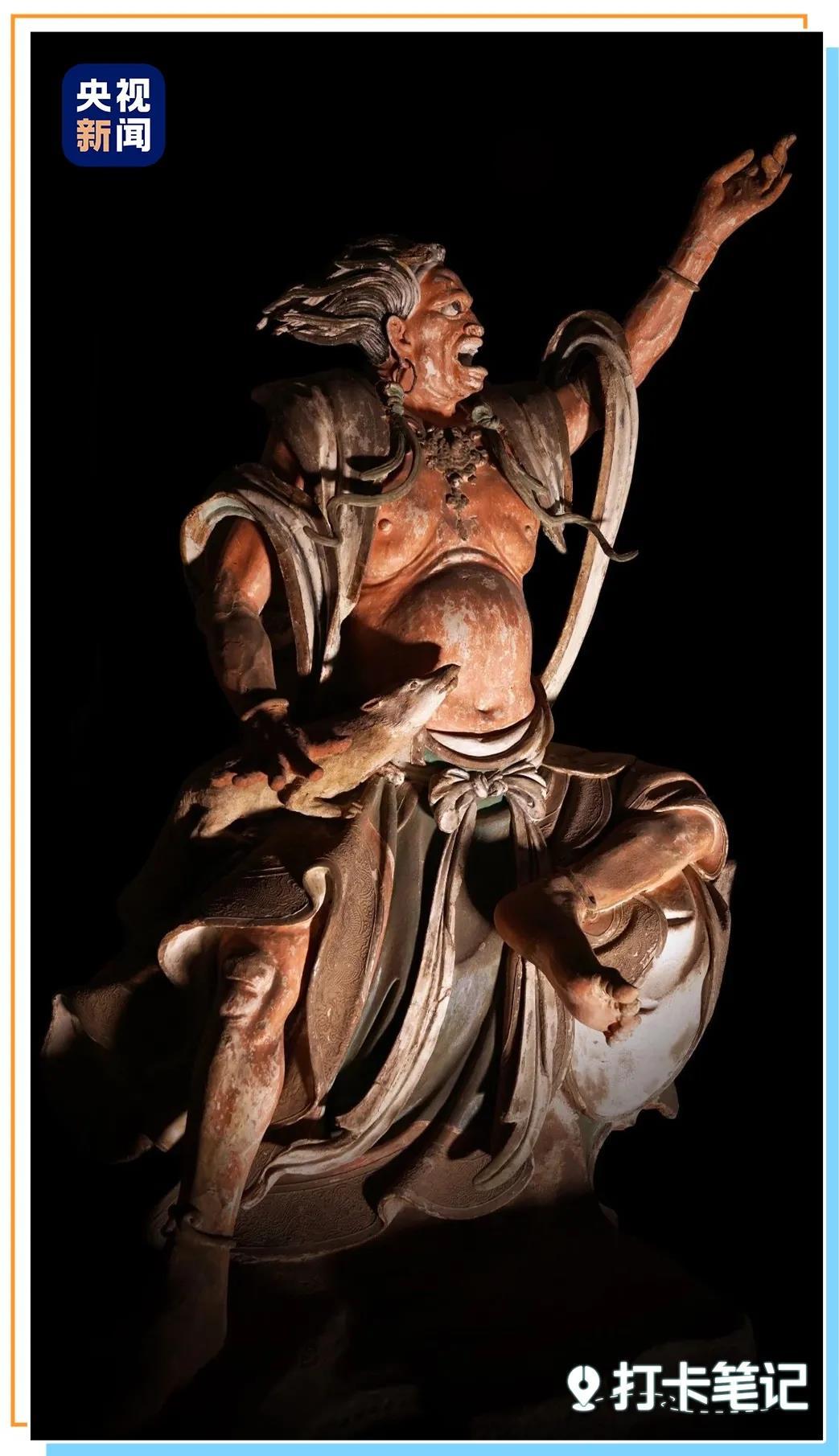
The height of the statues is about 1.8 meters, and every wrinkle and every fold are clearly visible; the eyes and smile that have been frozen for thousands of years seem to have been revealed from the image.
It is hard to imagine that these moments of dynamics have been so exquisitely shaped by the ancients more than 700 years ago!

It is only a few hundred times from the Jade Emperor Temple Cinema 1950 witch cloth drawThe Guandi Temple in Fucheng, where Michu is also worth visiting. The visit lasts about an hour (no tickets and reservations are required at present). Especially the eight dragon pillars inside, there are wood carvings above and the theme is also dragons, but compared to the dragons with stone pillars, the wood carving version of dragons looks much cute and playful.
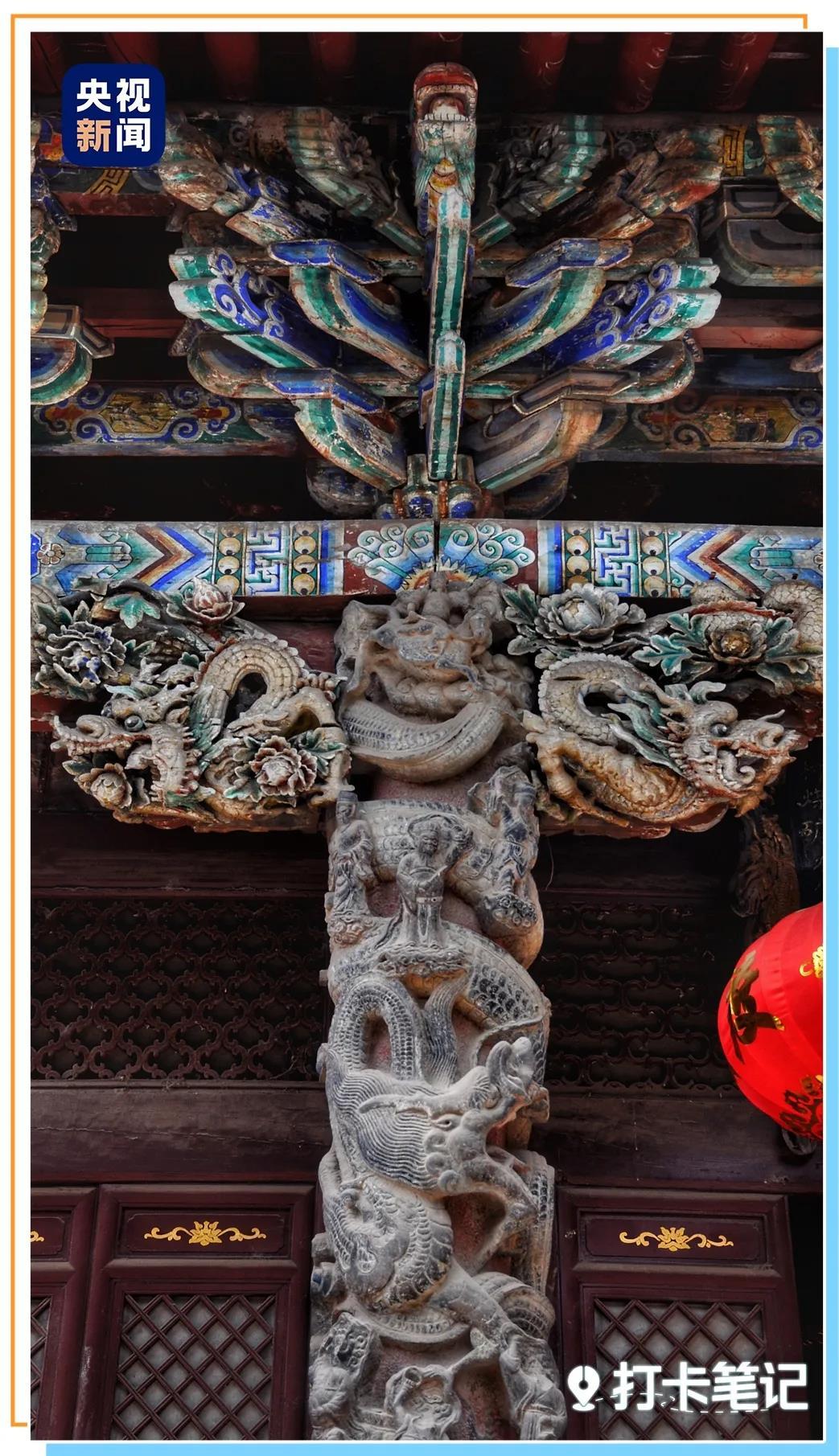
Iron Buddha Temple: A great treasure in ordinary courtyards
Many players found elements of the twenty-four heavenly statues of the Iron Buddha Temple in the characters in “Black Myth: Wukong”. Iron Buddha Temple is also in Jincheng, located in Gaoping City, Jincheng City. It is very convenient to come from other places to Gaoping East Station.
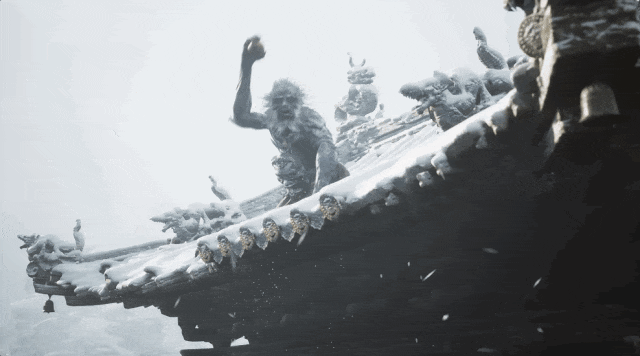
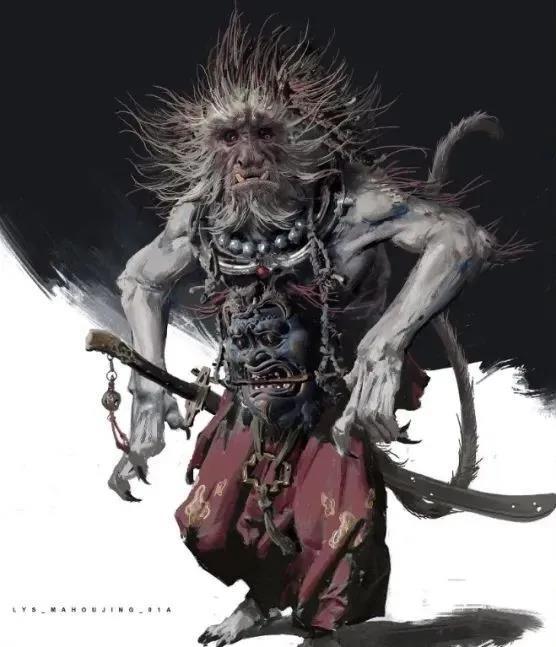
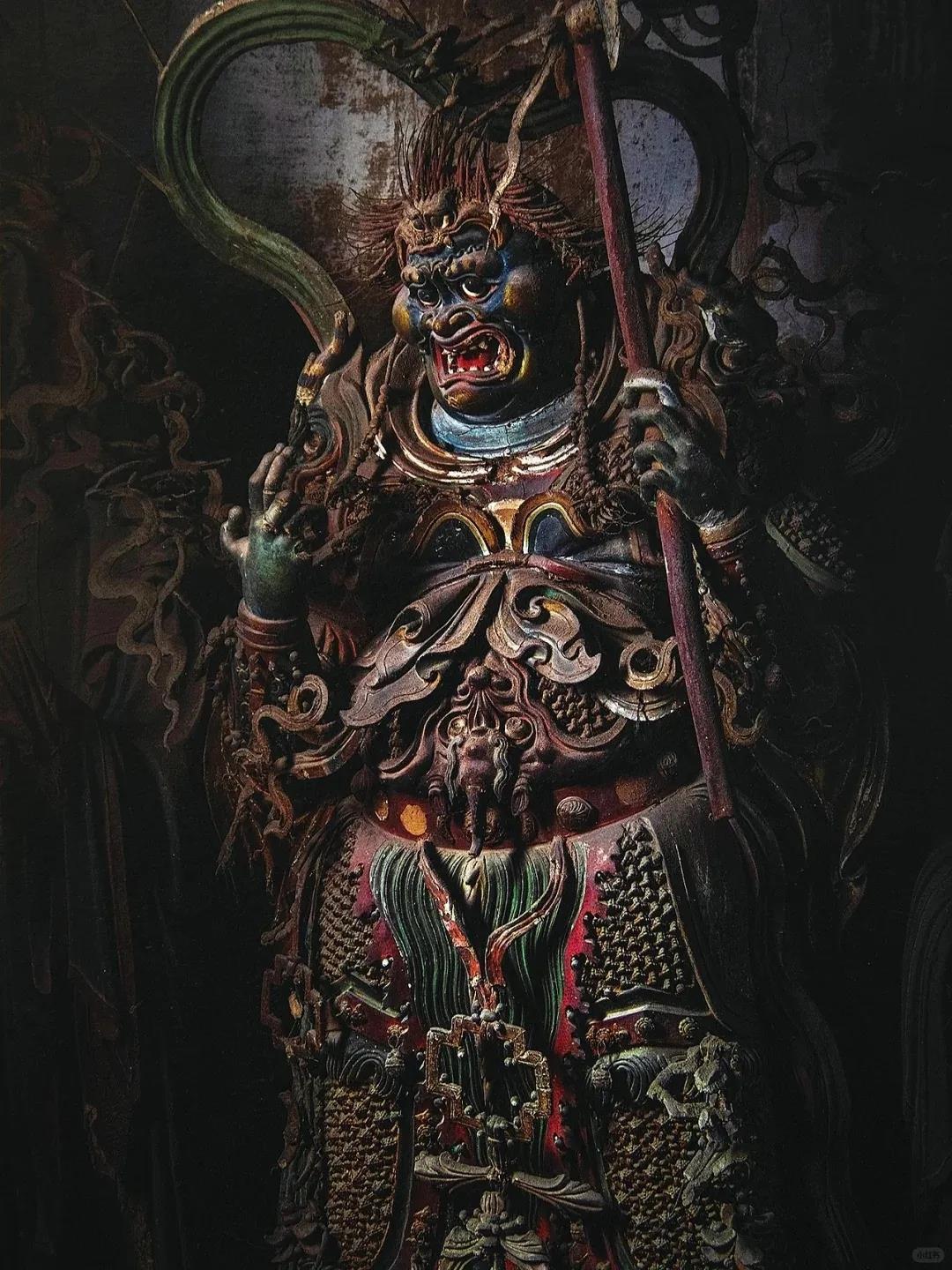
According to Yang Qi, the art director of “Black Myth: Wukong”, “When I was in college, I saw a picture album of the statues of the Iron Buddha Temple. At that time, I was shocked by the exquisite carving craftsmanship and special style of the statues of the Ming Dynasty, the 24 heavens, and the special style.” After going to Gaoping for a live visit, because the indoor environment was too narrow, the team decided to give up the real scene scanning after a long time of evaluation and decided to restore it by hand.
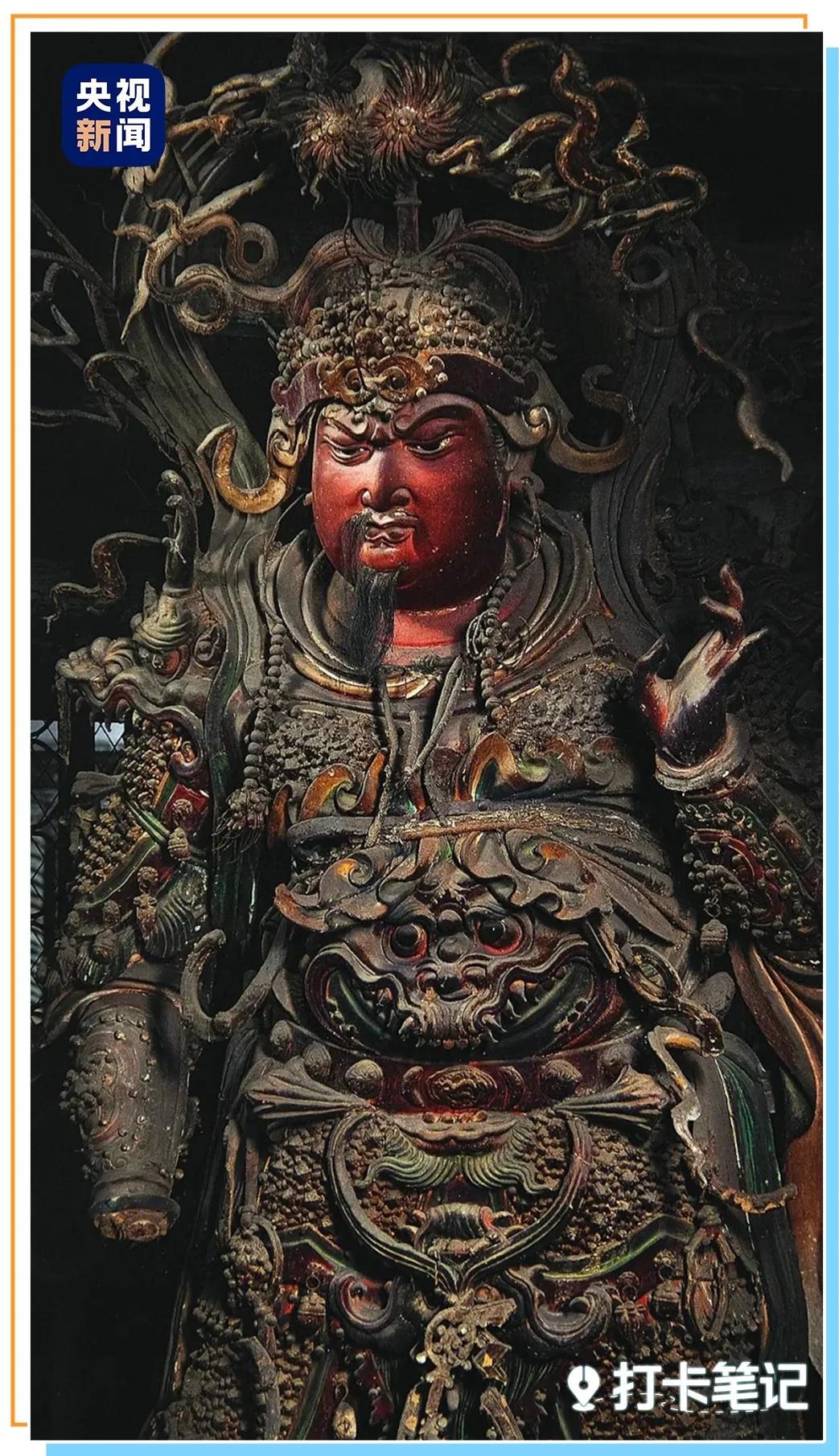
Iron Buddha Temple is in an inconspicuous courtyard in Gaoping, Jincheng. It is named after the iron Buddha was cast in the temple in ancient times. The Iron Buddha Cinema 1950 witch cloth draw was founded in the Jin Dynasty, and the existing buildings are relics of the Ming Dynasty..
Tiefo Temple was not open to the public before, but it is currently a very valuable opportunity to open the Babaylan 1990 cloth draw for limited opening! No tickets are charged, and the opening hours are from Tuesday to Sunday 9:00 to 17:30 (closed on Mondays on non-holidays).
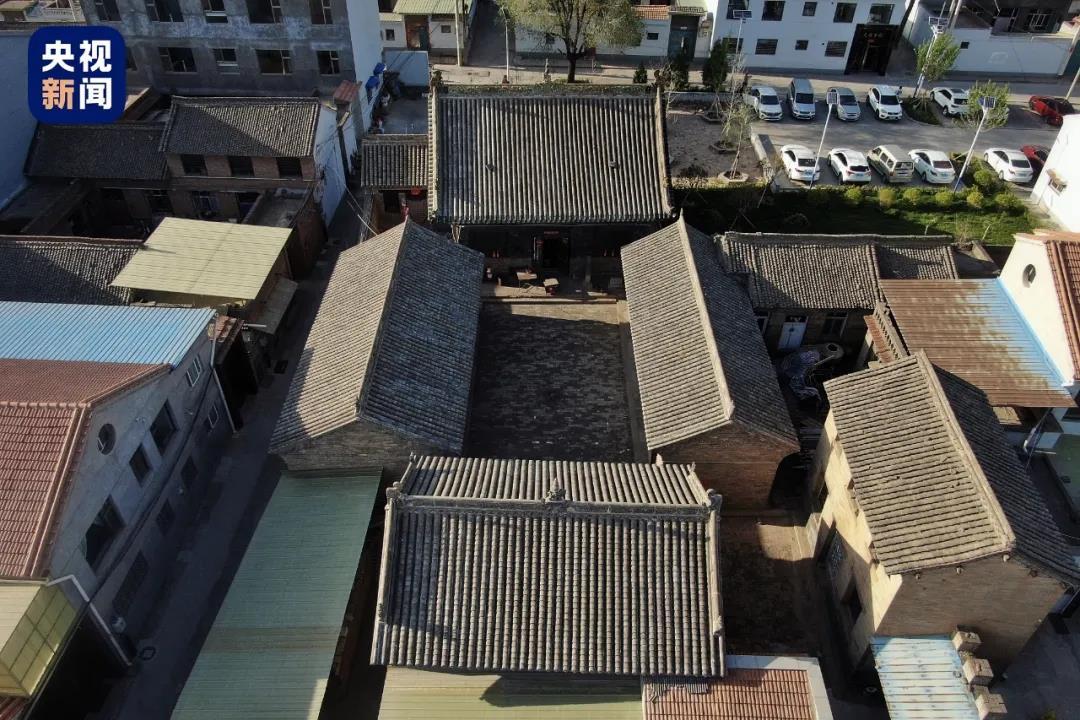
The famous Iron Buddha Temple is the twenty-four heavenly clay statues surrounding the Buddhist temple. The shape is unique and the skills are superb. It can be said to be unique in the entire clay statues and is rare in the world.
Some of these statues have prominent eyes, some have their hair upside down, some have toes grip the ground, and some have armor to protect them. Their shapes are vivid and unique, with different shapes and lifelike, subverting the traditional statues’ pursuit of beautiful details, silently but shocking the soul.
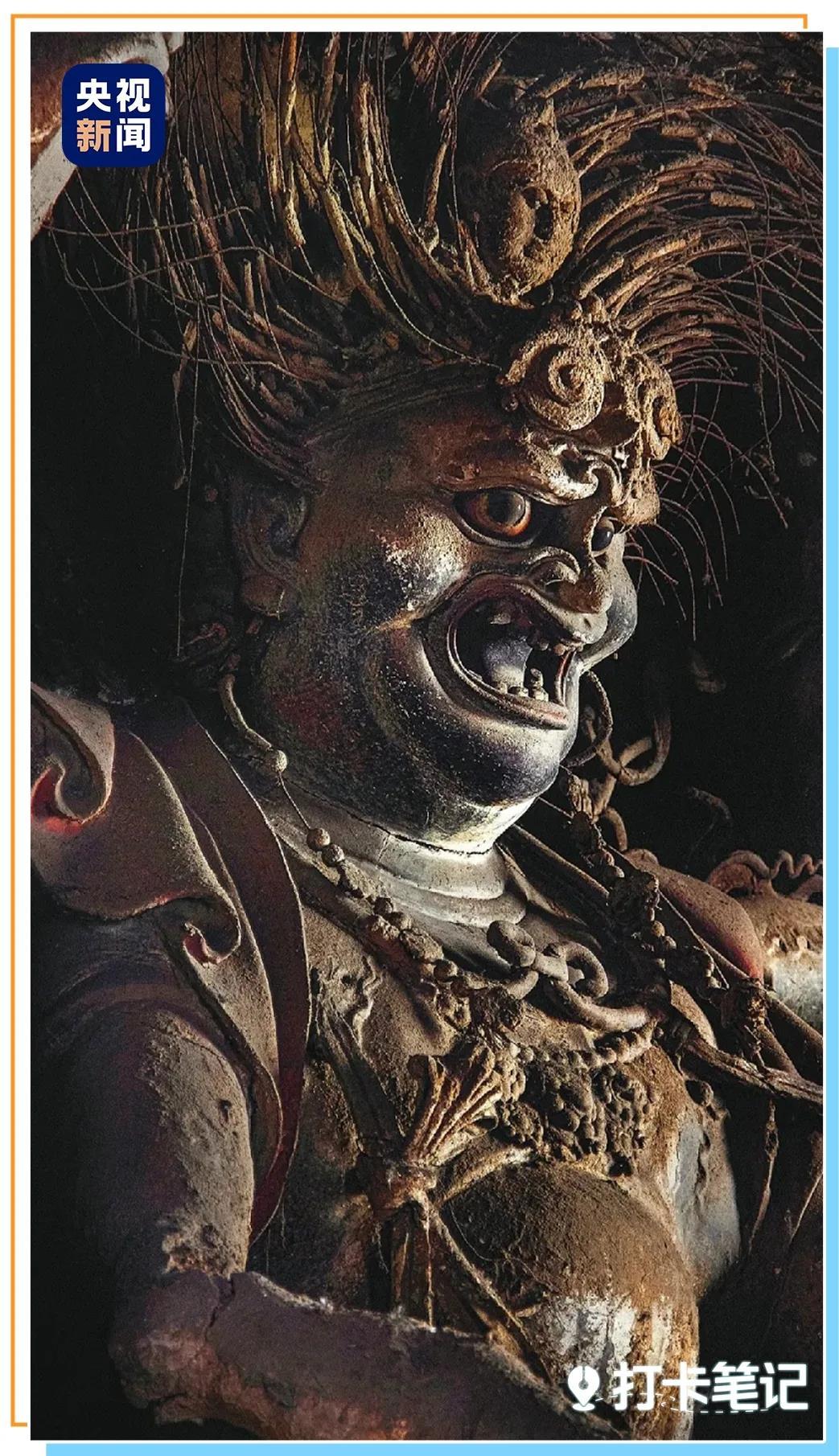
The ultimate pursuit of the fine clothing of ancient sculpture craftsmen is amazing: every floral pattern stacked on the head, every scale on the armor, every detail on the decoration, even if it is interspersed with each other, and overlapping each other, must be presented one by one.
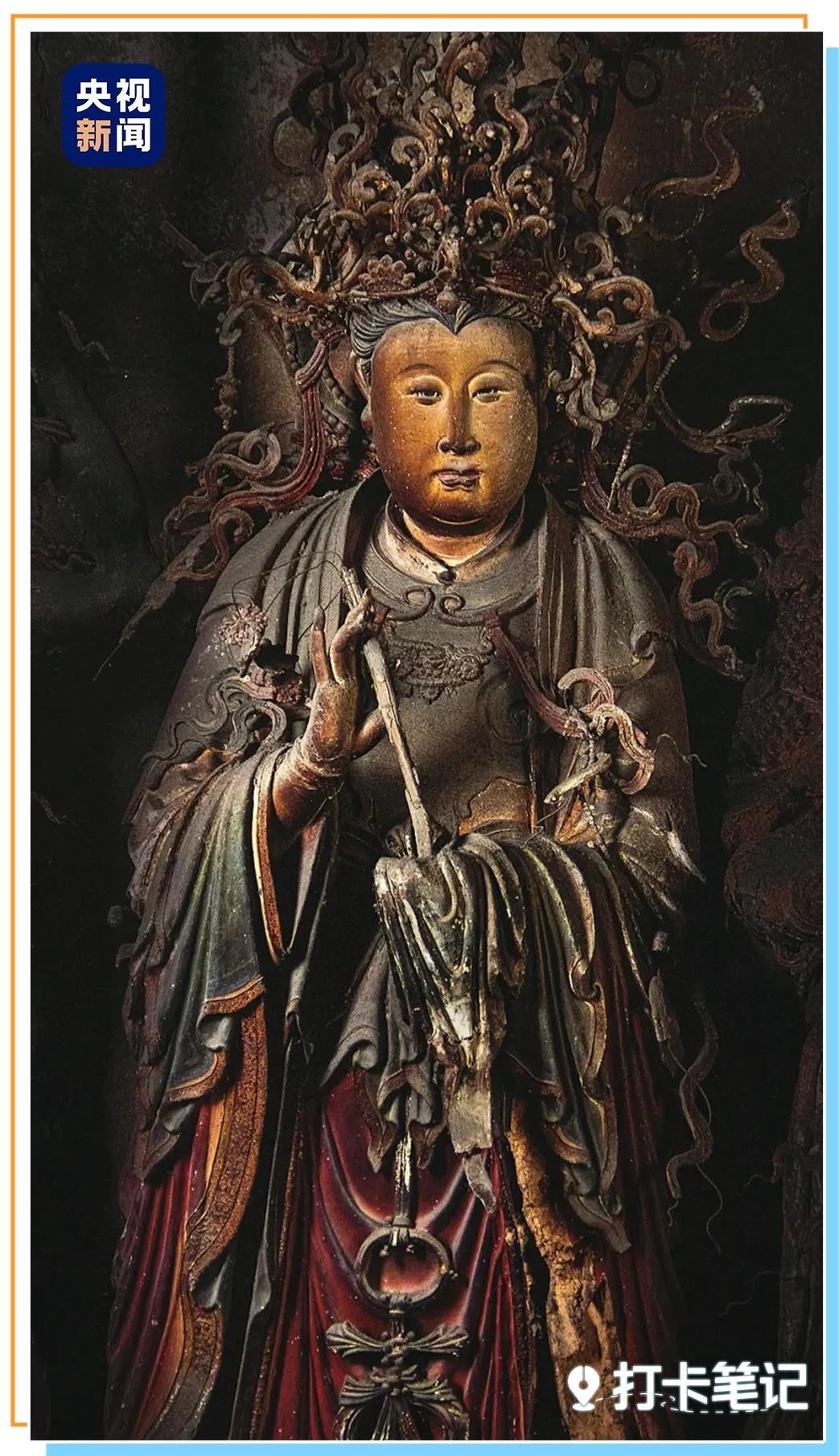
As Yang Qi said, compared with the feeling of seeing the real scene, the restored degree seen in “Black Myth: Wukong” is only 30% at most. Only by being in the scene can you feel the shocking power of these statues spanning a hundred years.
In Jincheng, you can also experience the national intangible cultural heritage – go to Situ Town to see the iron flower. The iron trees and silver flowers fall, and thousands of stars bloom. Seeing the colorful iron flowers fall in the sky, you can truly experience the Chinese romance.
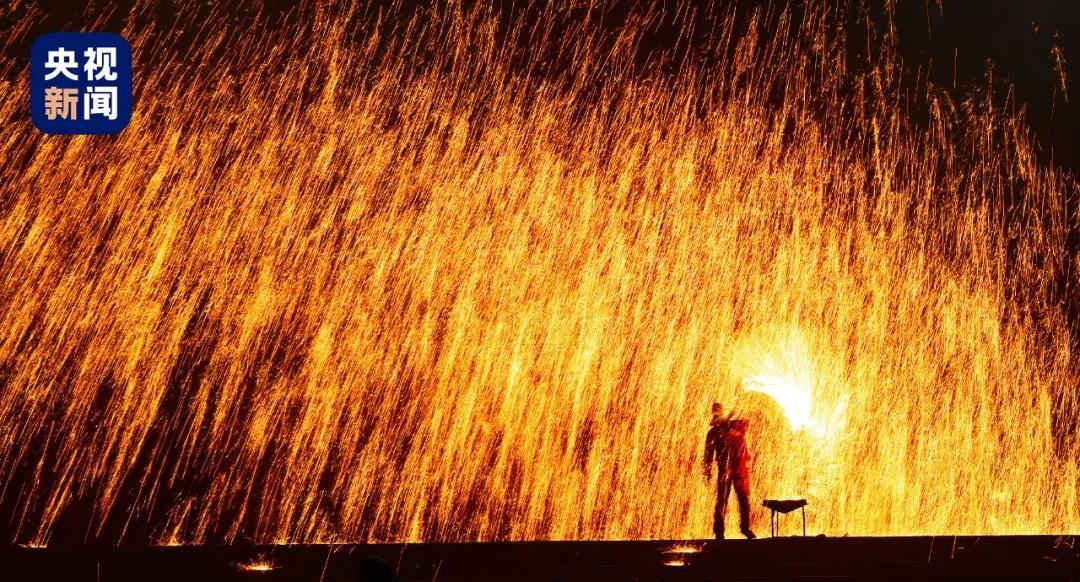
Jincheng belongs to Changzhi, the same region in southeastern Jin. The Guanyin Hall is comparable to the collection of hanging sculpture art in Xiaoxitian, Xixian County.
The main hall of Guanyin Hall was a heritage structure during the Wanli period of the Ming Dynasty, and the rest were buildings in the Qing Dynasty. The main hall is three-bedroom wide, with a single-eaves hanging mountain, and a rolled roof for the front eaves to embrace the temple. In this series of buildings that are not magnificent, there is another great masterpiece of hanging sculpture art.
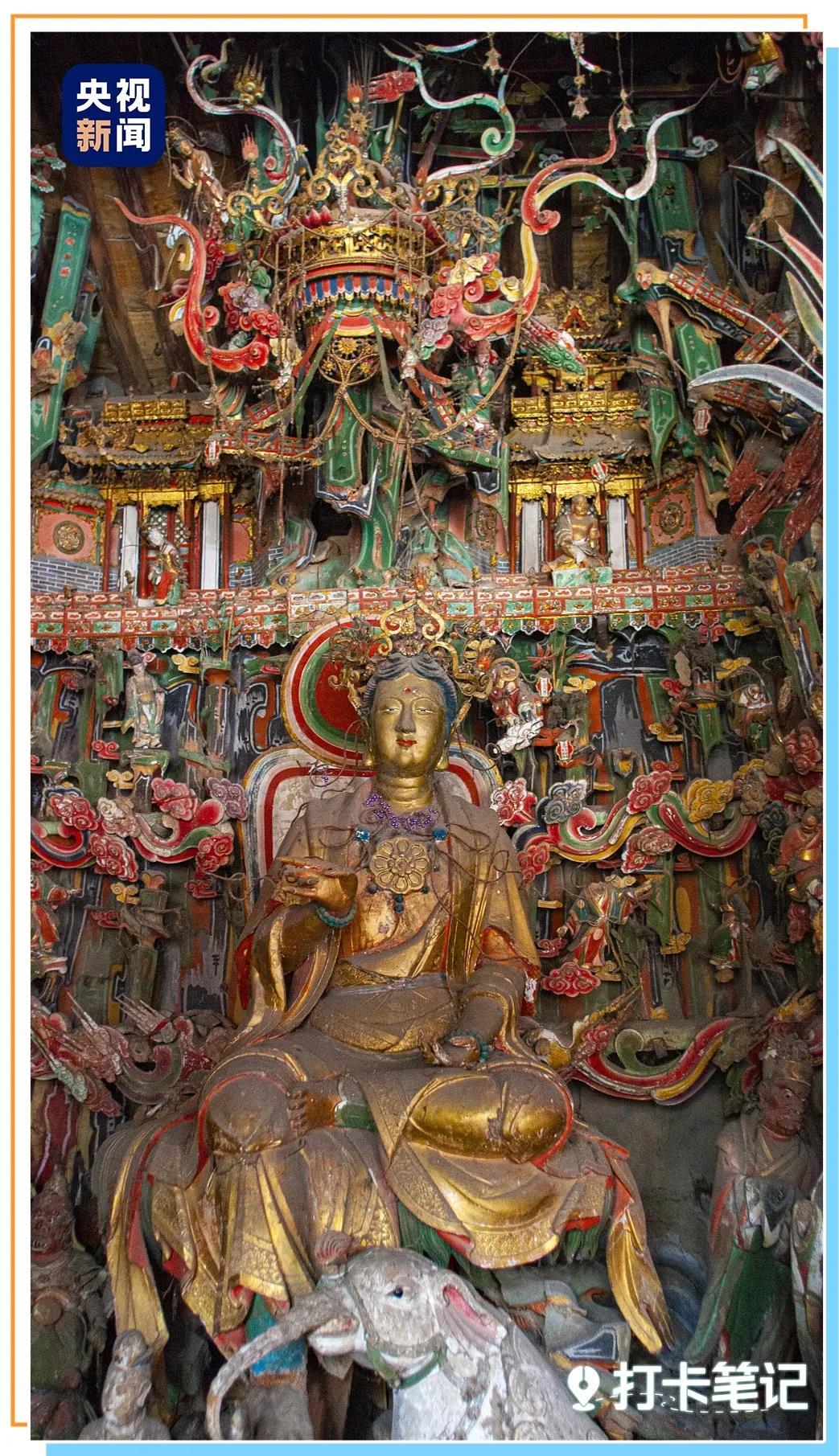
Walking into the main hall, in the space of only 60 square meters, more than 500 statues of large and small sizes are covered with walls, columns, beams and frames, with different expressions and lifelikeness, and their scale and density are amazing.
If Xiaoxitian is the “masterpiece of hanging plastic art”, then Guanyin Hall is undoubtedly the “dazzling pearl of hanging plastic art”.
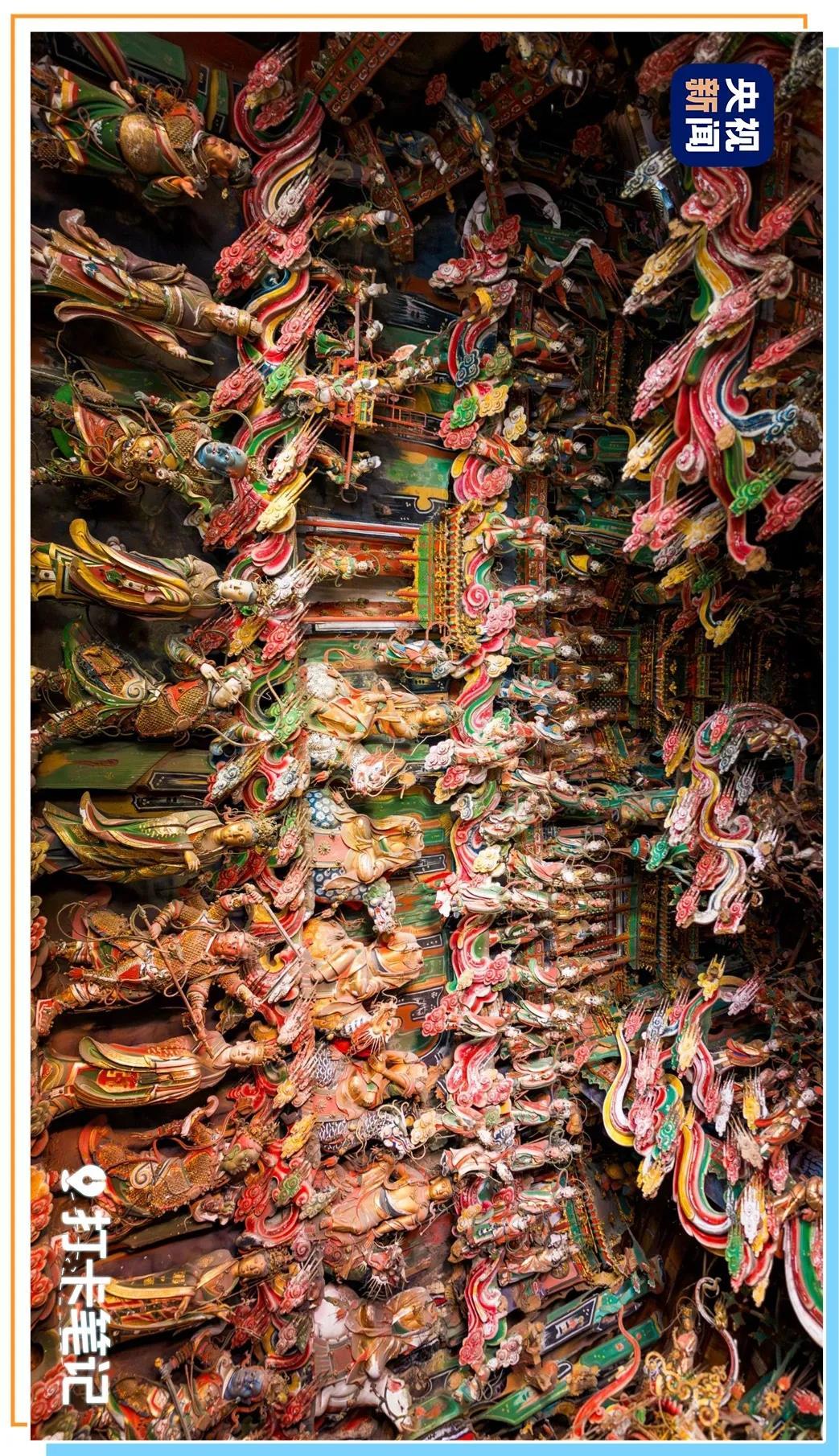
In southeast Shanxi, such an immersive journeyKomiks 1960 witch clothes The draw experience can be said to be everywhere – this is one of the most densely preserved ancient buildings in Shanxi and the home of many top color sculptures in our country.
From the Tang Dynasty color sculptures of Qinglian Temple, one of the only three remaining places in the country (the remaining two are Nanchan Temple and Foguang Temple), to the Chongqing Temple color sculptures known as the “Crown of Song Dynasty”, to the most well-preserved Song Dynasty walls in Gaoping Kaihua Temple… It is no exaggeration to say that the southeast of Jin is a natural treasure house for sealing these ancient art masterpieces.
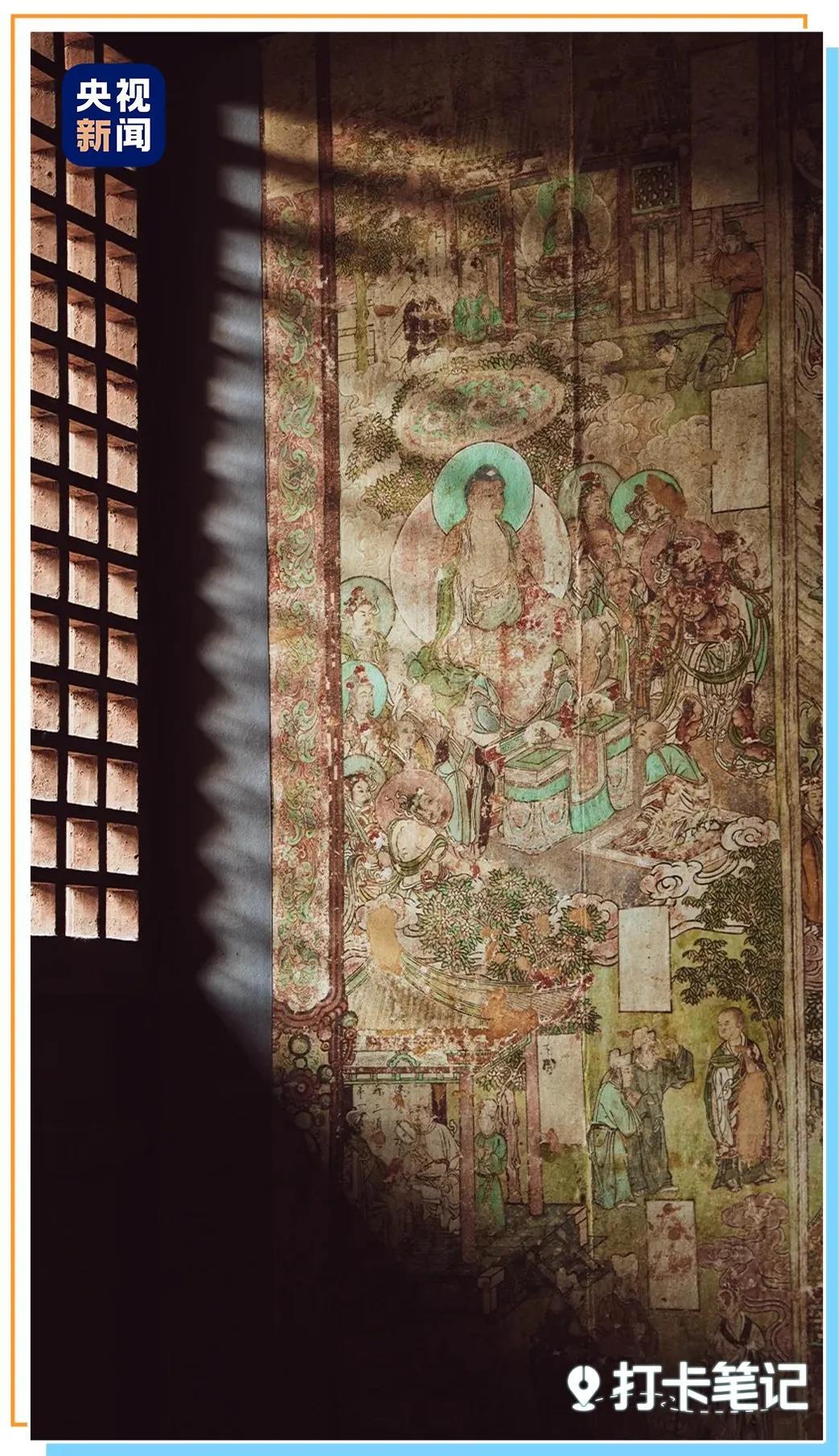
Foguang Temple: The “king” of ancient buildings
Careful players sendNow, in “Black Myth: Wukong”, there are many scene prototypes from Mount Wutai, Xinzhou, Shanxi.
Wutai Mountain is not a mountain. It is surrounded by five peaks with flat roofs, so it is called “Wutai Mountain”. In temples of all sizes, you can always feel the history and culture of Mount Wutai. Walking through it, it feels like time is back, and the feeling of returning to nature comes naturally.
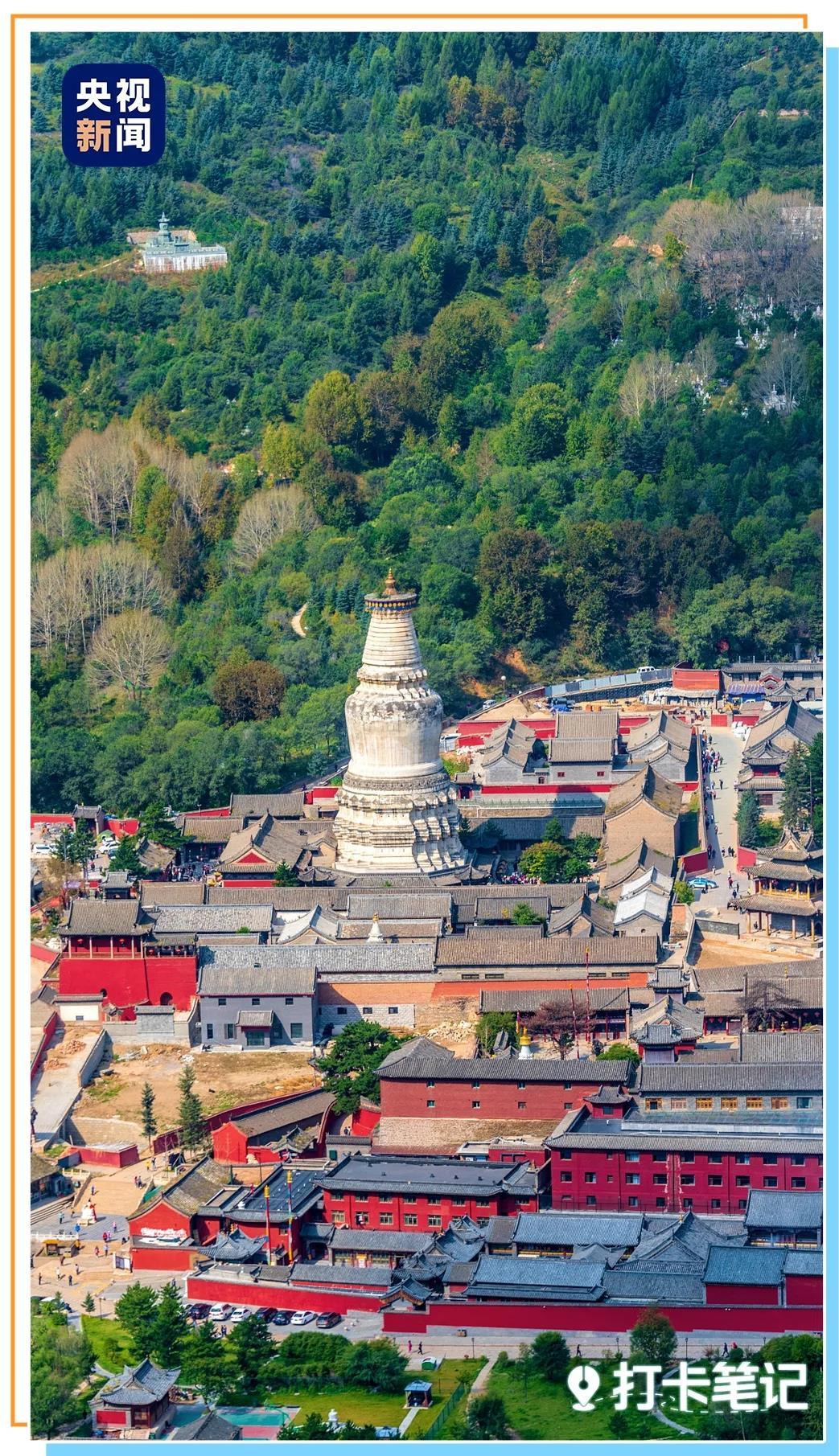
There are many temples, and the temples are lined up one by one, with holy scenery and holy sites gathered in one place. Among them, Xiantong Temple, Tayuan Temple, Shuxiang Temple, Luo Temple and Bodhisattva Ting are called the five major meditation places of Mount Wutai. The temples outside Taiwan are the most famous: Nanchan Temple and Foguang Temple.
The lotus pattern sutra pagoda flashes through “Black Myth: Wukong” has a sophisticated shape. Its prototype is the sutra pagoda at the entrance of the Foguang Temple Hall in Wutai County, Shanxi Province. (The sutras are stone pillars used in Buddhism to carve Buddhist scriptures, Buddha statues or Buddha names. They are usually standing next to temples or pagodas.)
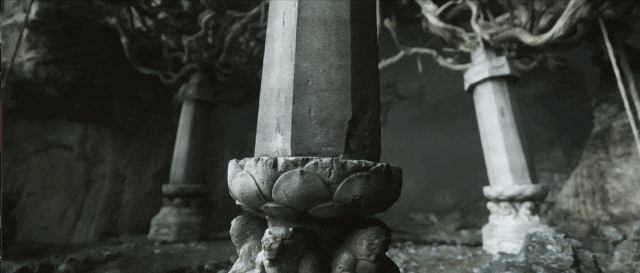
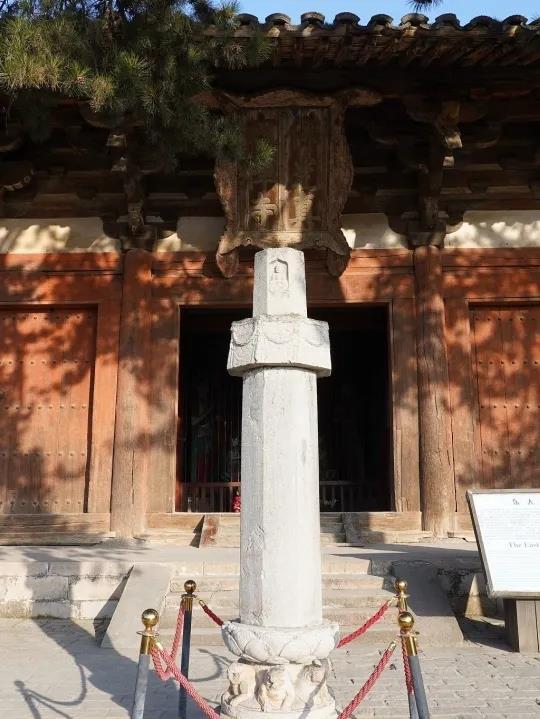
Built in the eleventh year of Dazhong in the Tang Dynasty (857 AD), the East Hall is one of the earliest existing wooden structures in China. “The palace is a huge and powerful palace, with a gentle slope of the roof, and the wide eaves are wings, all of which are huge and heroic” is Liang Sicheng’s description of the magnificent east hall of Foguang Temple.
The structure of the beams of the East Hall is complex and exquisite, and the structure of the Douba is rigorous and orderly. It is understood that the cross-sectional dimensions of the Douyin section are ten times that of the Douyin section in the late Qing Dynasty; the eaves of the palace were protruded 3.96 meters, which was not found in wooden structures after the Song Dynasty.
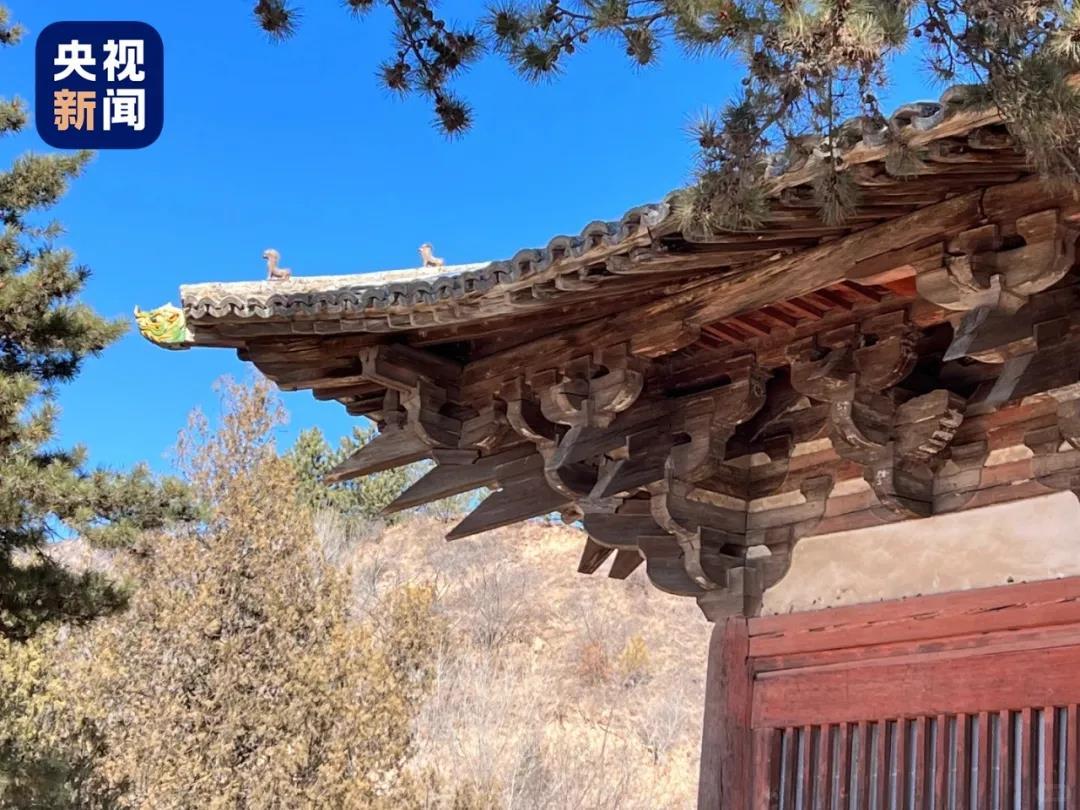
In addition to the huge wooden hall itself, the sutra pagoda in the courtyard is also very important. It directly confirms the construction of the east hall of Foguang Temple. Lin Huiyin’s photo of Foguang Temple’s sutra pagoda has also become the entrance for all people who go to Foguang Temple to travel through time and history.
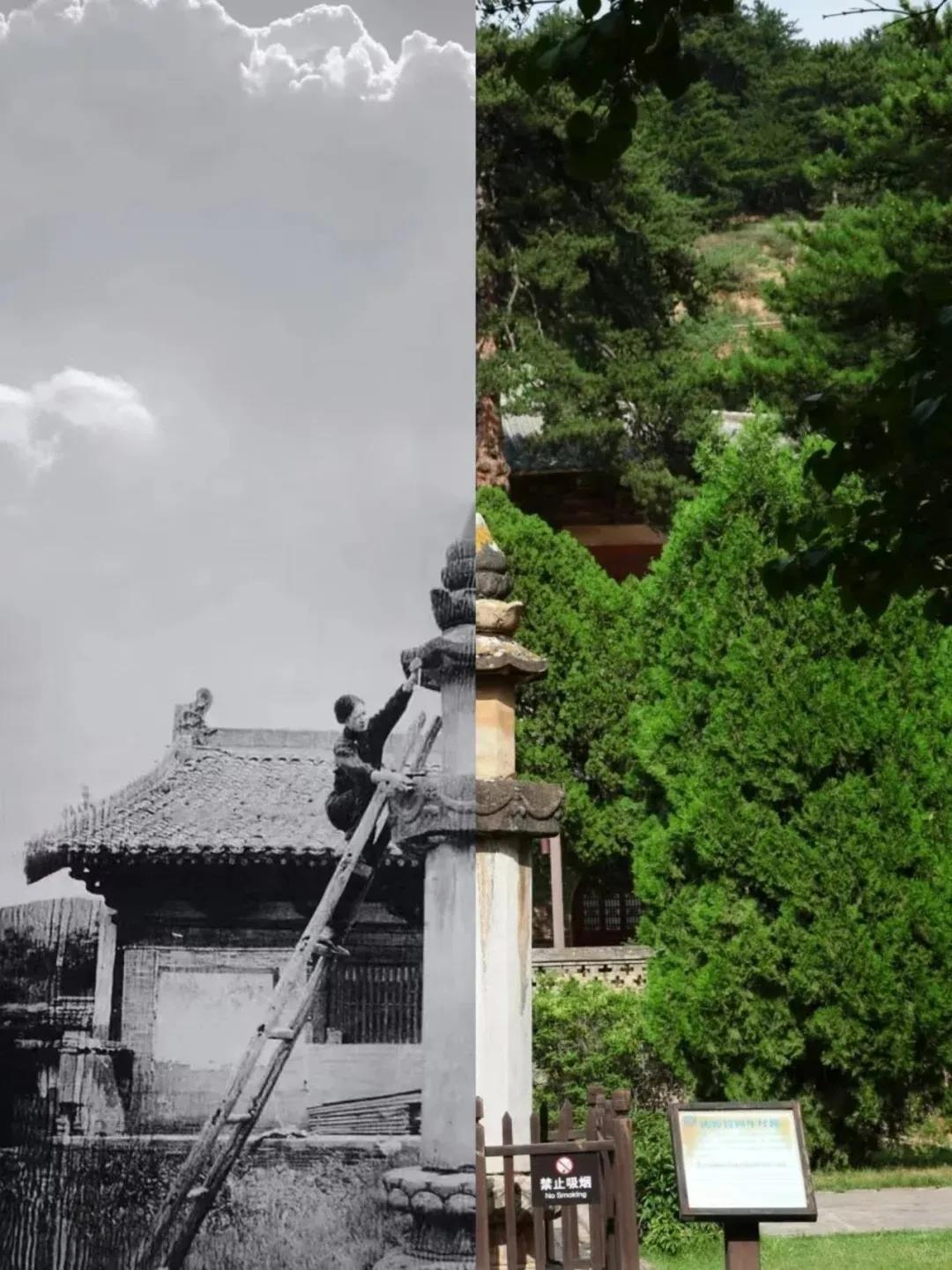
It stands quietly there, after thousands of years of wind and rain, but it is still majestic and spectacular, telling the glory and vicissitudes of the past.

The discovery of the East Hall broke the assertion of Japanese scholars that “there are no wooden structures of the Tang Dynasty and its previous ones on the land of China”, proving that the Tang Dynasty’s wooden structures still exist on the land of China.
The East Hall is therefore known as the “king of ancient Chinese architecture”. It is not only an outstanding representative of ancient Chinese architecture, but also a shining pearl in the world cultural heritage.
Nanshan Temple: A mysterious treasure house of stone sculptures
In the game promotional film of “Black Myth: Wukong”, a row of stone sculptures slowly passed by Komiks 1960 witch cloth draw. The scene originated from the prototype of the stone sculpture in Nanshan Temple in Wutai Mountain.
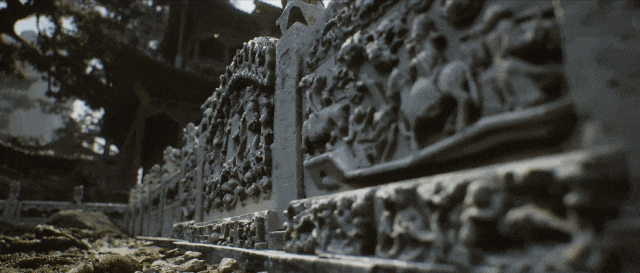
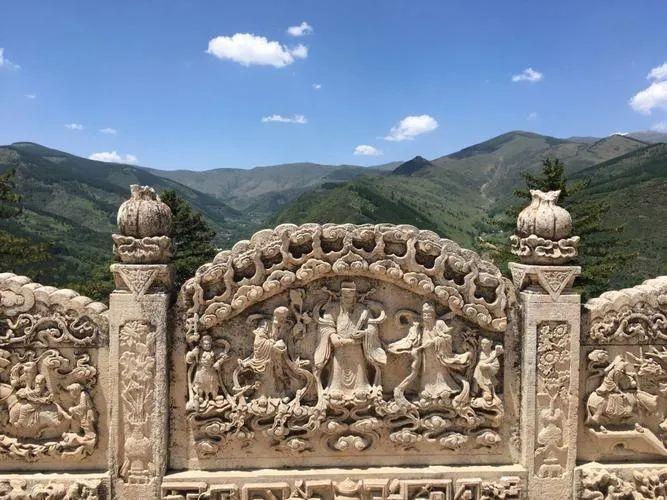
Nanshan Temple is one of the longer-standing temples in the Wutai Mountain Temple complex. It is the collective name of the three adjacent temples, Jile Temple, Shande Hall and Youguo Temple., built along the mountain, with a layered layout, and a seventh-level courtyard was built with the mountains.
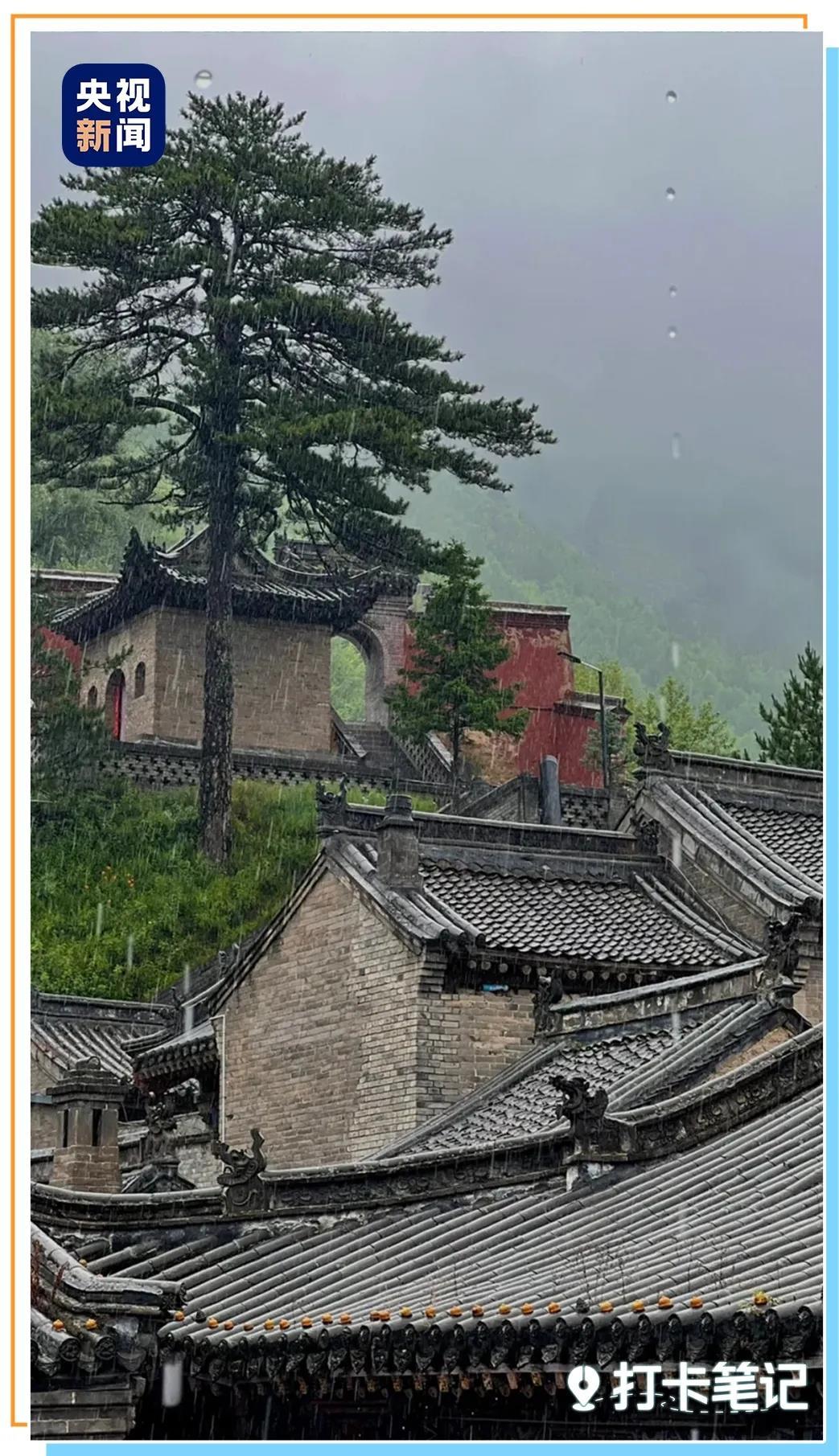
The Jile Temple located on the lower three floors is solemn and simple; the Shande Hall is exquisite and elegant in the middle, one layer is higher than the other, showing a unique sense of layering; the Youguo Temple on the upper three floors is a sea of stone sculptures, and the exquisite carvings are breathtaking.
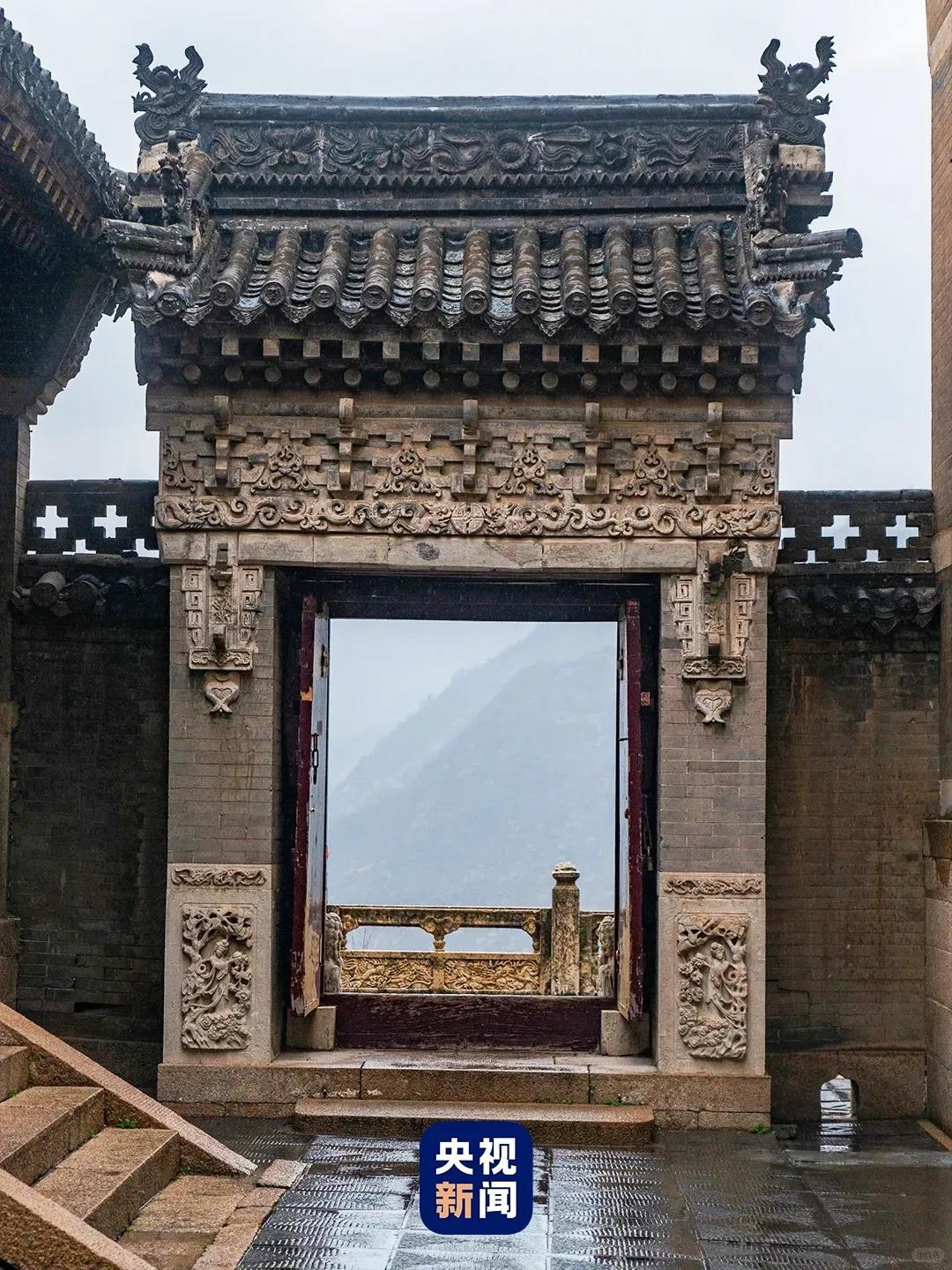
Nanshan Temple has always been famous for its rich preservation of stone sculpture art. Almost all the main buildings in the temple are decorated with exquisite stone sculptures, rich in content, huge in number and exquisite carvings. The stone sculptures here are unique to Mount Wutai.
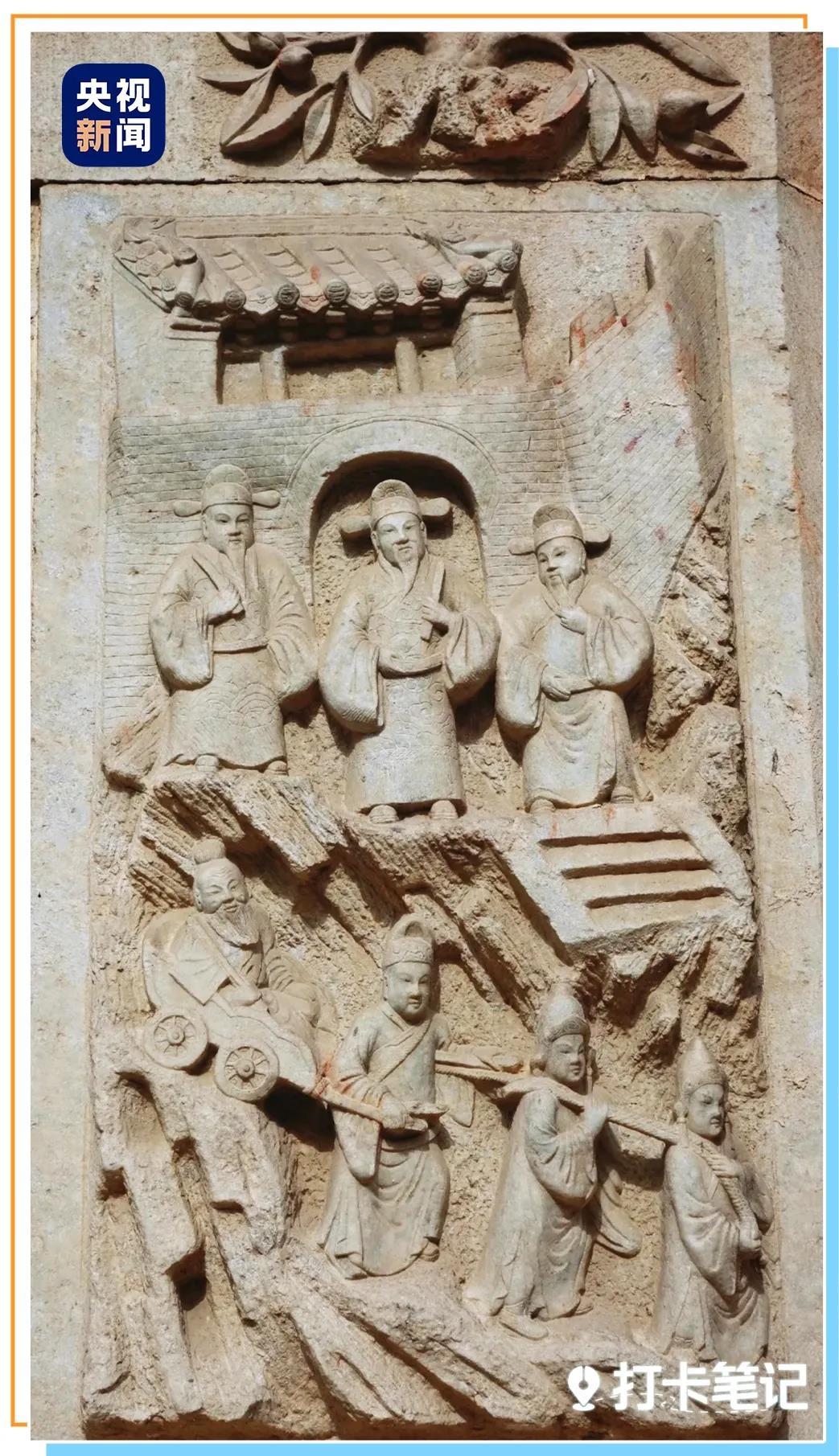
The stone sculptures in Mount Wutai not only have high artistic value, but are also the crystallization of the wisdom and skills of ancient Chinese craftsmen, and are worth looking at and savoring.
Chongfu Temple: The Treasure House of Culture and Art of the Jin Dynasty
In the original painting of “Black Myth: Wukong”, a special place is hidden. According to analysis, this scene is taken from Chongfu Temple in Shuozhou, Shanxi.
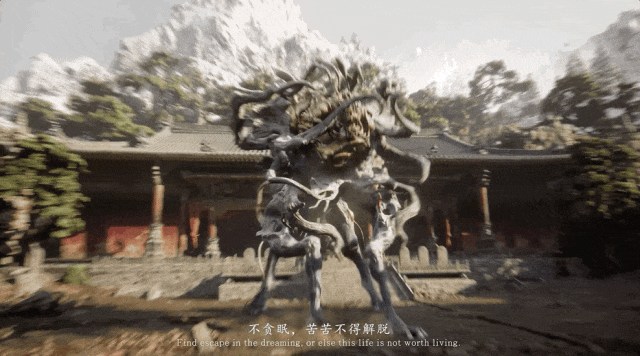
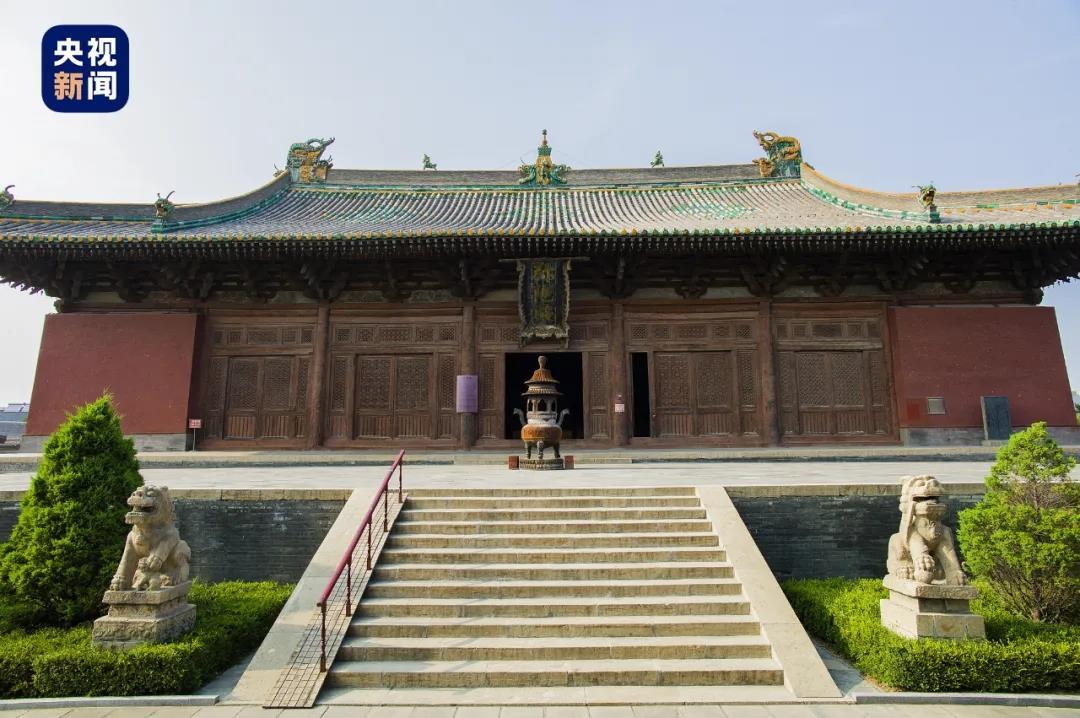
The Amitabha Temple in Chongfu Temple is one of the most complete and perfect buildings in the Jin Dynasty in China. It has a width of seven rooms, a depth of four rooms and eight rafters, a single-eaved hip-top. The platform in front of the hall is spacious and wide and has five rooms. This Jin Dynasty giant sword located on a 2.5-meter platform is extremely shocking.
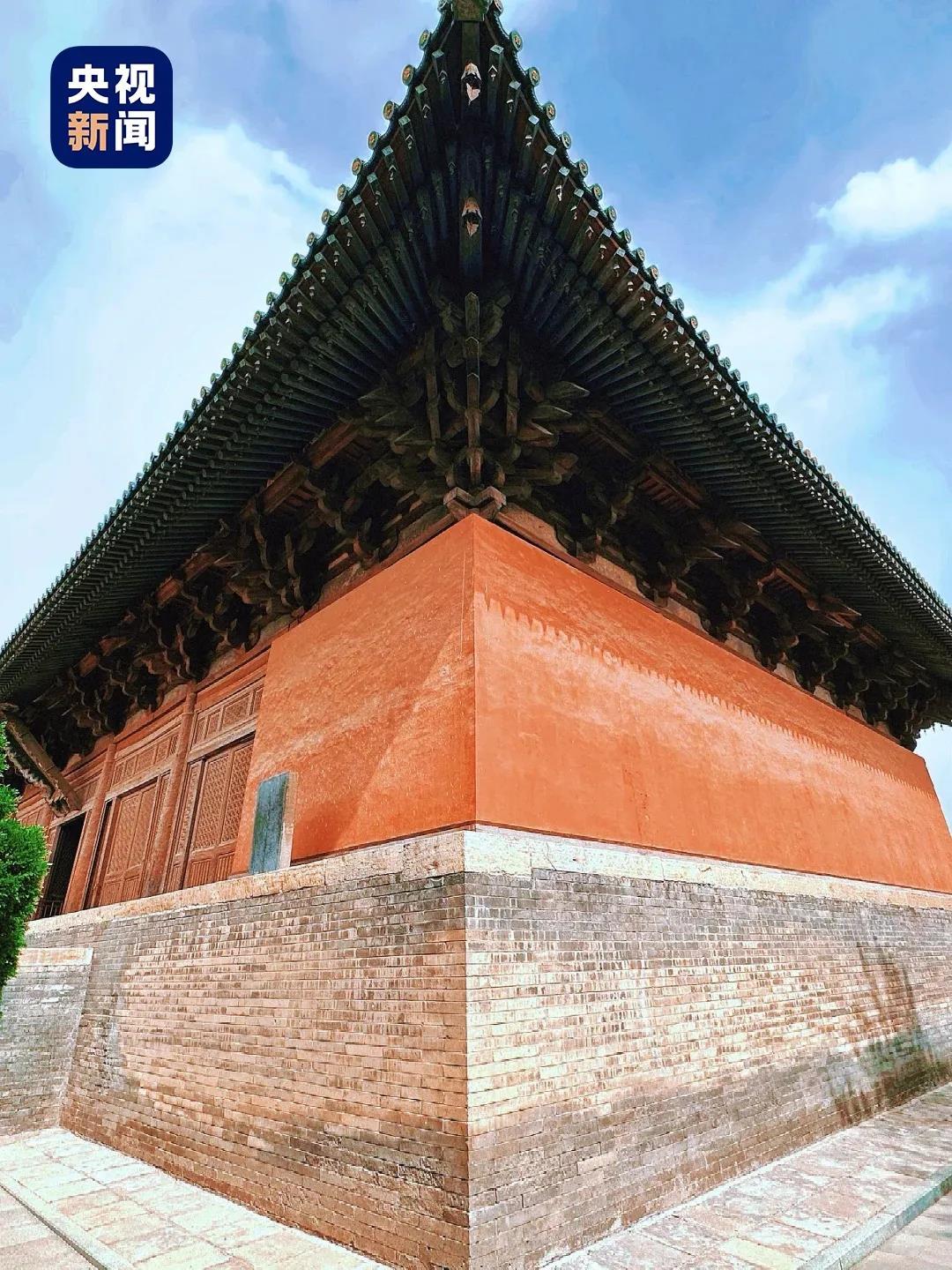
In addition to the architectural structure itself, it is also worth seeing its “five wonders”:
A master of glazing. The ridge beast and the trench kiss are both original objects of the Jin Dynasty. The 1.5-meter-high glazing strongman looks very miniature against the backdrop of the hall, almost rushing away, vividly staying with this ancient building for nearly a thousand years.
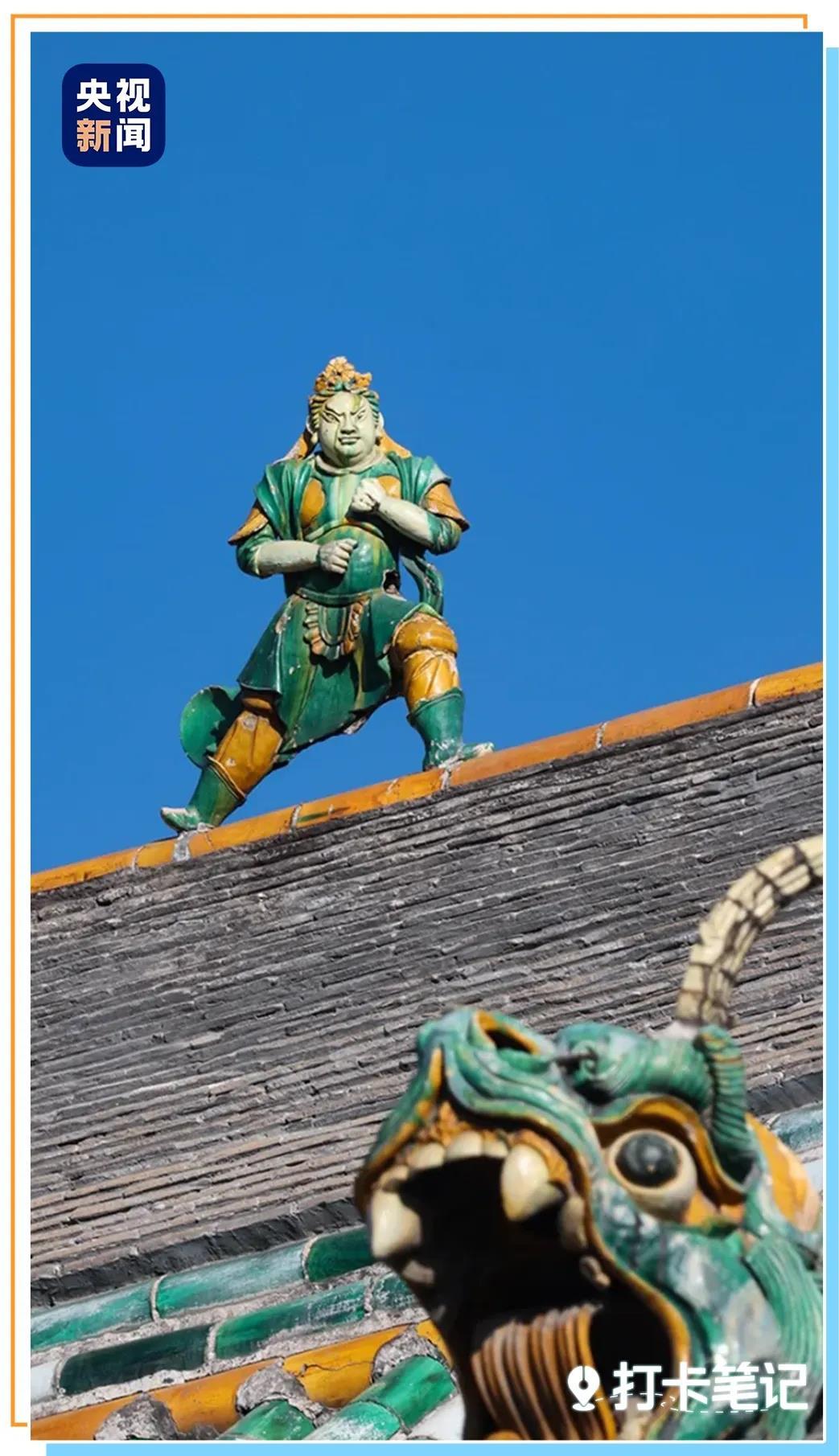
The second plaque. The “Amitabha Hall” written in the 24th year of Dading in the Jin Dynasty (1184 AD) is the largest piece of the same era.
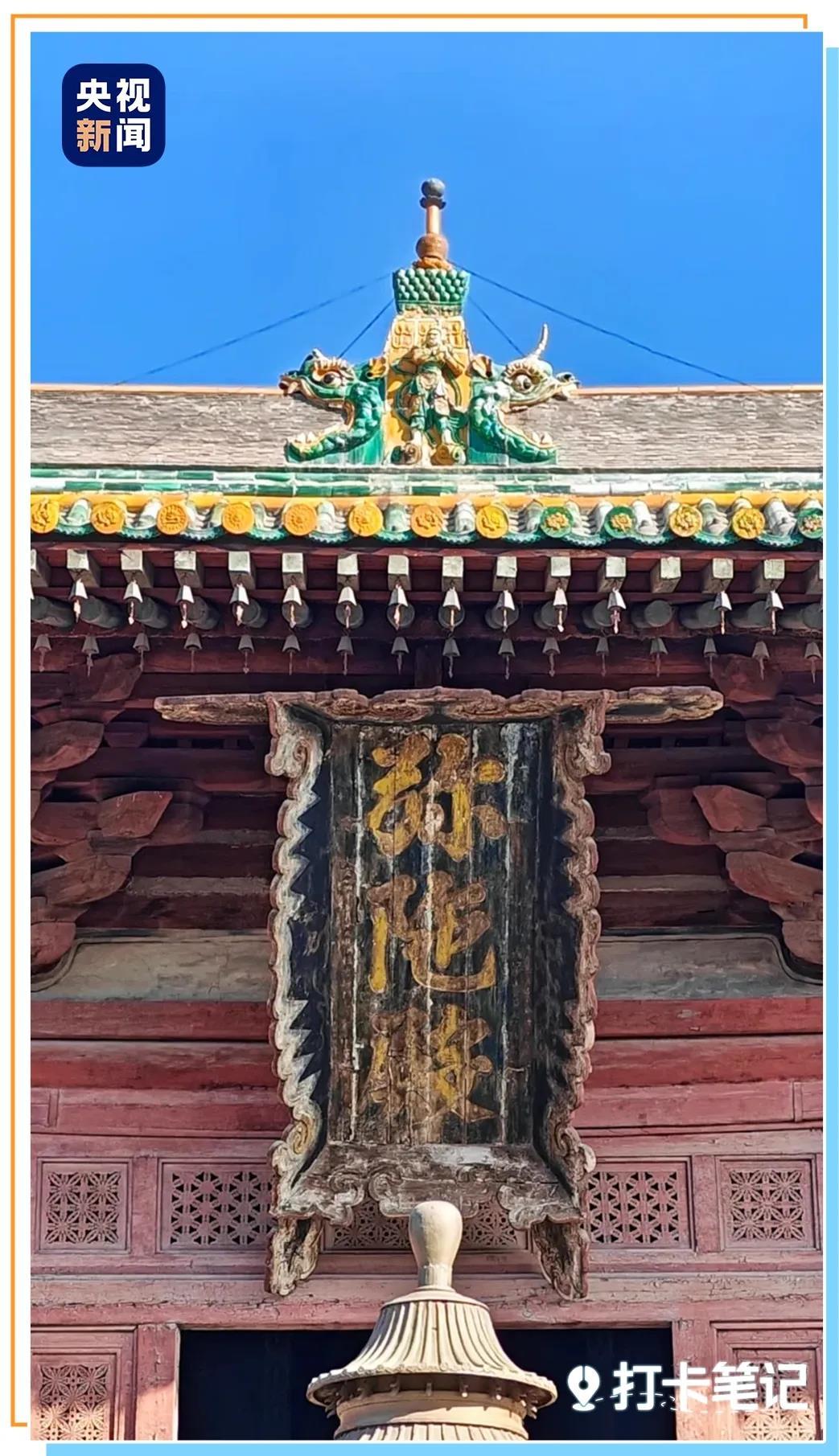
Three-Secret Window Frame. A rare ancient building that retains the original objects of the Jin Dynasty, with as many as fifteen patterns: round, prism, four petals, six petals, etc. If you enlarge it, you will see the unique craftsmanship of the craftsmen a thousand years ago.
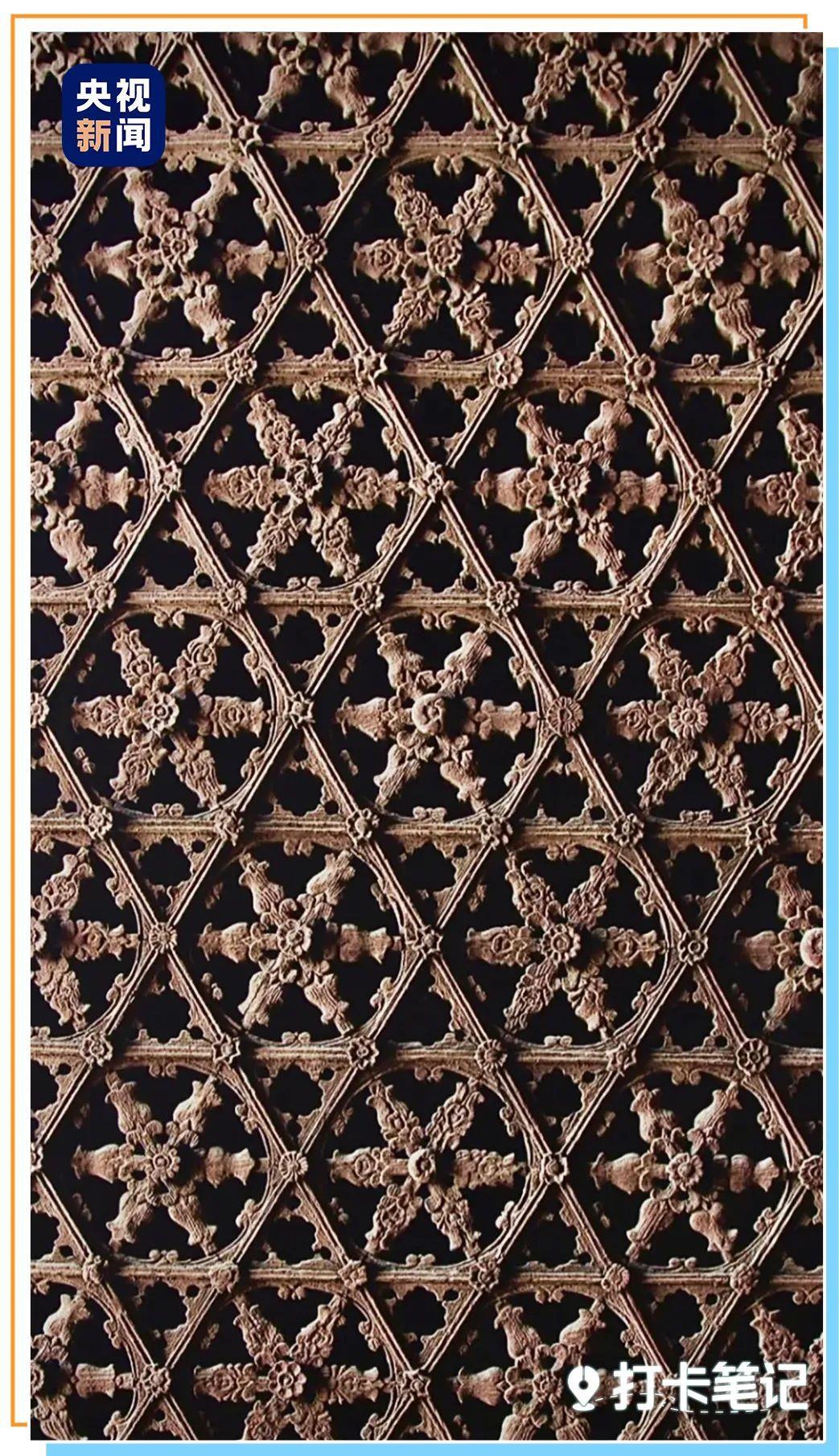
Four Certain Sculptures. The three Western saints worshipped are all statues of the Jin Dynasty. The backlight screen of the main Buddha Amitabha Buddha is as high as 14 meters. You can imagine how shocking the scene will be when the light passes through.
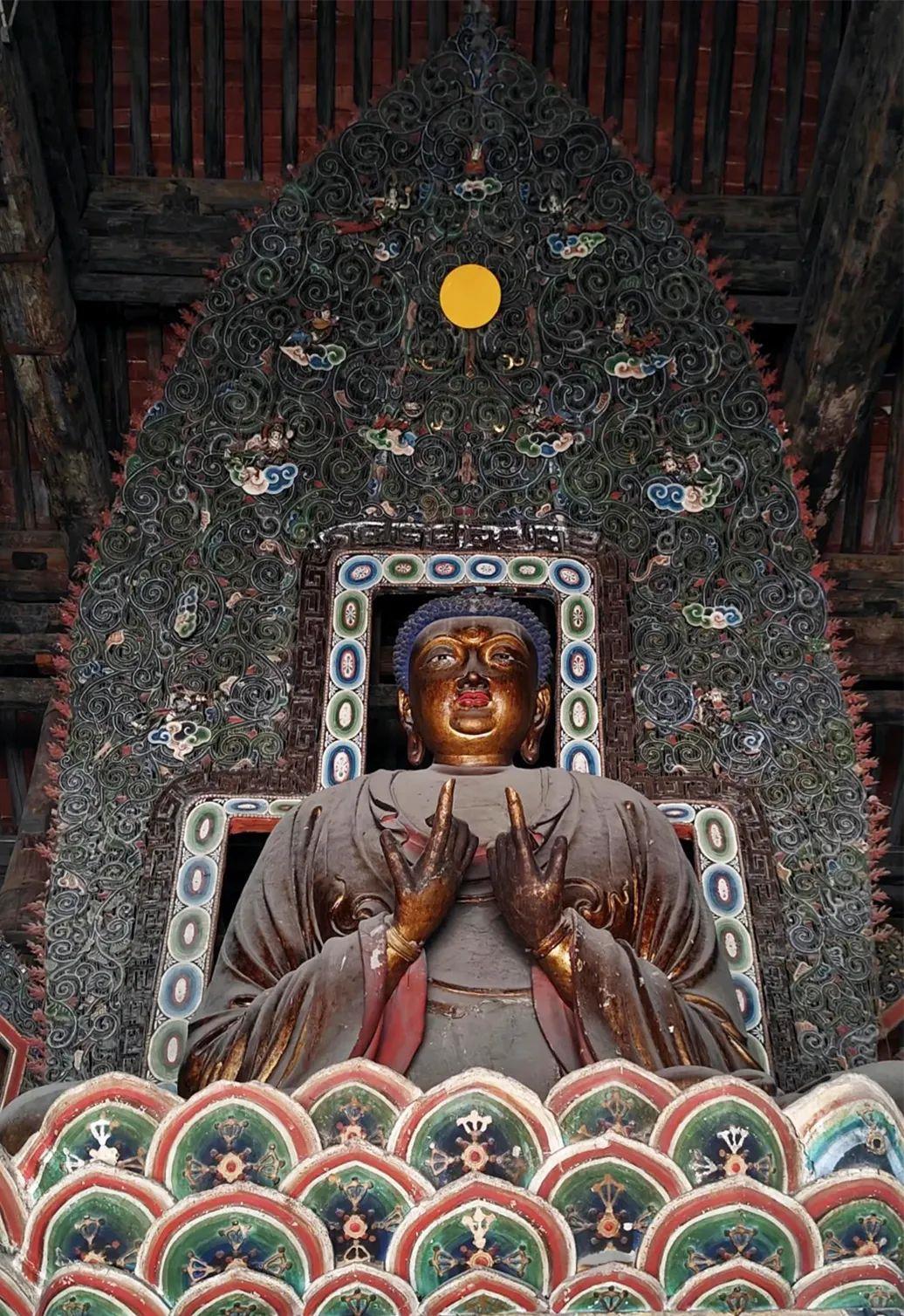
Five Certain Sculptures. The four walls in the hall are murals of the Jin Dynasty, with delicate carvings and complex outfits, and the scattered and gold-plated process is used to make it more three-dimensional.
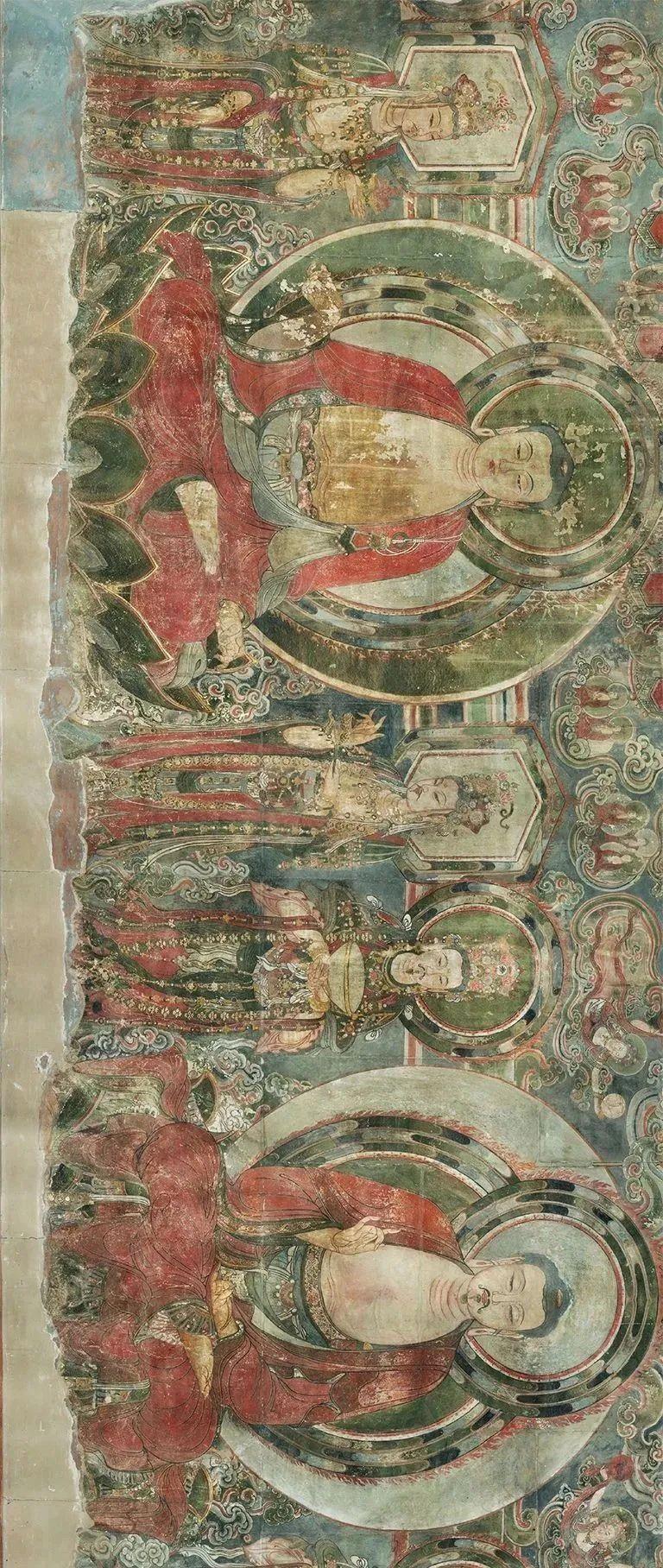
This hall is made of wooden structure construction technology, or the art of Buddha statues and murals,They are all the pinnacles of the history of ancient Chinese architecture and art, which makes everyone here feast their eyes. It is definitely an unparalleled visual feast.
Yingxian Wooden Tower: Standing for nearly a thousand years without falling
The Yingxian Wooden Tower, located in Shuozhou, is one of the must-see attractions in Shanxi. This wooden tower was built in the Liao Dynasty. It has a height of 67.31 meters and a diameter of 30.27 meters at the bottom. It has been 962 years since then. It is the largest and oldest pure wooden structure pavilion-style building in the world.
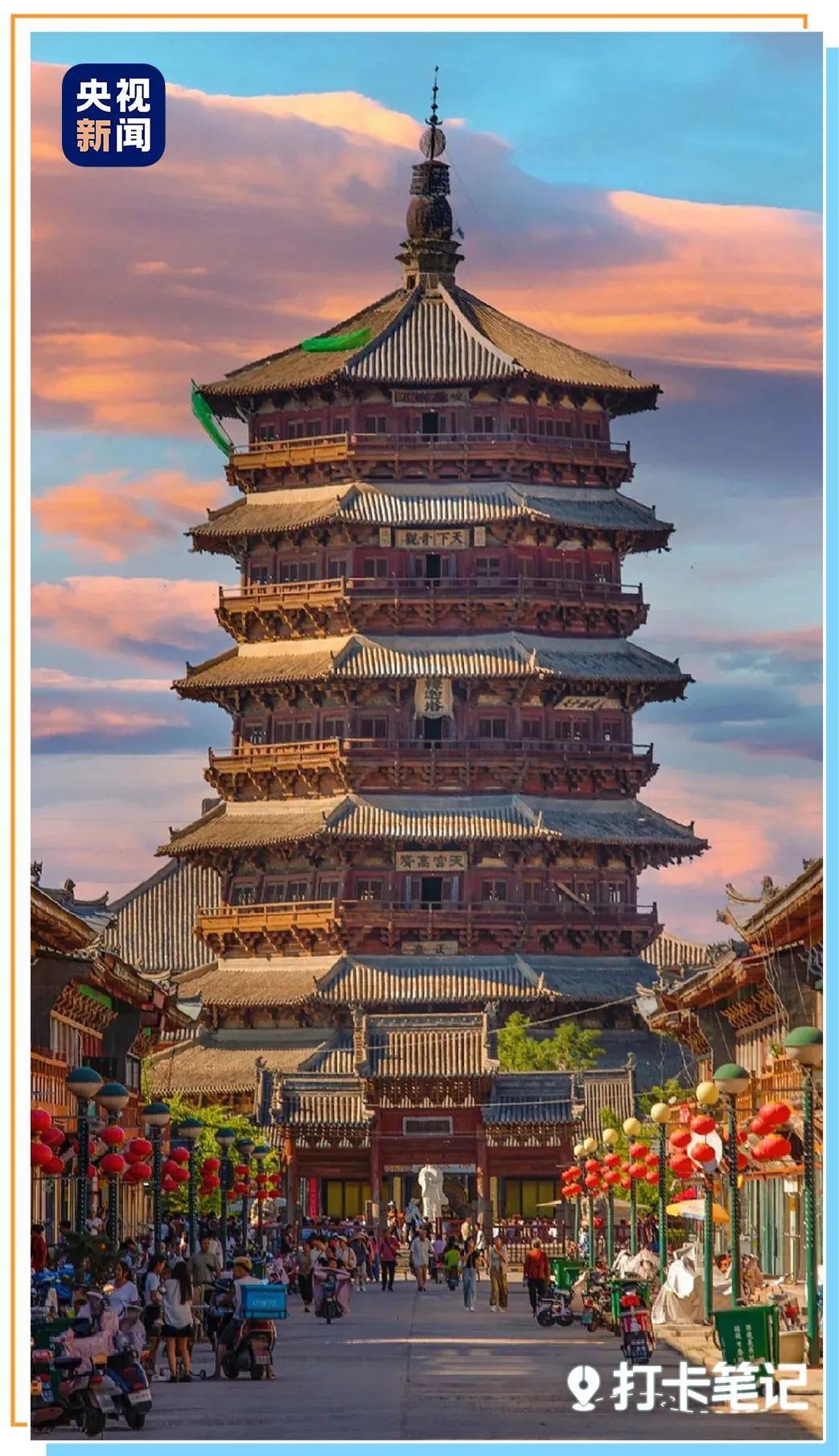
The body of the Yingxian wooden tower is all built of wood, and there is no iron nail in the Cinema 1950 witch cloth draw, all relying on components to bite each other. There are as many as 62 types of mortise and tenon forms used in wooden towers, so they are called “the crown of mortise and tenon” by later generations; there are 54 types of mortise and are also called “the museum of mortise and tenon” by architect Liang Sicheng. They are architectural masterpieces that perfectly combine science and art.
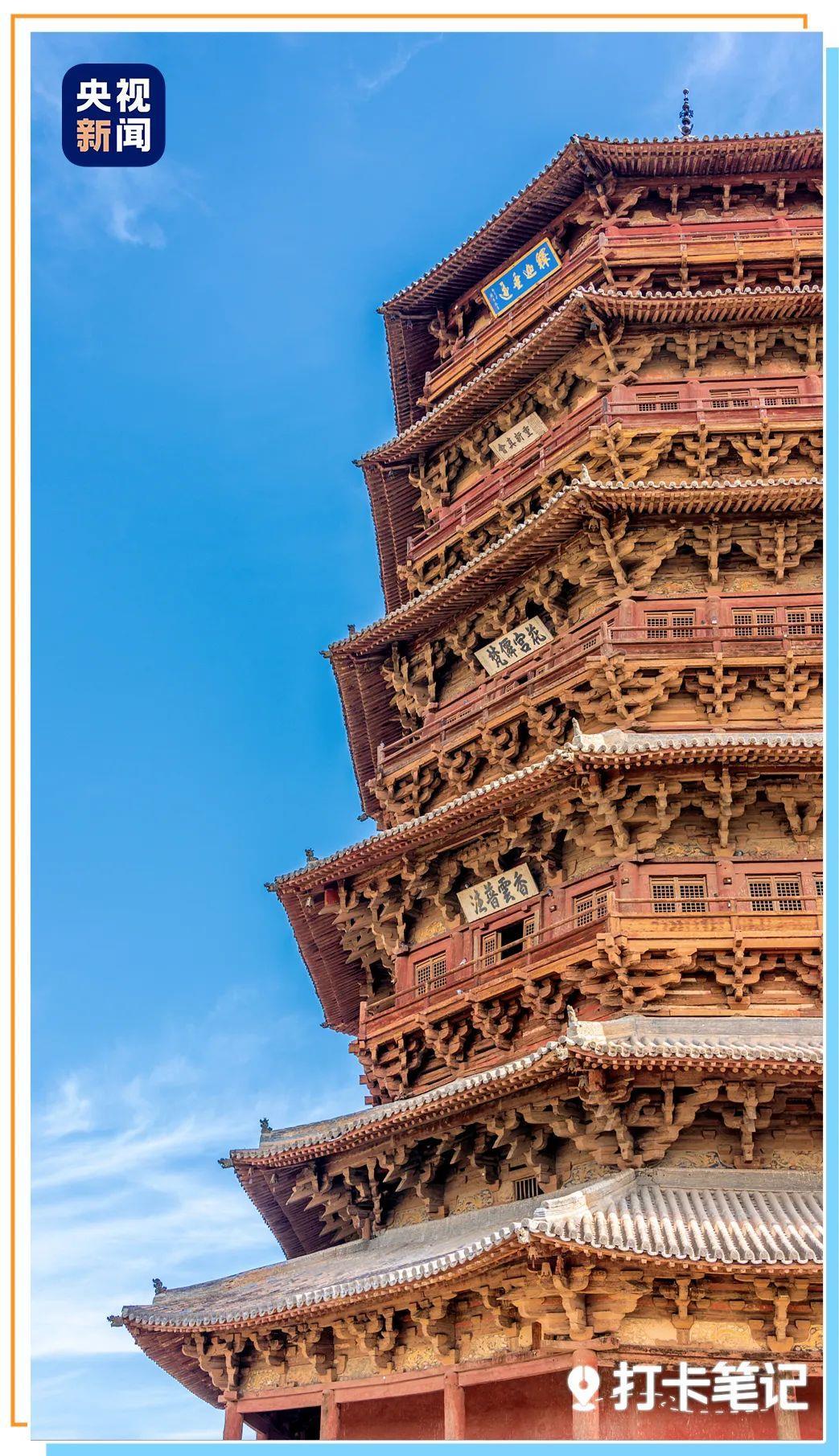
There are many plaques in wooden towersCinema 1950 witch cloth draw. The plaque on the third floor of the “Sakya Tower” is a relic of the Jin Dynasty, which is the oldest plaque in the entire tower; the “Junji Shengong” on the fifth floor was written by Zhu Di, the Ming Dynasty’s Chengzu.
The Yingxian wooden tower has not fallen for thousands of years because the craftsmen have left many mechanisms, a 10-meter-high metal tower brake on the top, connected to 8 iron chains, forming a metal defense net to prevent lightning from entering the tower body. It took the craftsmen who built the tower 140 years to build this tallest “building block” in ancient times, with a height of more than 20 stories today!
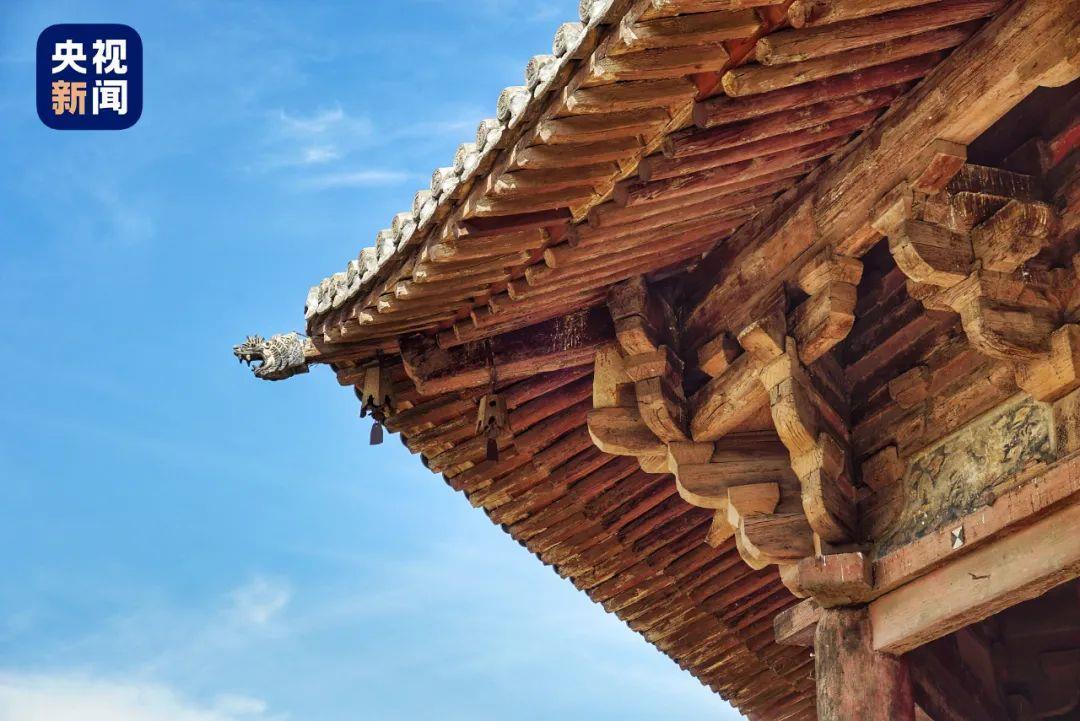
The wooden tower has withstood several earthquakes, but has remained unmoved after thousands of years of vicissitudes, which is extremely shocking. Now the whole is slightly tilted, but at this moment, it still stands, just as the plaque says: Neutral, never relies on Jincheng.
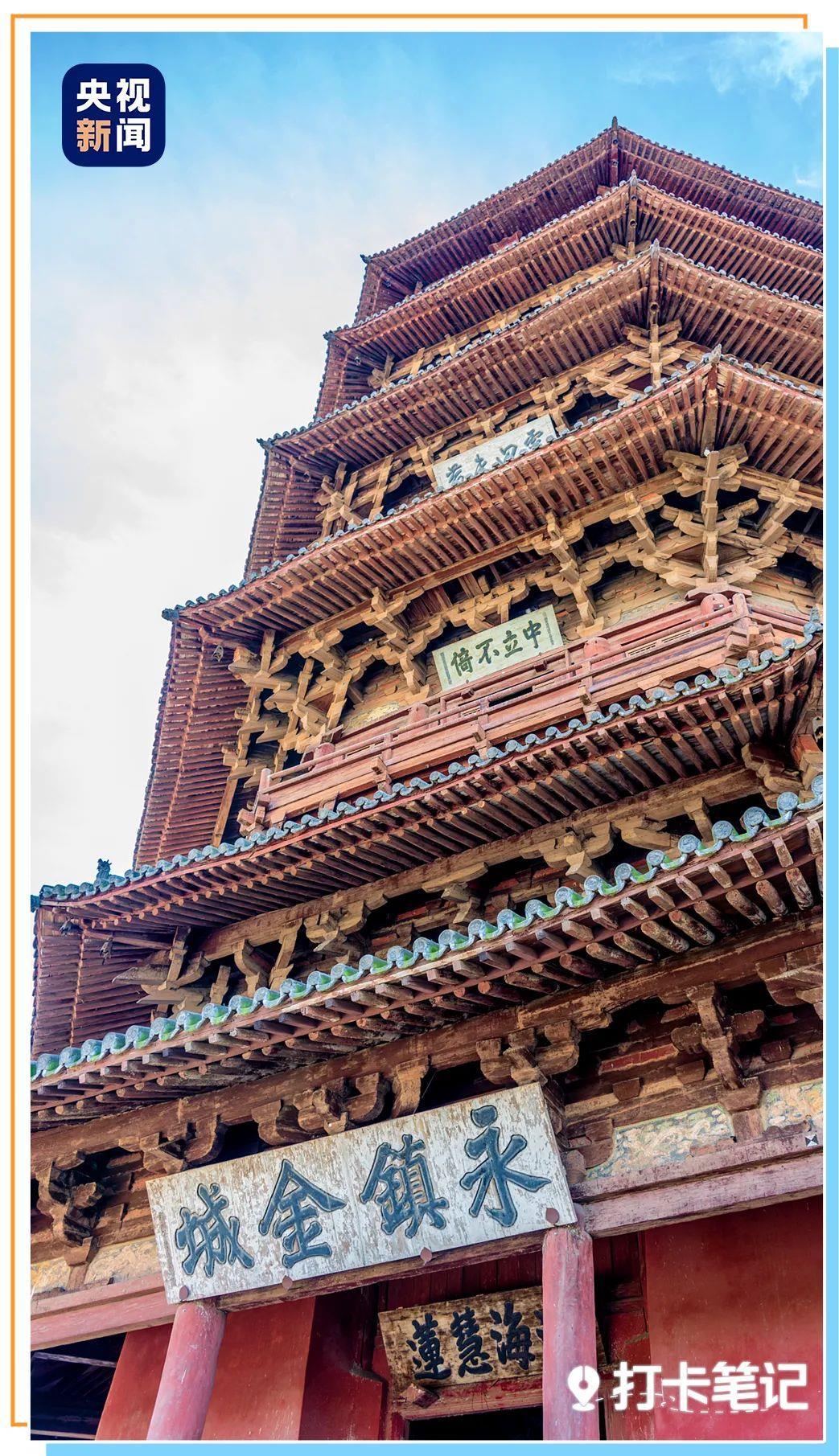
Hanging Temple: a relief inlaid in the mountains
In the promotional video released by the official account of “Black Myth: Wukong”, the buildings appearing in the picture are all suspended on the cliffs supported by wooden pillars, and are shot in Hanging Temple in Datong, Shanxi.
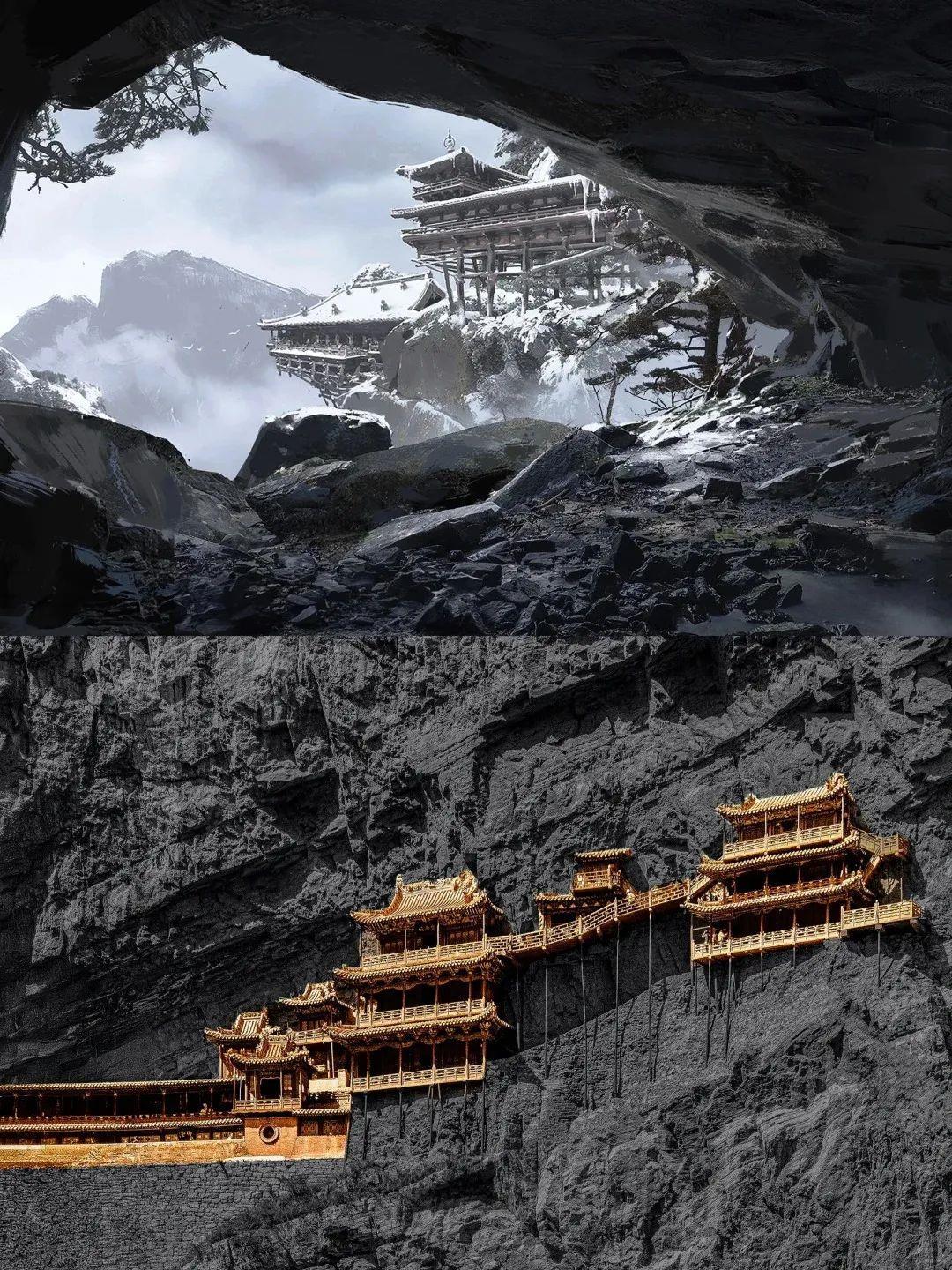
The Hanging Temple is located in Hunyuan County, Datong City. It is on the cliff of Jinlong Gorge in Hengshan. It is named after the entire temple is like hanging on a cliff. It is a rare high-altitude building in my country.
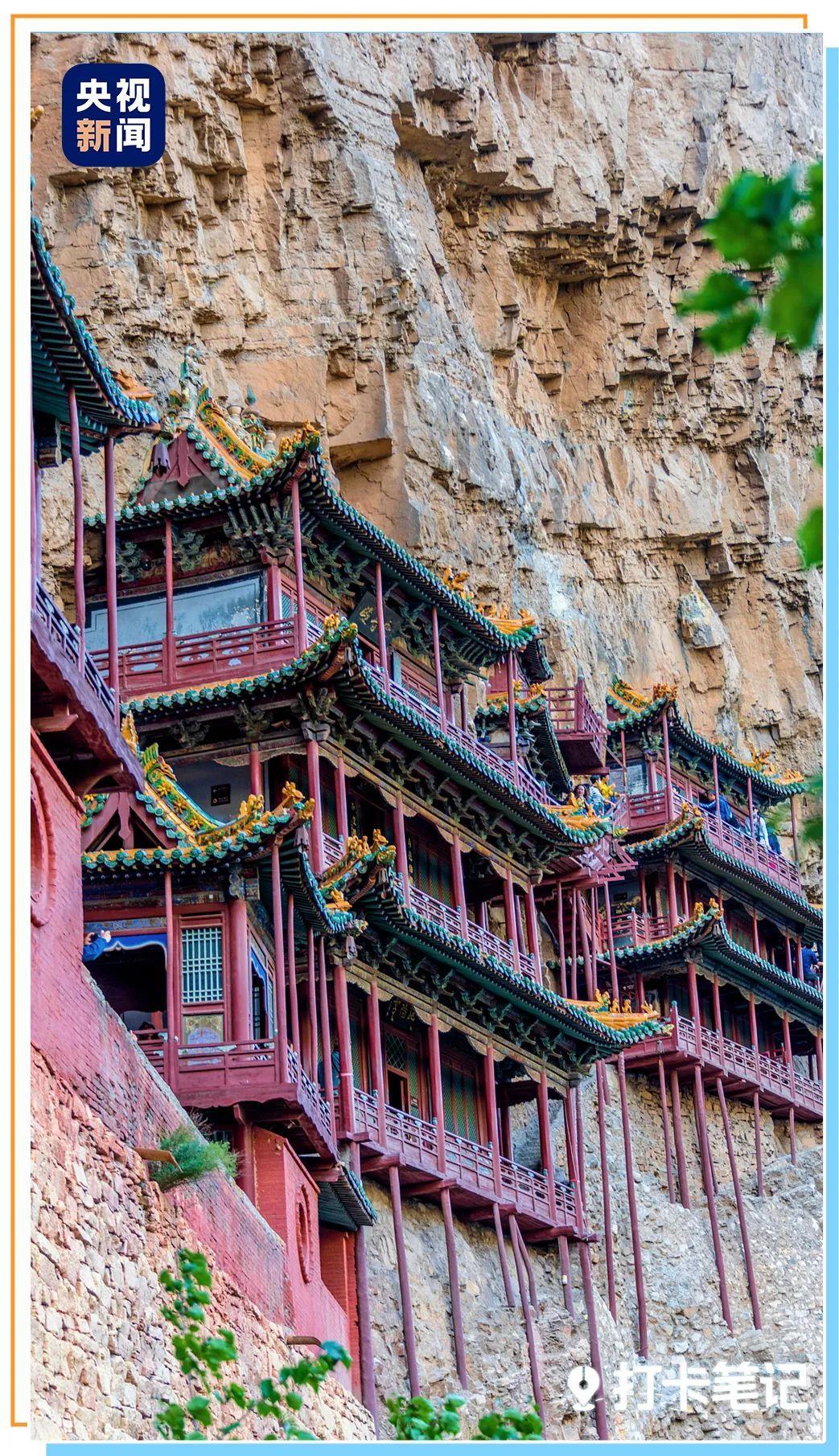
Looking from afar, the Hanging Temple is like a cliff relief, forming a unique style of half-Komiks 1960 witch cloth draw wall building and half-block cave.
The Hanging Temple is a wooden structure building. It relies on the principles of mechanics and cleverly uses the semi-inserted flying beam as the basis. With the support of the rock, the beams and columns are integrated up and down, and the corridors are connected left and right, forming a stable wooden frame structure, enhancing the seismic resistance of Komiks 1960 witch cloth draw.
This ingenious architectural skills have made the Hanging Temple stand firm after thousands of years of storms!
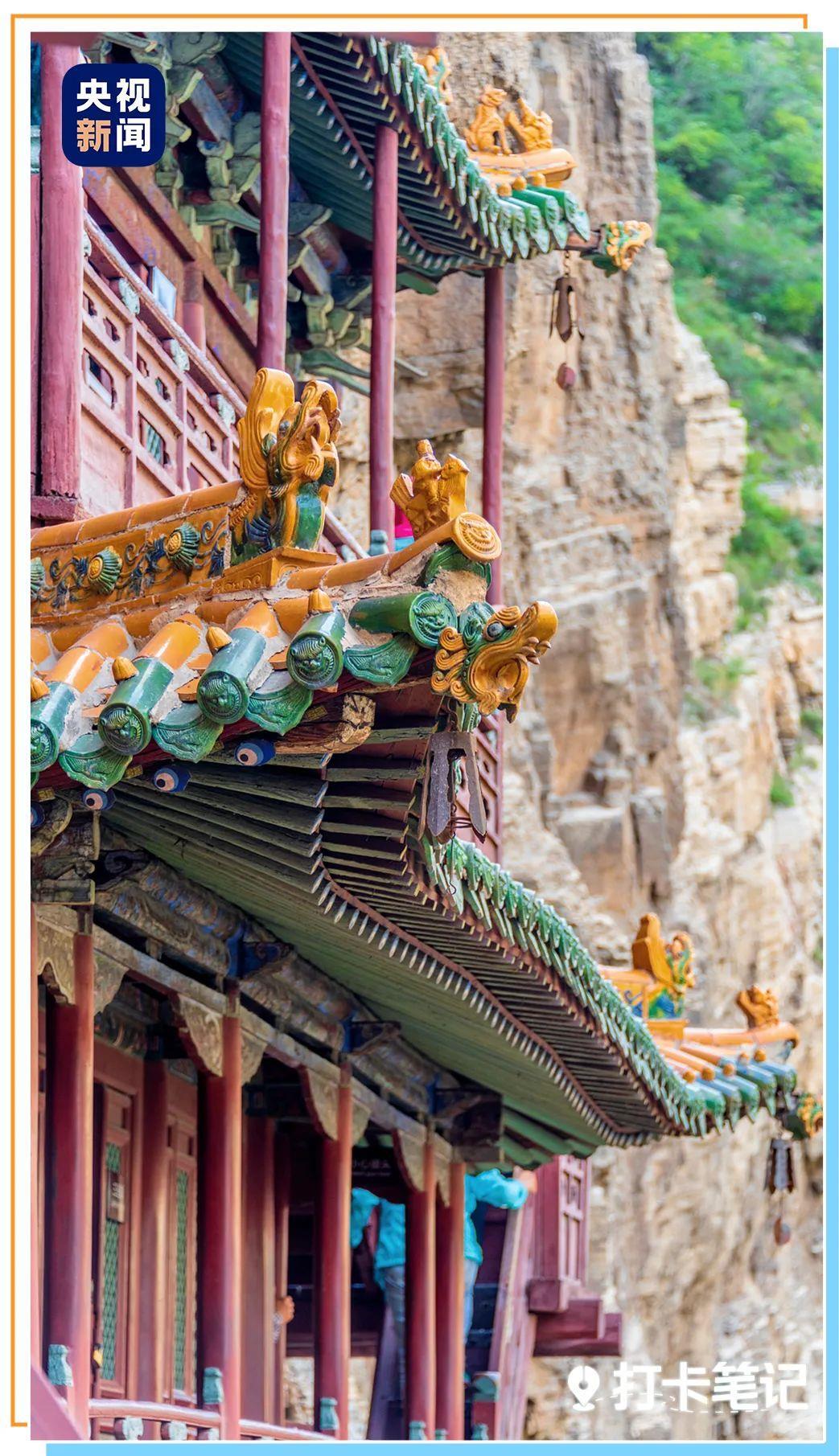
There is another wonder in Hanging Temple: the supporting wooden pillars under the beams are long and short, some are focused, some are useless, and even can sway. These wooden pillars are not empty, and are generally not difficult; but once there are too many people coming and the load increases, the empty pillar will stand up and play a role in a pillar bearing a thousand pounds, making Hanging Temple a special building that looks like virtual but solid, dangerous but safe, and steep and dangerous.
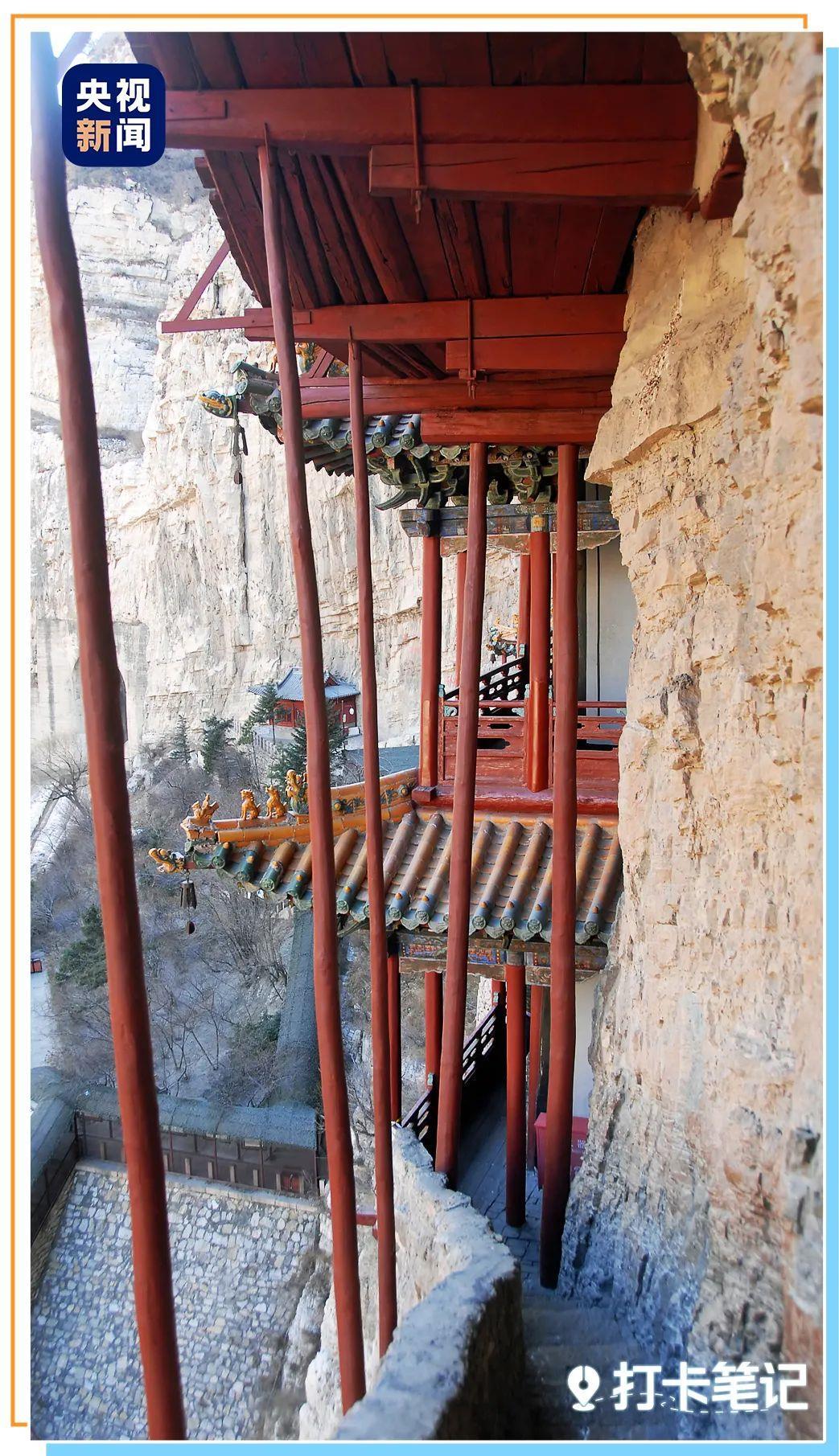
Imagine how ancient craftsmen allowed temples to coexist harmoniously with natural landscapes under such geographical conditions. It was simply a double miracle of architectural mechanics and aesthetics!
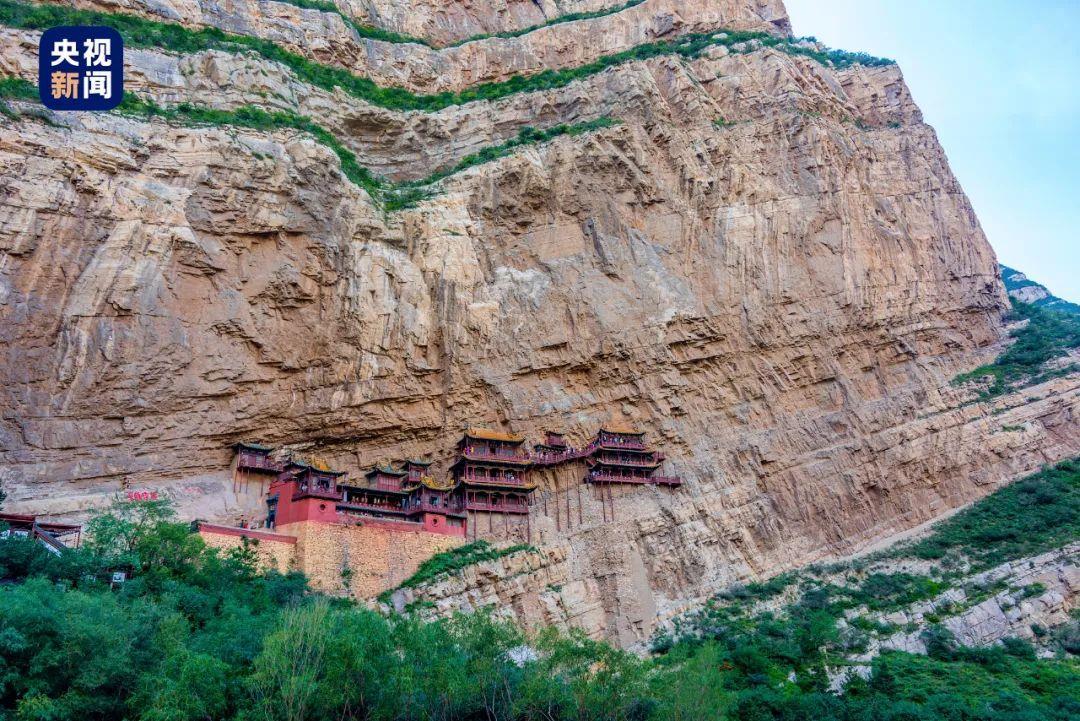
Down from Hanging Temple, be sure to try the local jelly.
Hunyuan jelly is not only famous in the local area, but also among the best in the country. The mellow vinegar aroma, fresh chili peppers, and slippery jelly are a delicacy that makes people fall in love with.
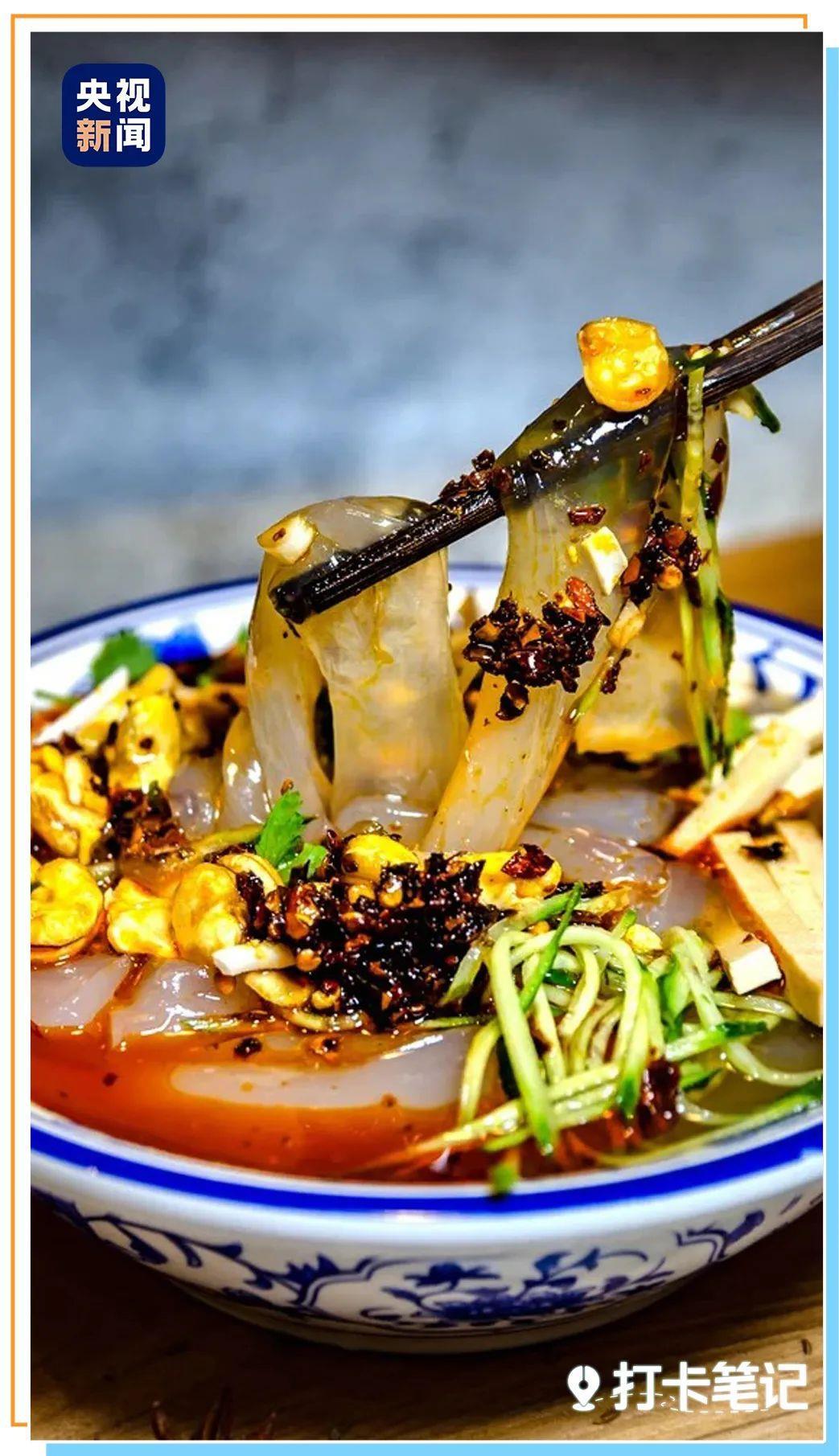
Yungang Grottoes: A Smile that Spreads Thousand Years
When coming to Datong, we have to mention Yungang Grottoes. It is known as the four major grotto art treasures in China, and it is also a world cultural heritage site.
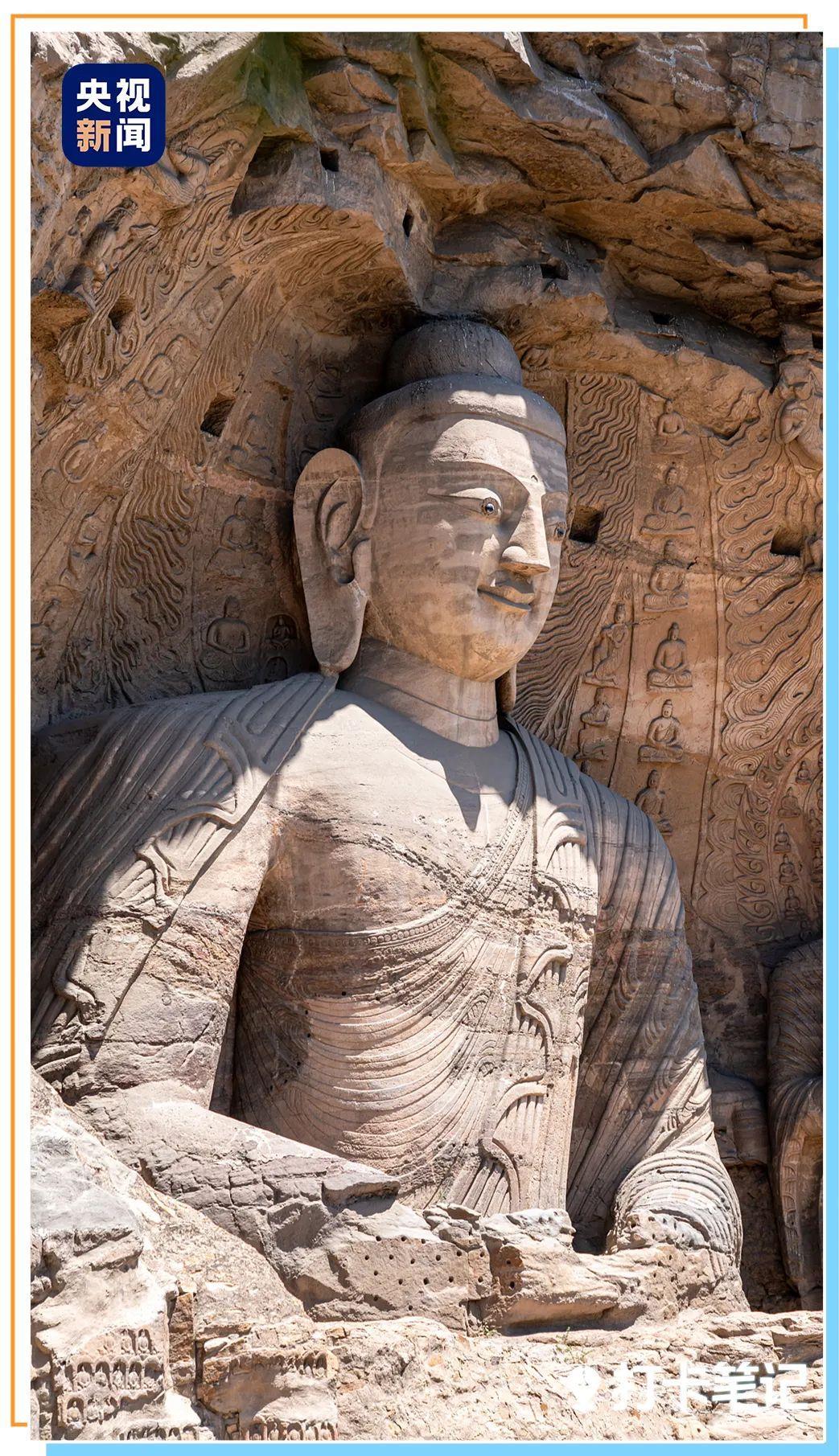
Yungang Grottoes are one of the rare grotto groups in China that have been excavated in just one dynasty. Some people say, “Yungang Grottoes are a Northern Wei historical book engraved on stones, a road to the prosperous Tang Dynasty. ”

The Yungang Grottoes have 254 large and small caves, including 45 main caves, each cave has its own story.
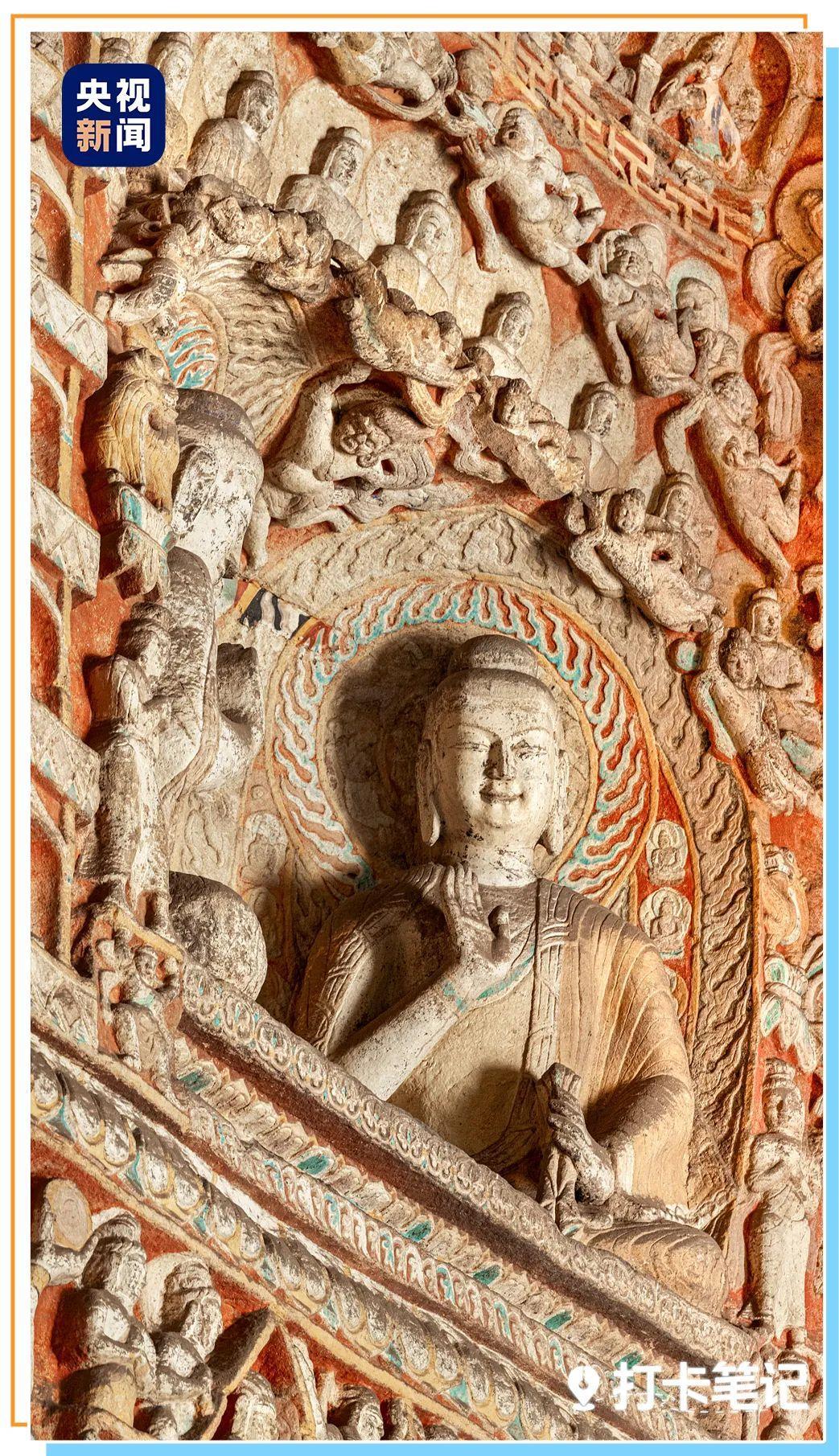
The most famous Yungang Grottoes is the “Tanyao Five Caves” (caves 16th to 20th), and Cave 20 is also called the “Open-East Buddha” and is a symbol of Yungang stone carvings.
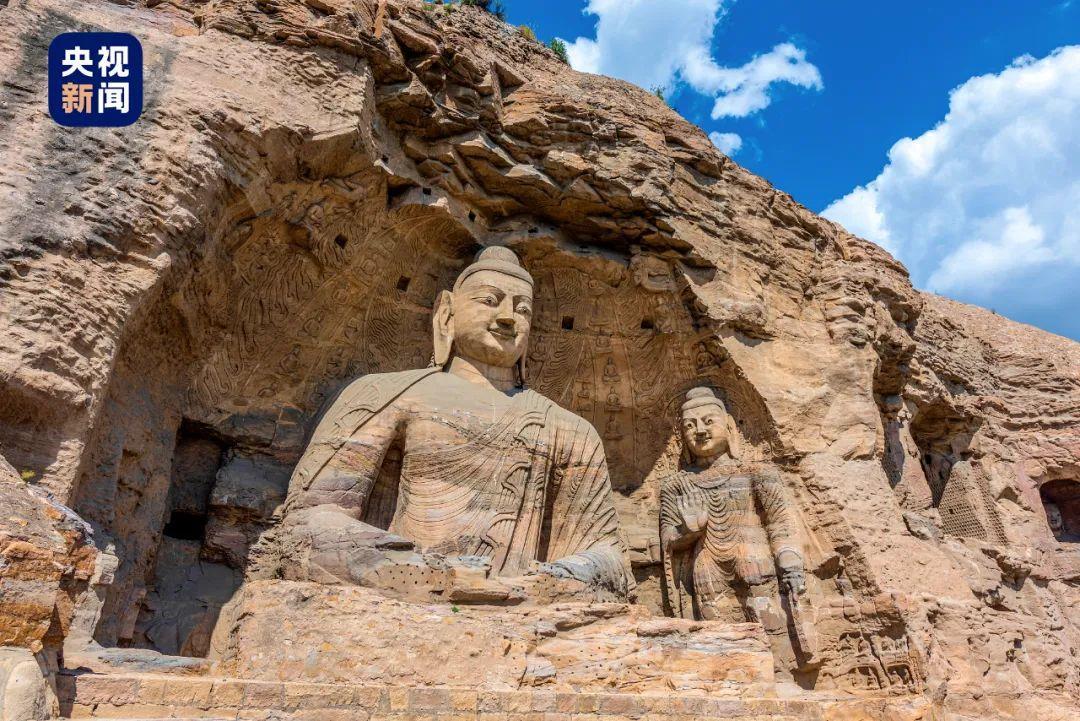
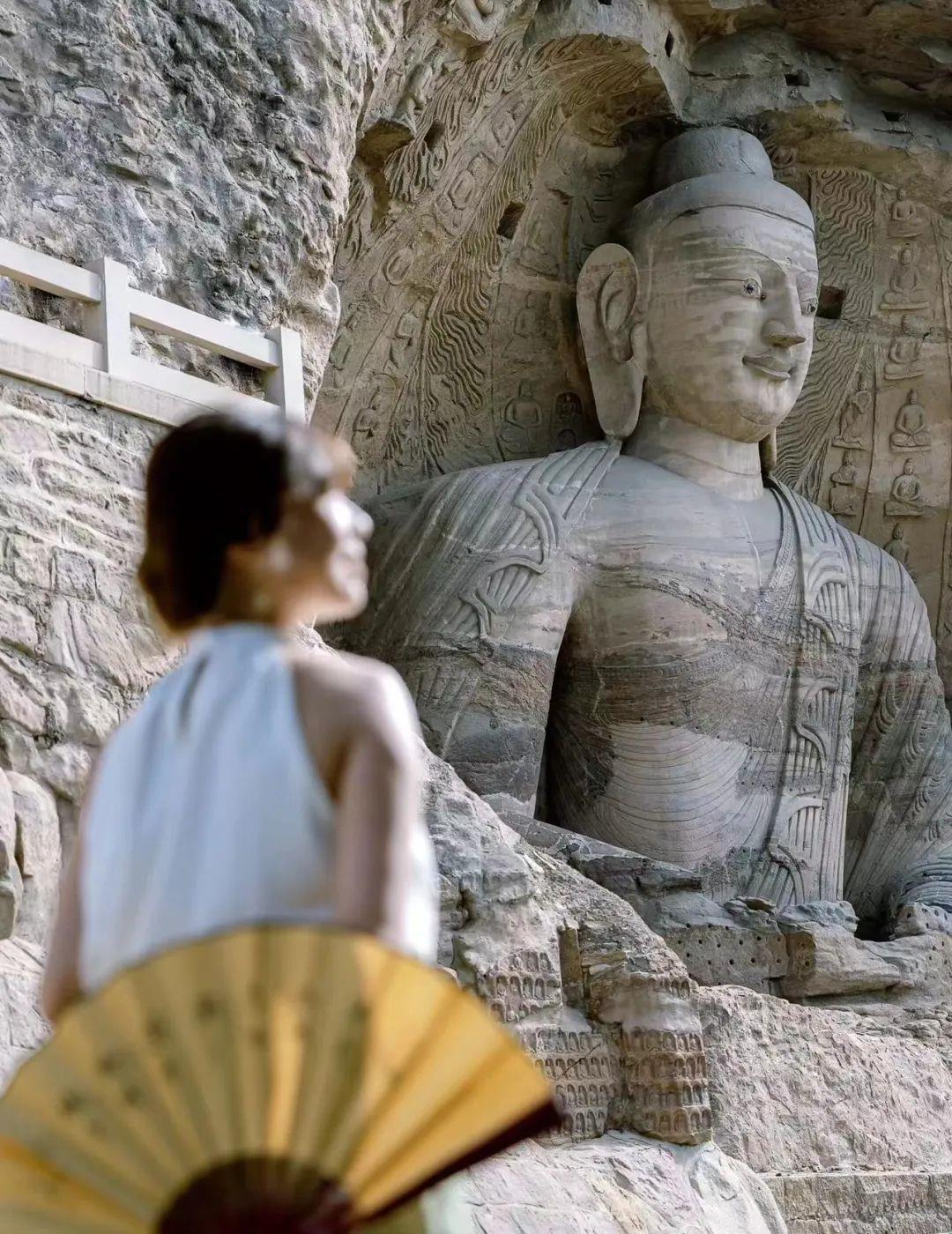
Zhejiang
“Taoyuan in the Cloud” Jingning Dahan
The official account of “Black Myth: Wukong” was released in the game interlude video in 2022. The Lanfang where the old spider spirit, the mother and daughter of the spider spirit lived, was discovered by netizens to be the main hall of Shisi Temple in Dahan, Lishui, Zhejiang. Since then, Shisi Temple has appeared many times in the trailer video.
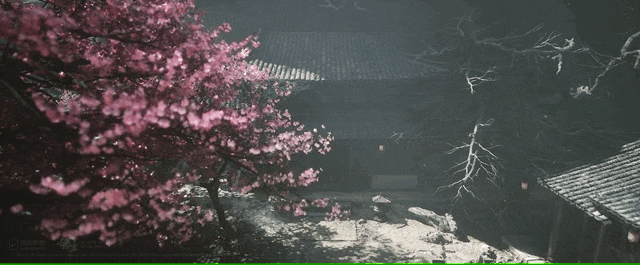
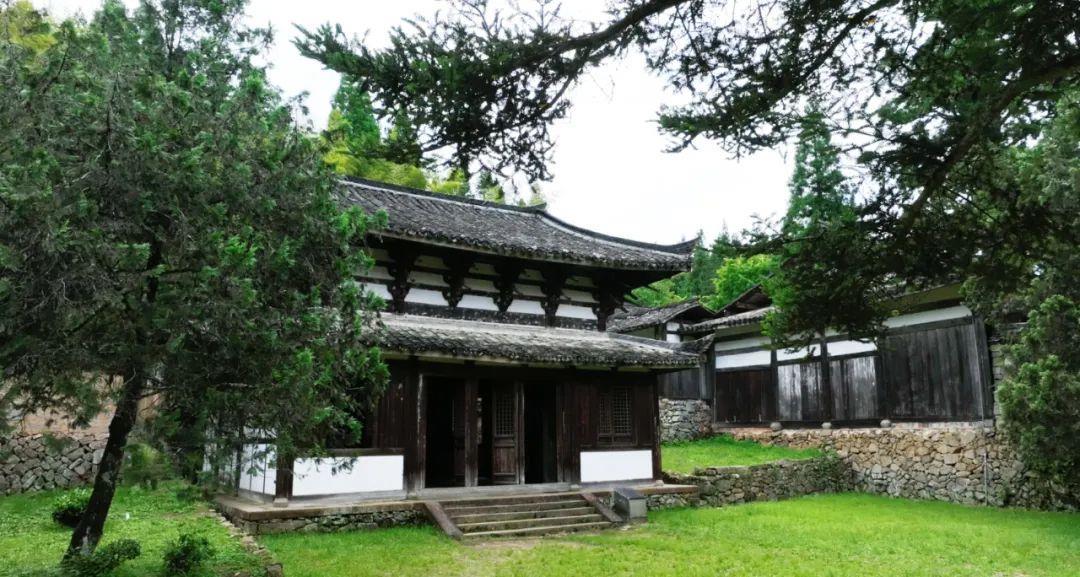
The entire ancient village of Dahan in Yunzhong is located on the mountain above 1,000 meters above sea level. It is about an hour’s drive from Jingning County, surrounded by mountains and clouds.It is misty, driving in the car, as if it is through the clouds and fog between the sky. The locals call the waterfall “现”, and there is a large waterfall “现”. The name is “Da Han in the Clouds”, just like its name.

Shisi Temple seems to be the gate of time and space hidden in the deep mountains. It is an ancient Song Dynasty temple surrounded by mountains and surrounded by green.

The ancient juniper lies across the door, the courtyard is towering in ancient trees and the green moss is deepBabaylan 1990 cloth draw, and time seems to have stopped at this moment.
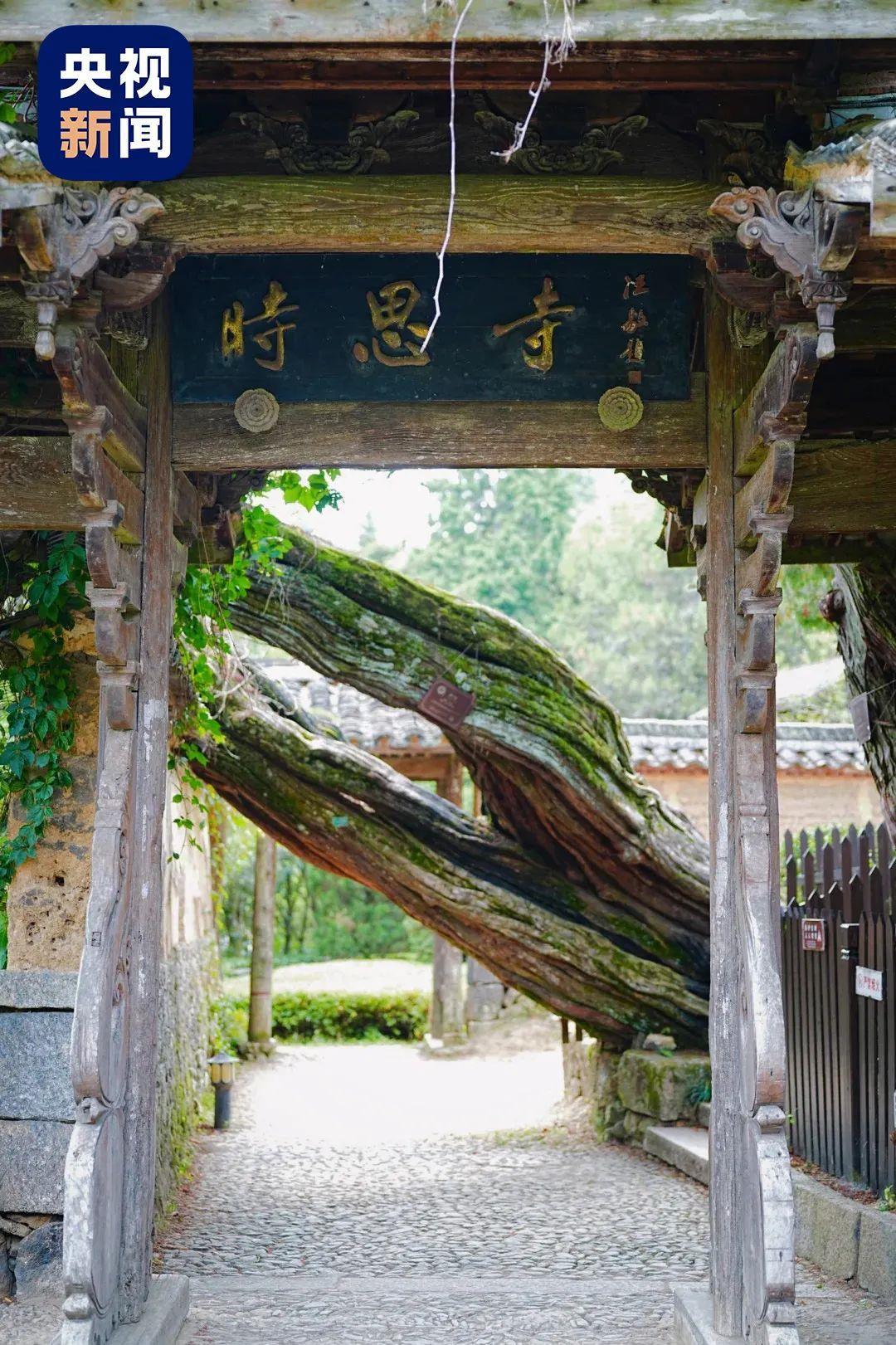
A delicate and scattered courtyard, the simple and solemn Great Hall, the Horse Fairy Palace with Taoist bones and fairy wind, the Heart Sutra Bell Tower with floating clouds, and the Mei Clan Ancestral Hall carrying filial piety. Every brick, tile, tenon and pillar all contain the charm of ancient buildings.
Although there is no Buddha statue in the Main Hall, the four-character plaque of “Mahattan Hall” is just the plaque Komiks 1960 witch cloth draw, it makes people feel its extraordinary momentum.
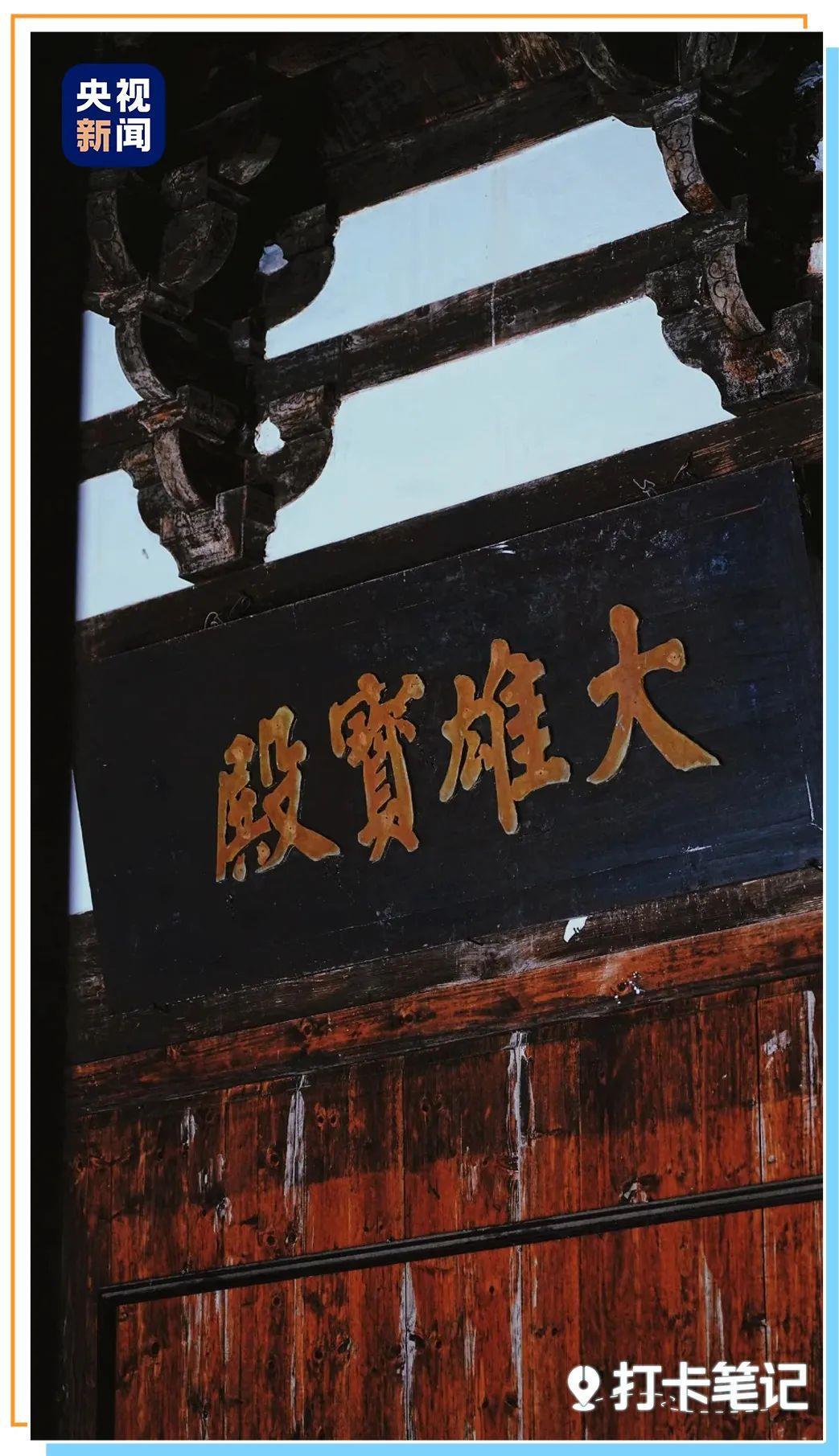
The hall is not decorated with colorful paintings, with plain face facing the sky, with only brown and white colors. The traces of the flow of time seem to be seen between the delicate wood grains. The main hall is a double-eaved hip-mounted roof with three rooms wide and two rooms deep. The dove is simple and elegant, with slightly raised wings and slightly stretched out of the eaves. It is an isolated example of the existing wooden ancient buildings in China.
The unique aura of Shisi Temple satisfies all the fantasies about the ancient temple, and it can’t help but make people feel a wonderful sense of fate, which also seems particularly mysterious in the scene of “Black Myth: Wukong”.
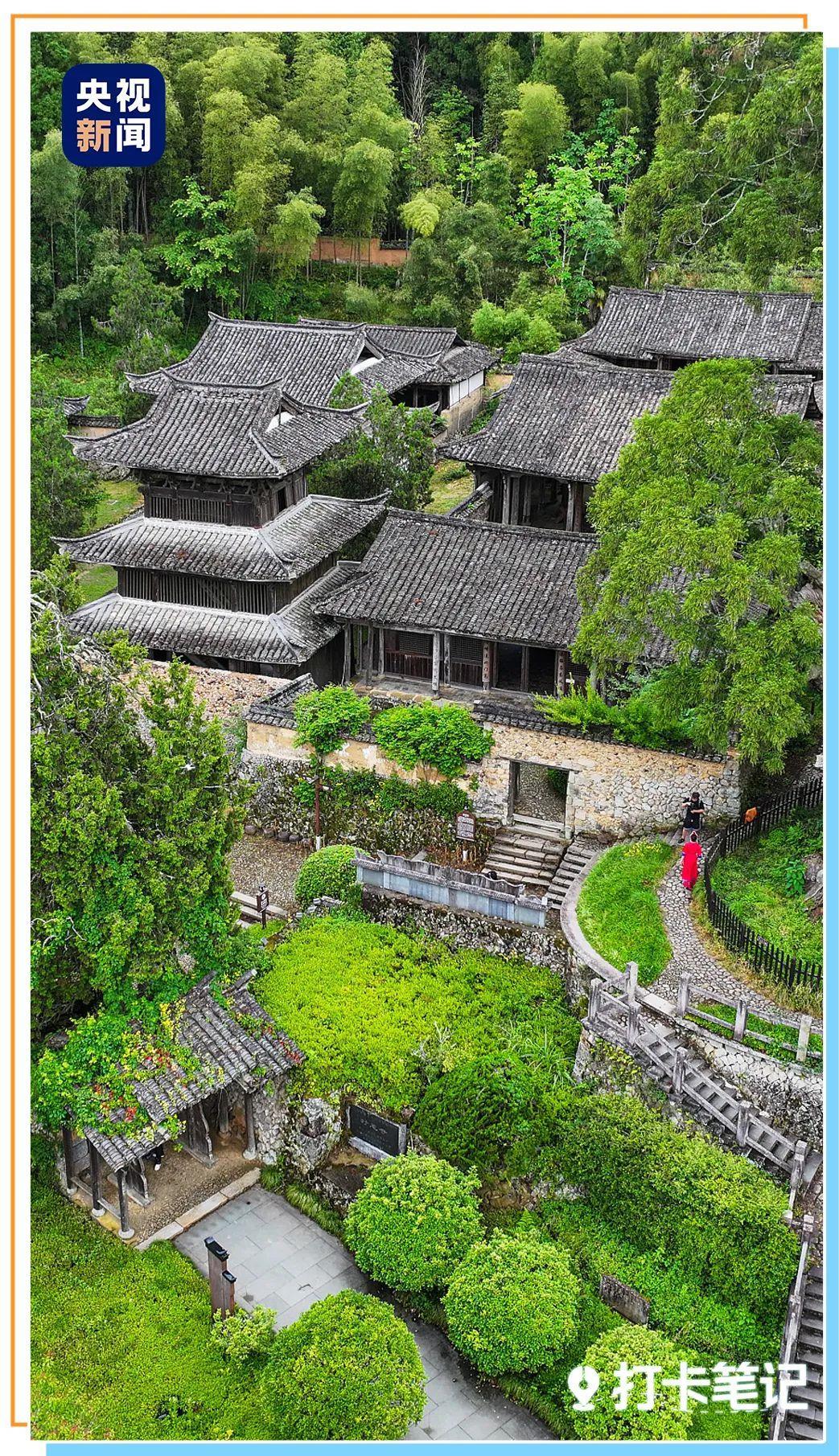
At the water mouth at the southern end of Dahan Village, there is a typical water mouth bridge called “Huguan Bridge”. Huguan means “Guardian Pass”. The bridge spans Muhe River from east to west, connecting the village with curling smoke from cooking to one end, and the temple with dusk drums and morning bells on the other end.
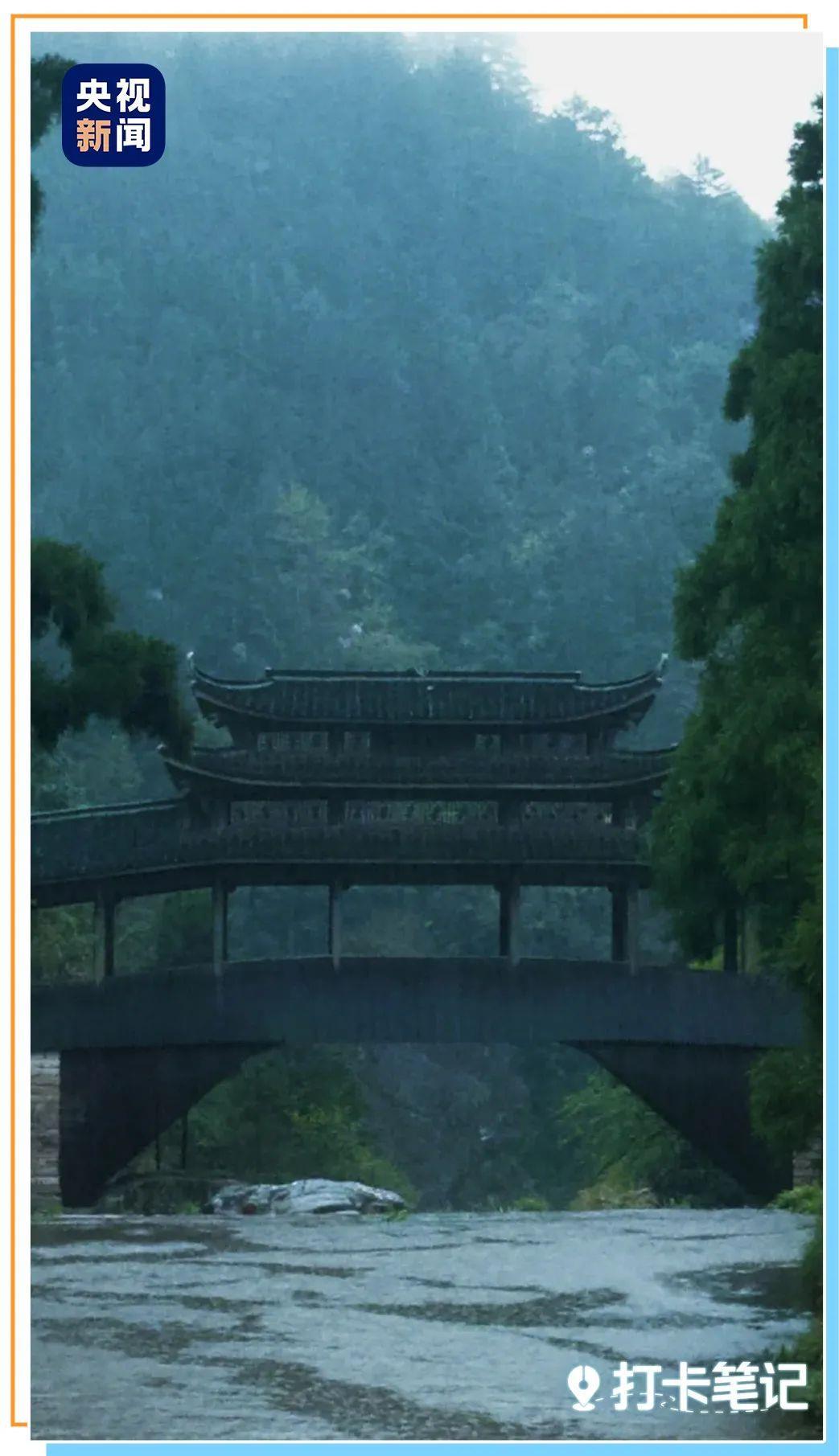
Sichuan
An Yue Stone Carving: A Performance Art of Time
An Yue Stone Carving appears in the Spider Spirit Sisters promotional film in “Black Myth: Wukong”. Many exquisite Buddha statues stand, mysterious and distant.
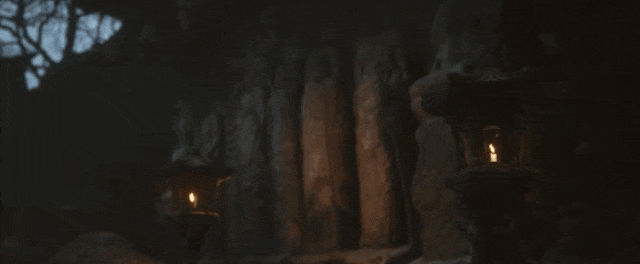
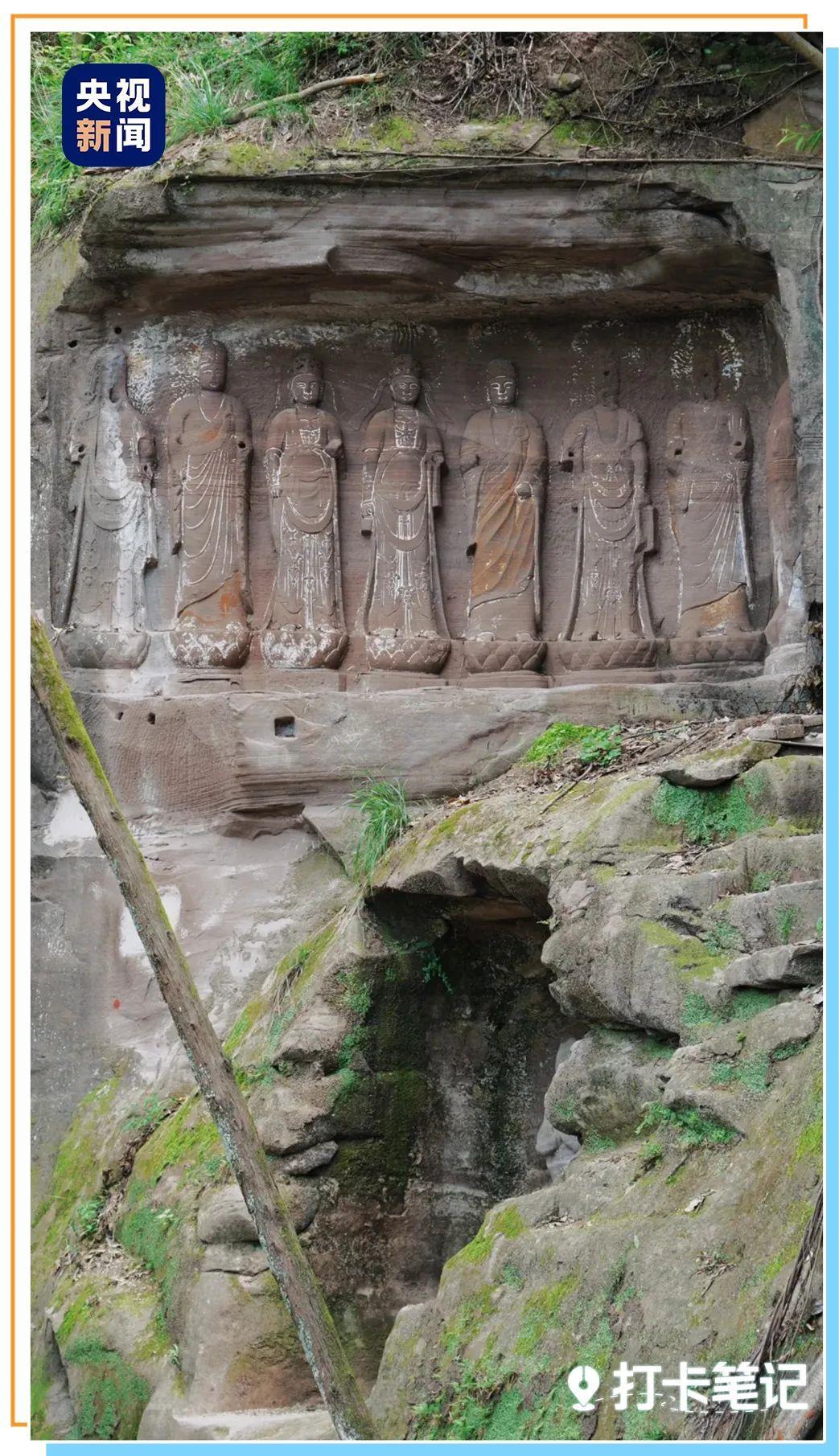
East of Ziyang City, Sichuan Province, two hours drive from Chengdu is Anyue County. Over the past thousands of years, skilled craftsmen have left these statues in Anyue, making Anyue the most densely populated area in Sichuan Province.
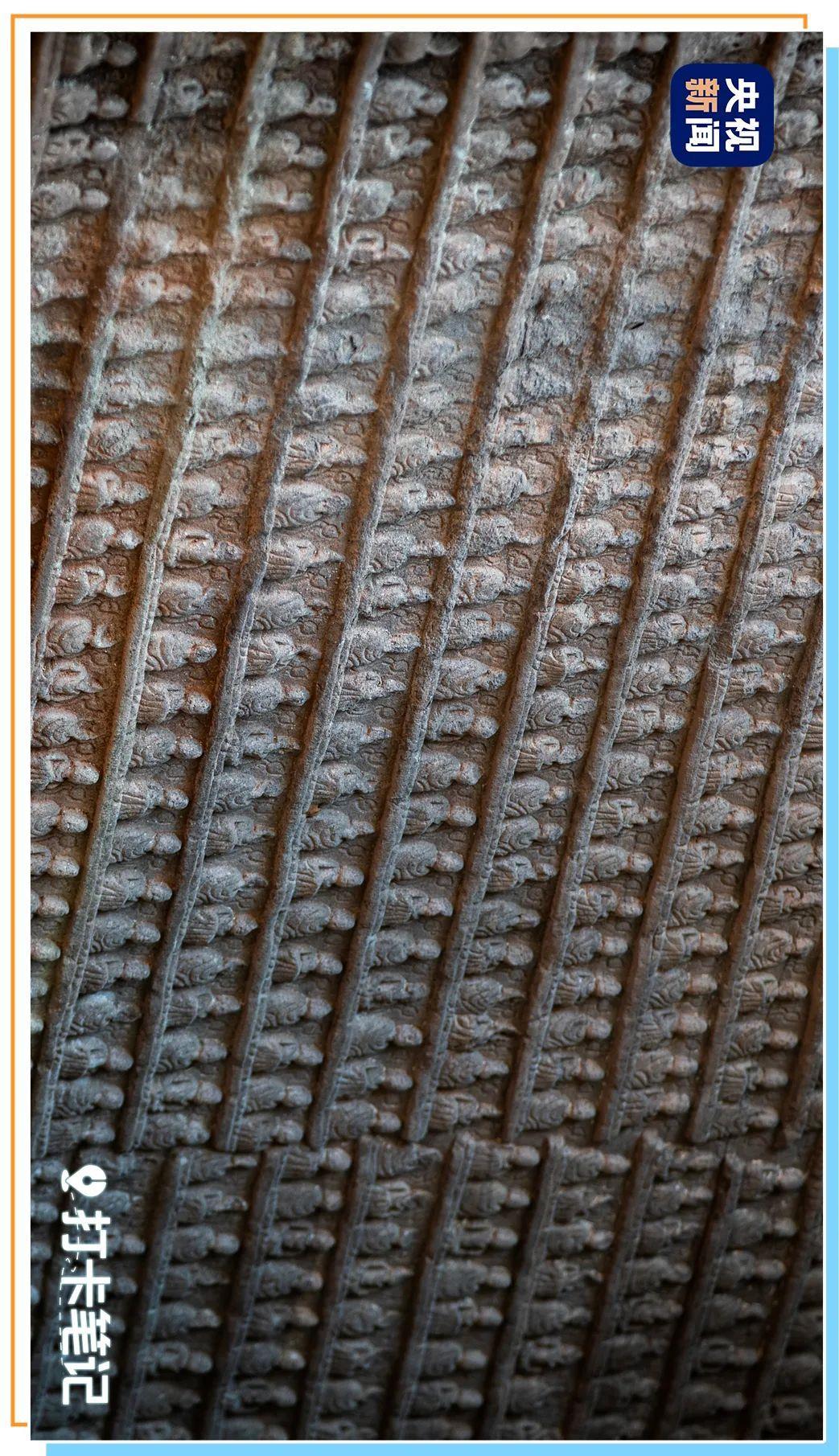
Many people want to see Anyue stone carvings, but they are seriously tragicThe Buddha’s niche attracted by the transformation. Because of the thousand-year-old wind, the stone carvings left traces of Cinema 1950 witch cloth draw‘s lower wind. The traces of thousands of years have formed the shape of wind. Standing in front of this Buddha statue, the beauty created by time will shock the heart.
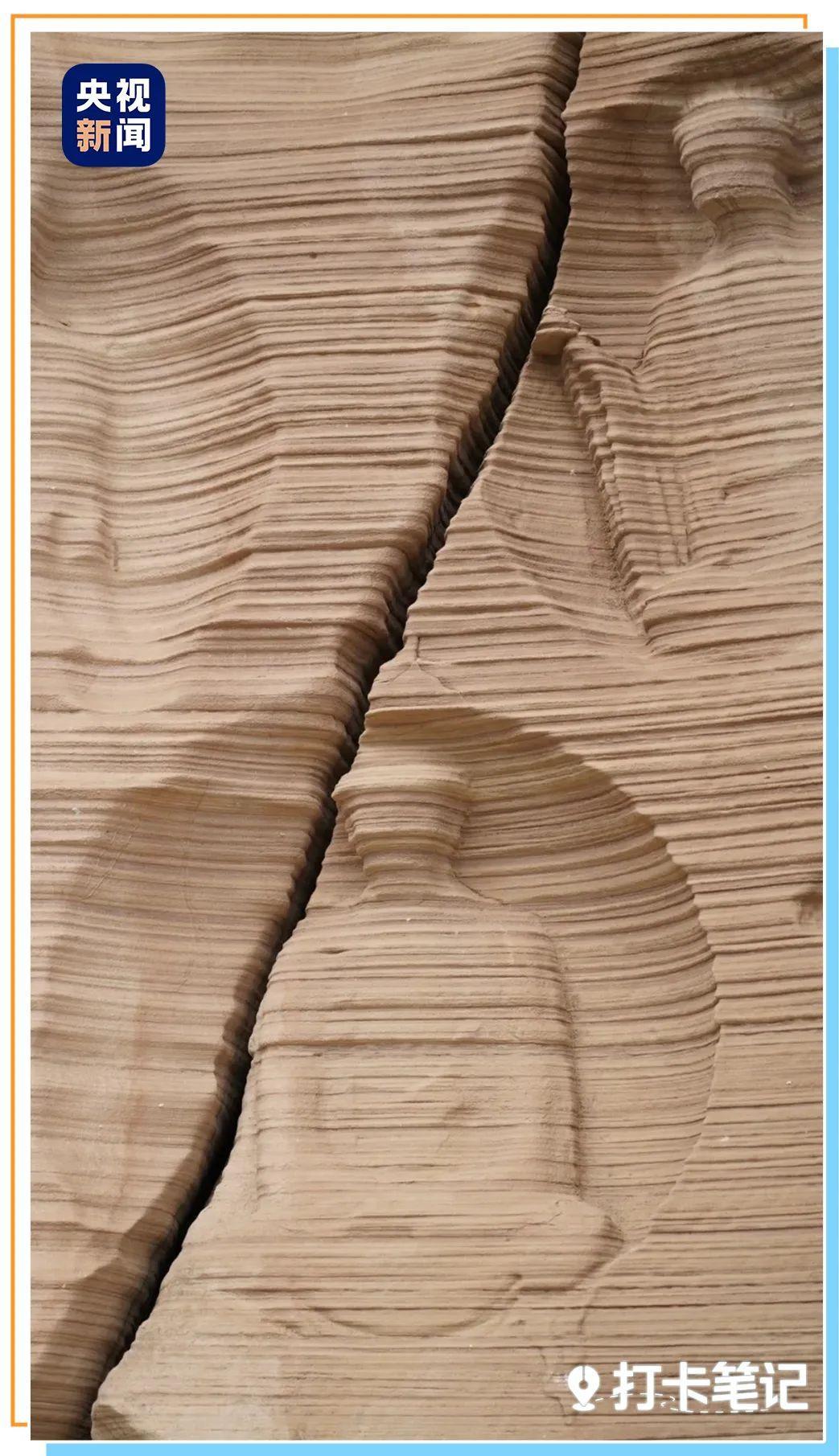
The reclining Buddha carved by Anyue stone is the largest reclining Buddha on the left of the Tang Dynasty in China. The total length is 21.3 meters and is chiseled on a cliff about 20 meters high.
In the reclining Buddha courtyard, more than 400,000 words of stone-carved Buddhist scriptures were also found. They are now well preserved, with more than 100,000 words clearly visible in the font. The engraving and calligraphy are recognized as the world’s best.
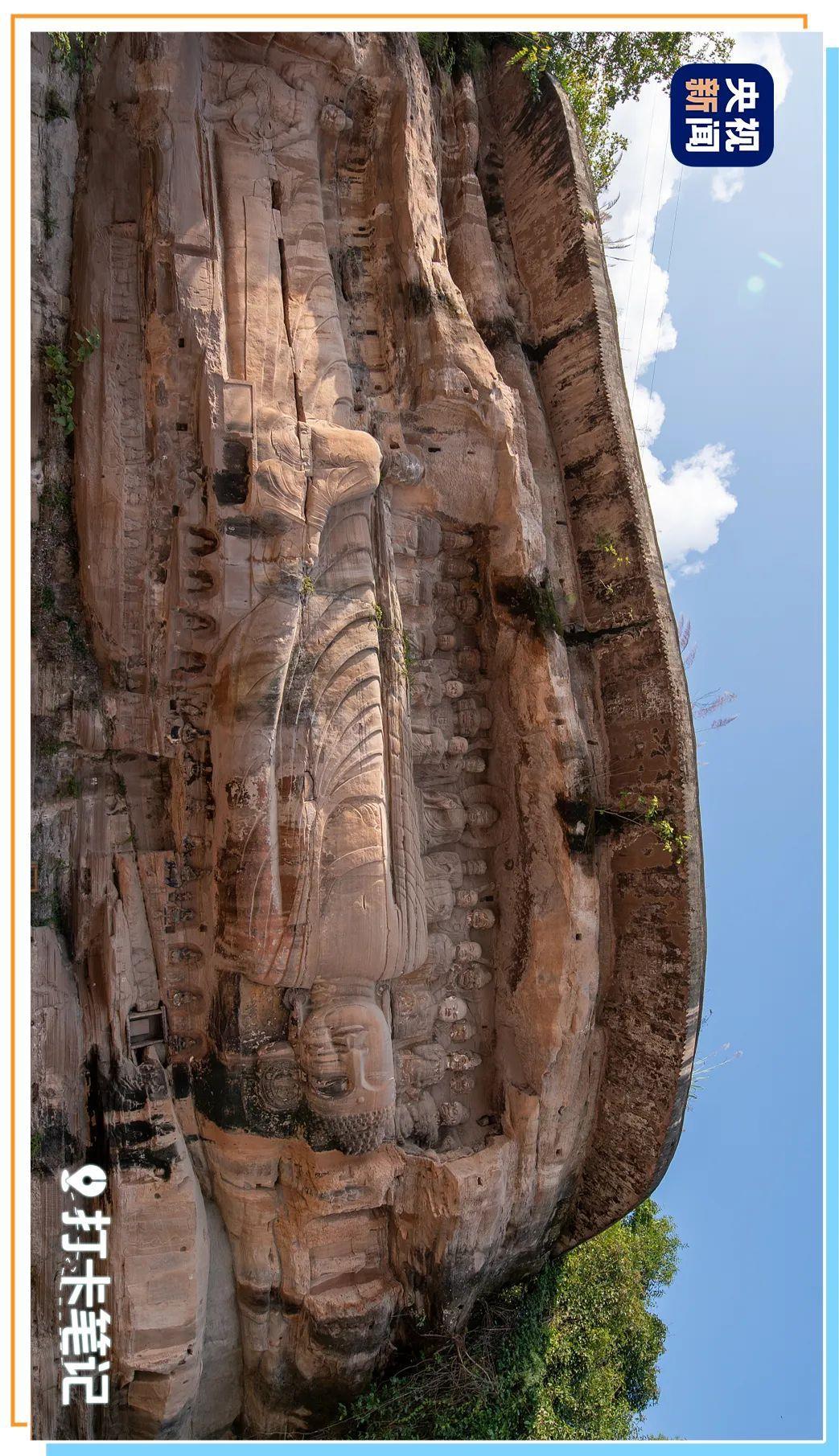
The Water Moon Guanyin statue in Vila Cave is one of the most popular statues in the entire Anyue stone carving, and it has its own beauty from any angle.

This group of Buddha statues on the pagoda slope is wonderful. It is on a hillside because the temple’s facade faces west. When dusk comes, the setting sun shines on it, like a layer of gold is naturally plated on it.
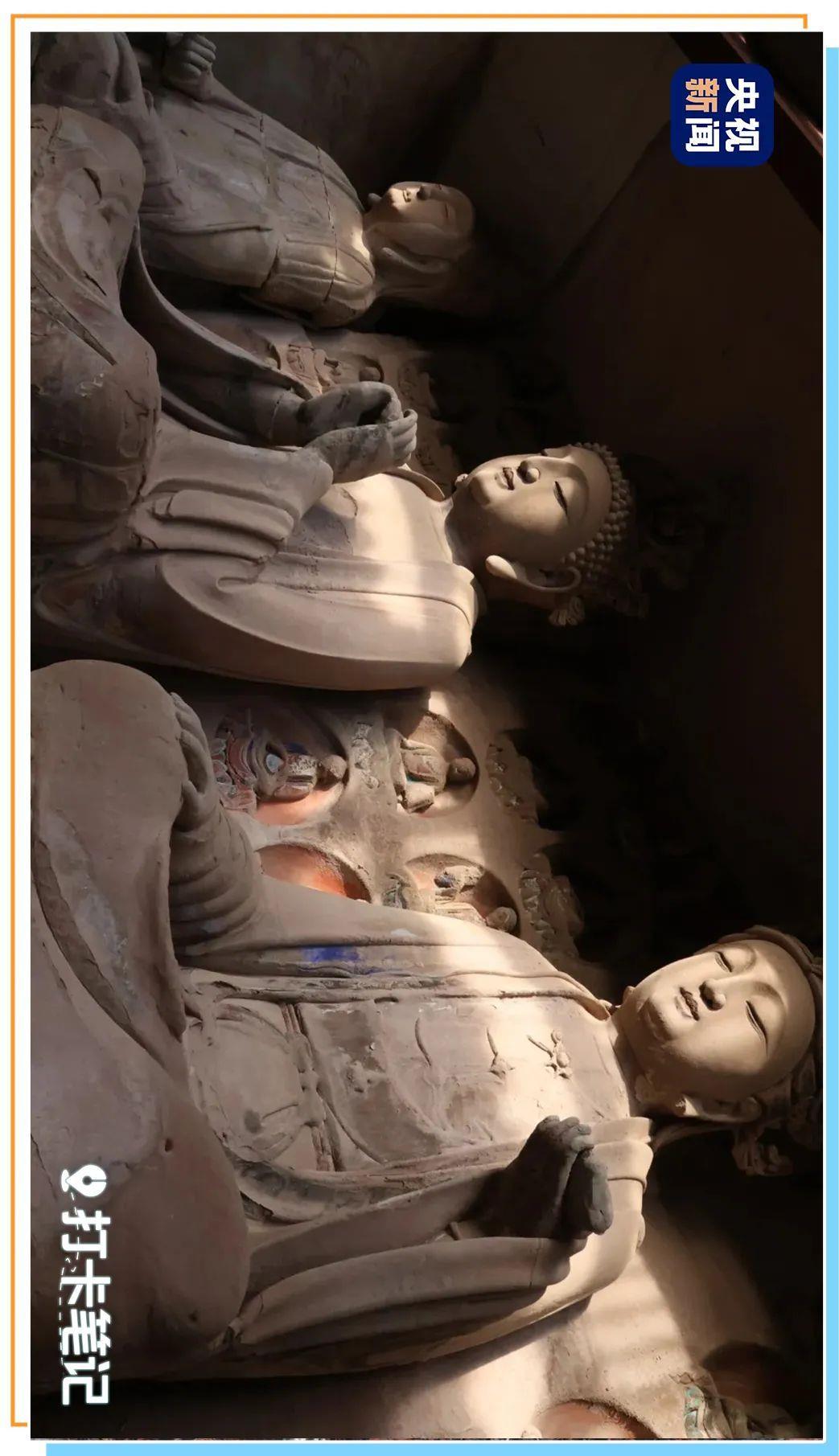
Most of the statues in Anyue stone carvings have gradually been weathered. While regretting, you might as well go and see it earlier.
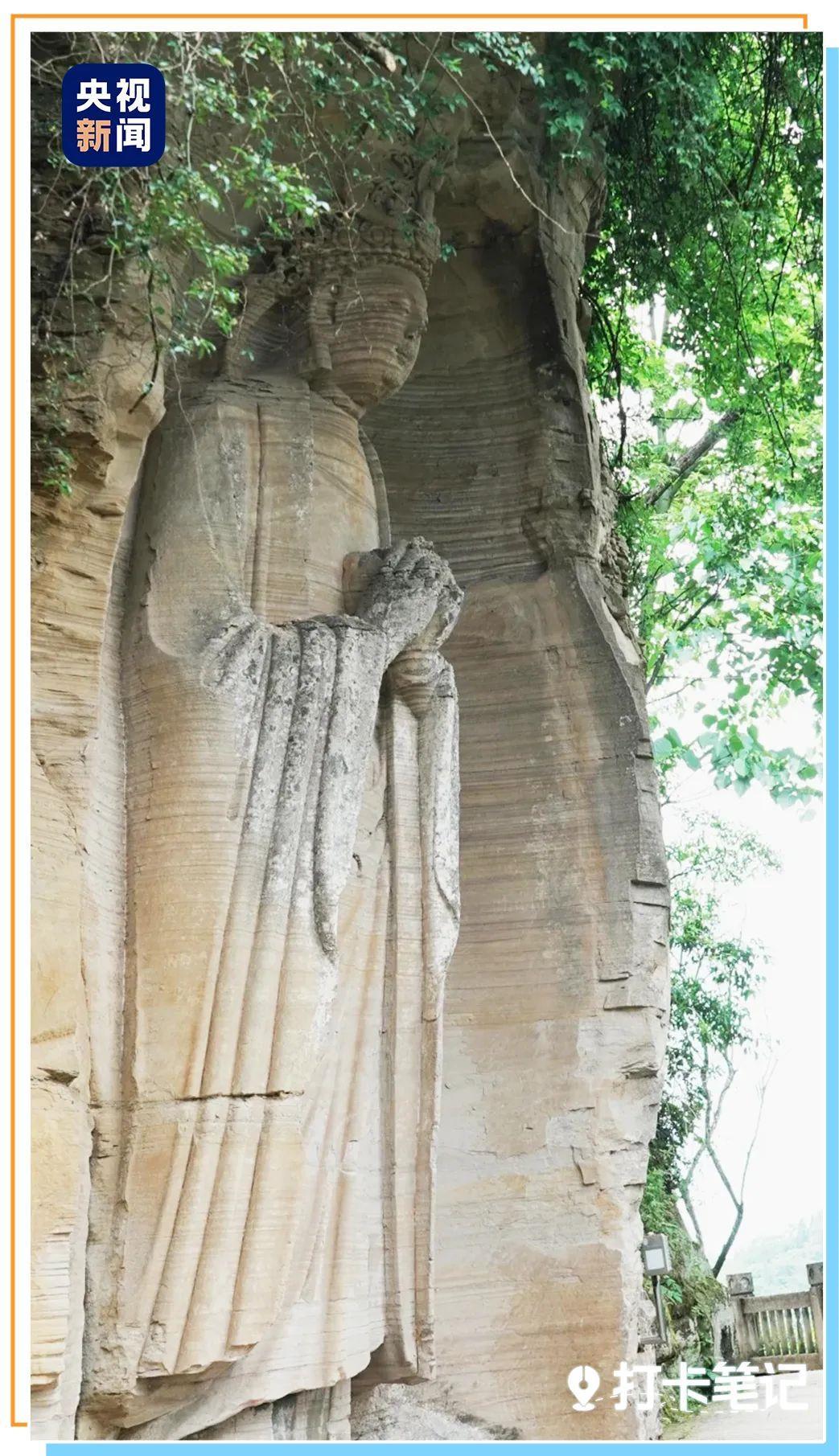
Many people call Anyue County a little “sour” small town, because it is rich in lemons and enjoys the reputation of “Chinese lemons look at Sichuan, Sichuan lemons look at Anyue”.
Baosen Lemon Tourism Zone is the largest scenic spot in the country with lemon theme. It seems that you enter the kingdom of lemons, and the fresh fragrance comes to your face. Don’t forget to taste the sour and refreshing lemons, which will refresh your mind in an instant.
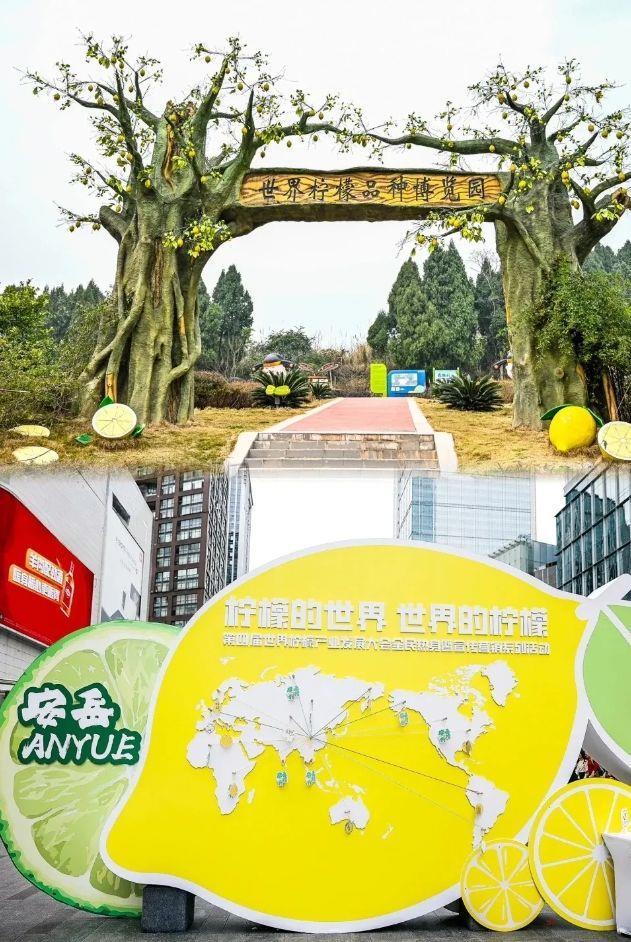
Chongqing
Dazu stone carvings: A treasure of the thousand-year-old Tang Dynasty
In “Black Myth: Wukong”, many scenes in “Black Myth: Wukong” restored the Dazu stone carvings in Chongqing, and too many statues were shocked. “Thousands of years of storm, art is unique in the world” refers to the Dazu stone carvings.

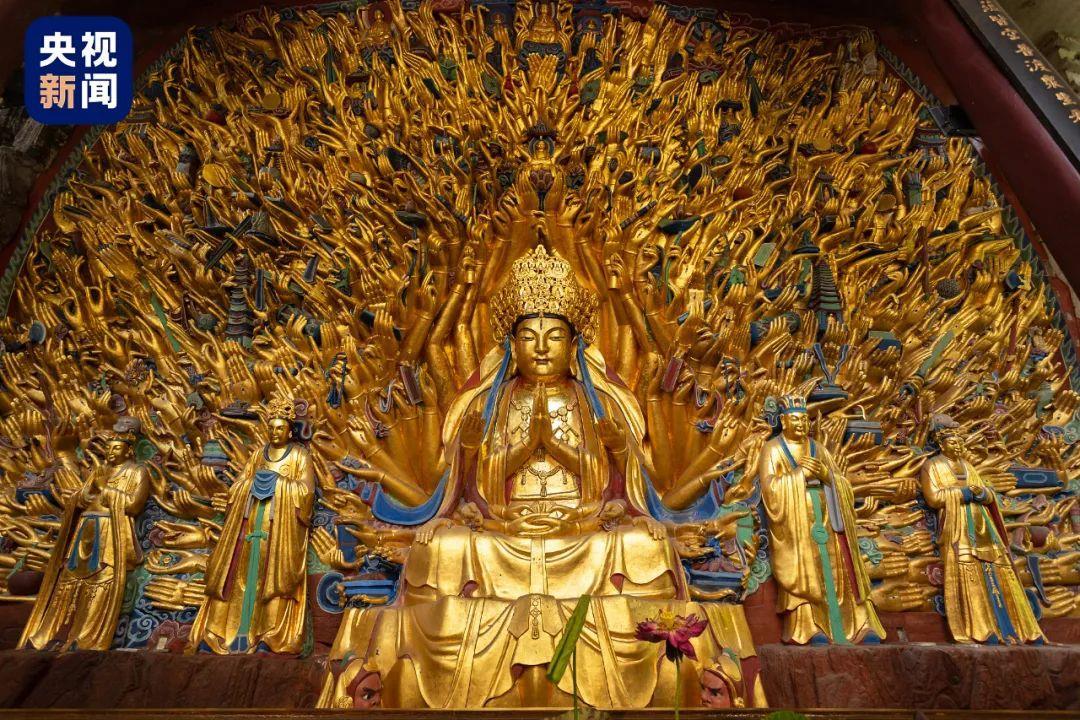
The breathtaking statue of Thousand Hands Guanyin is carved on the 88-square-meter cliff surface. There are 1,007 hands engraved, which is as gorgeous as a peacock spreading its screen.
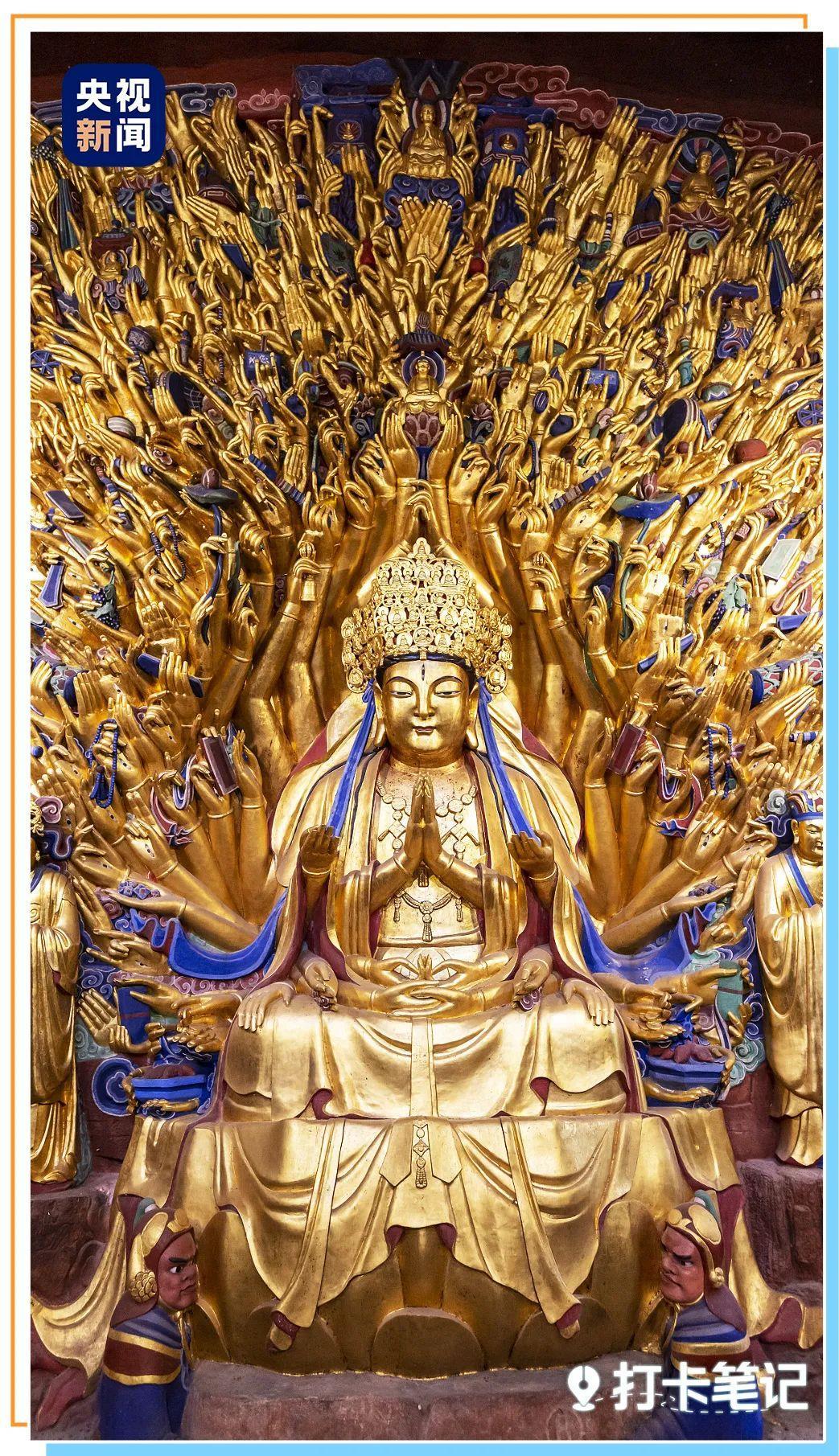
After 800 years of wind and rain, the exquisite stone carvings were once plagued by illness, and the statues were weathered and peeled off. Now, this Thousand-Handed Guanyin statue reappears, which is a time that people have gone back to more than 800 years.

Walking through the mountains and forests, huge stone carvings emerged before your eyes. It started in the Tang Dynasty, went through ten countries, reached the Southern Song Dynasty, spanning thousands of years, and is still vivid today, as if you are talking to you.
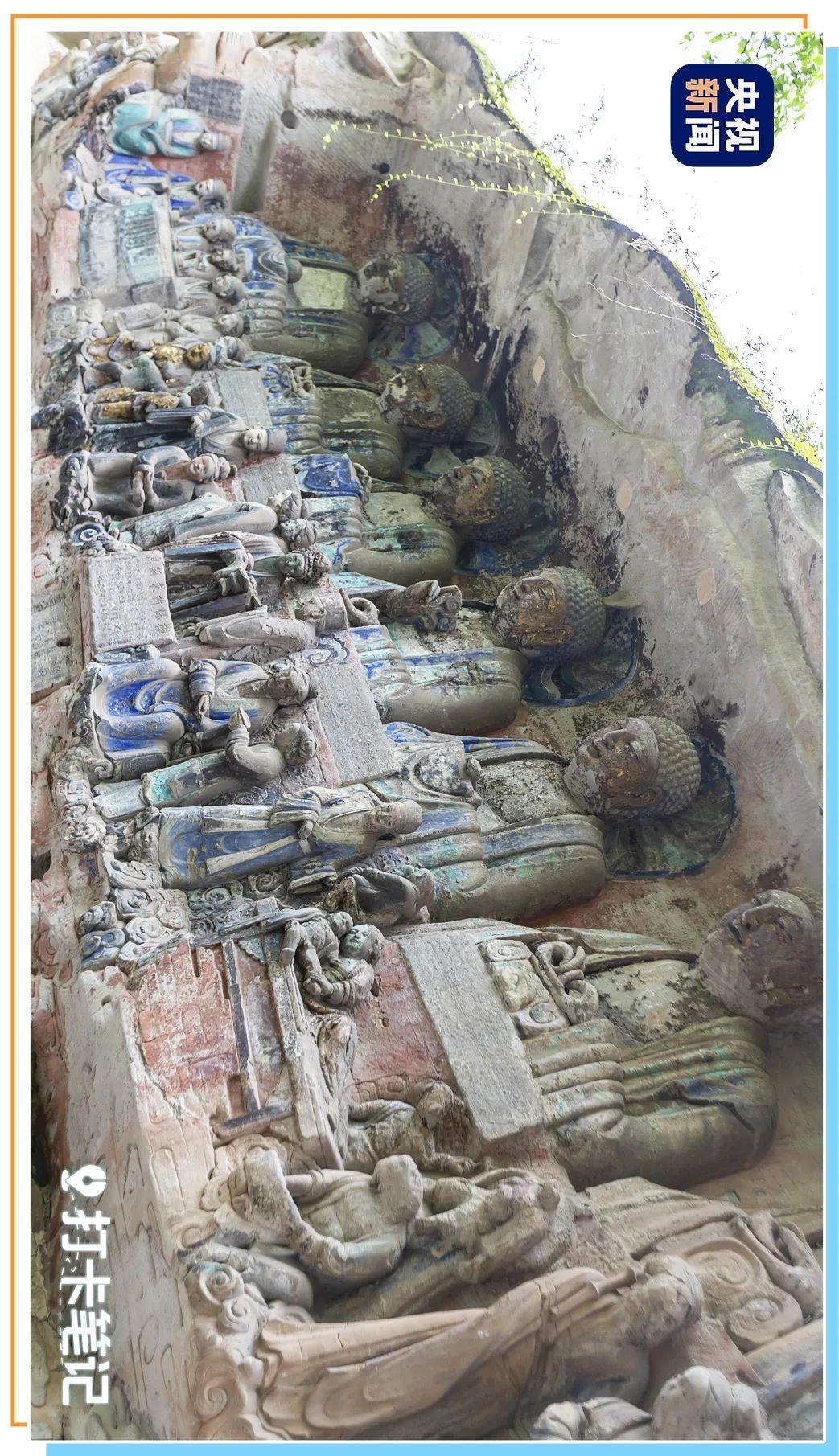
Amid the green mountains, the 31-meter-long Dazu stone carvings reclining Buddha, each stone carving is a craftsmanship whisper.
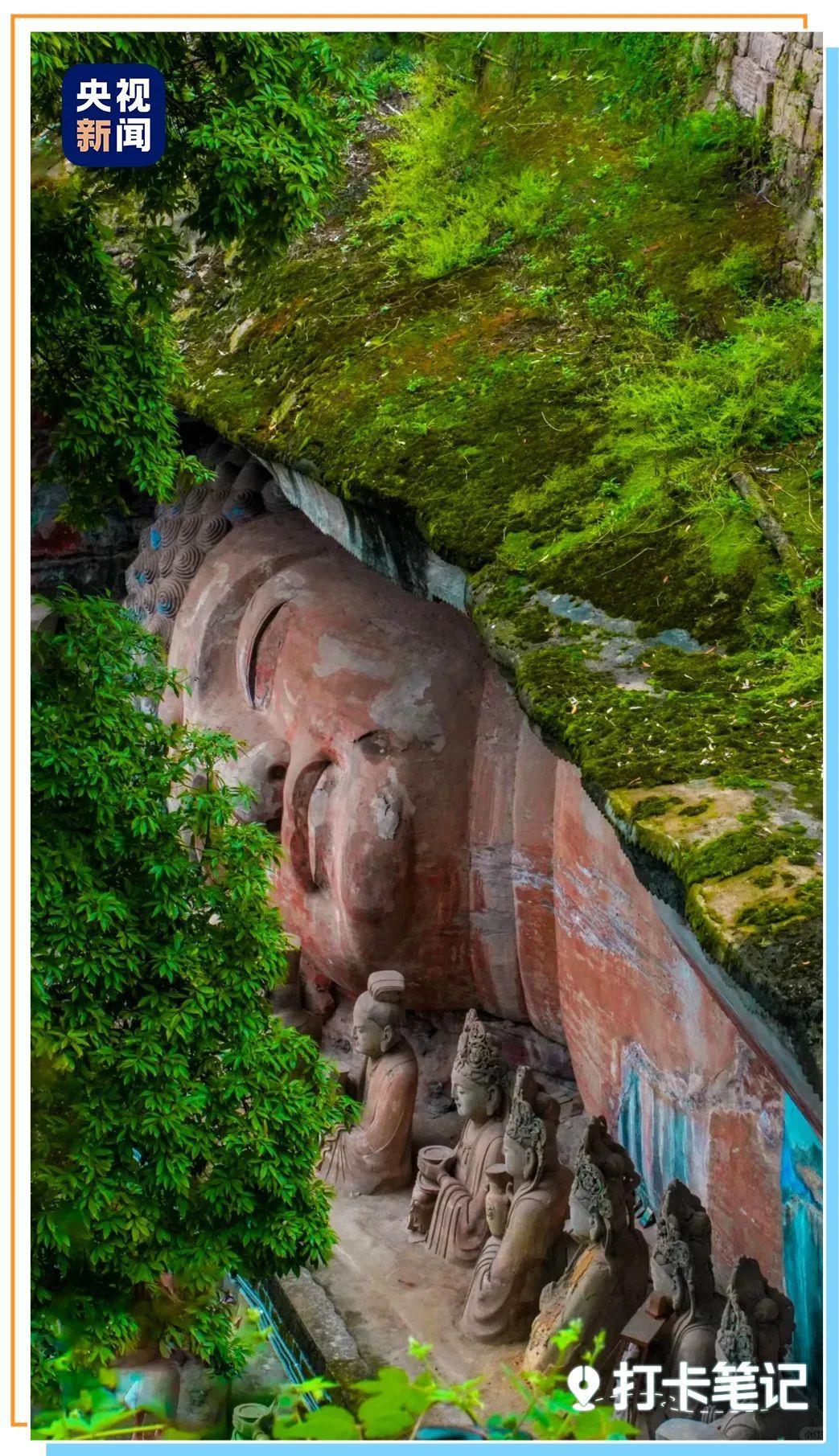
Every visitor who walks into the Dazu stone carving will see several unfinished statues of the Ming King. Compared with the exquisite statue groups around, the lower part of these statues is uneven and full of marks, which makes people wonder why only one Babaylan 1990 cloth drawhalf?
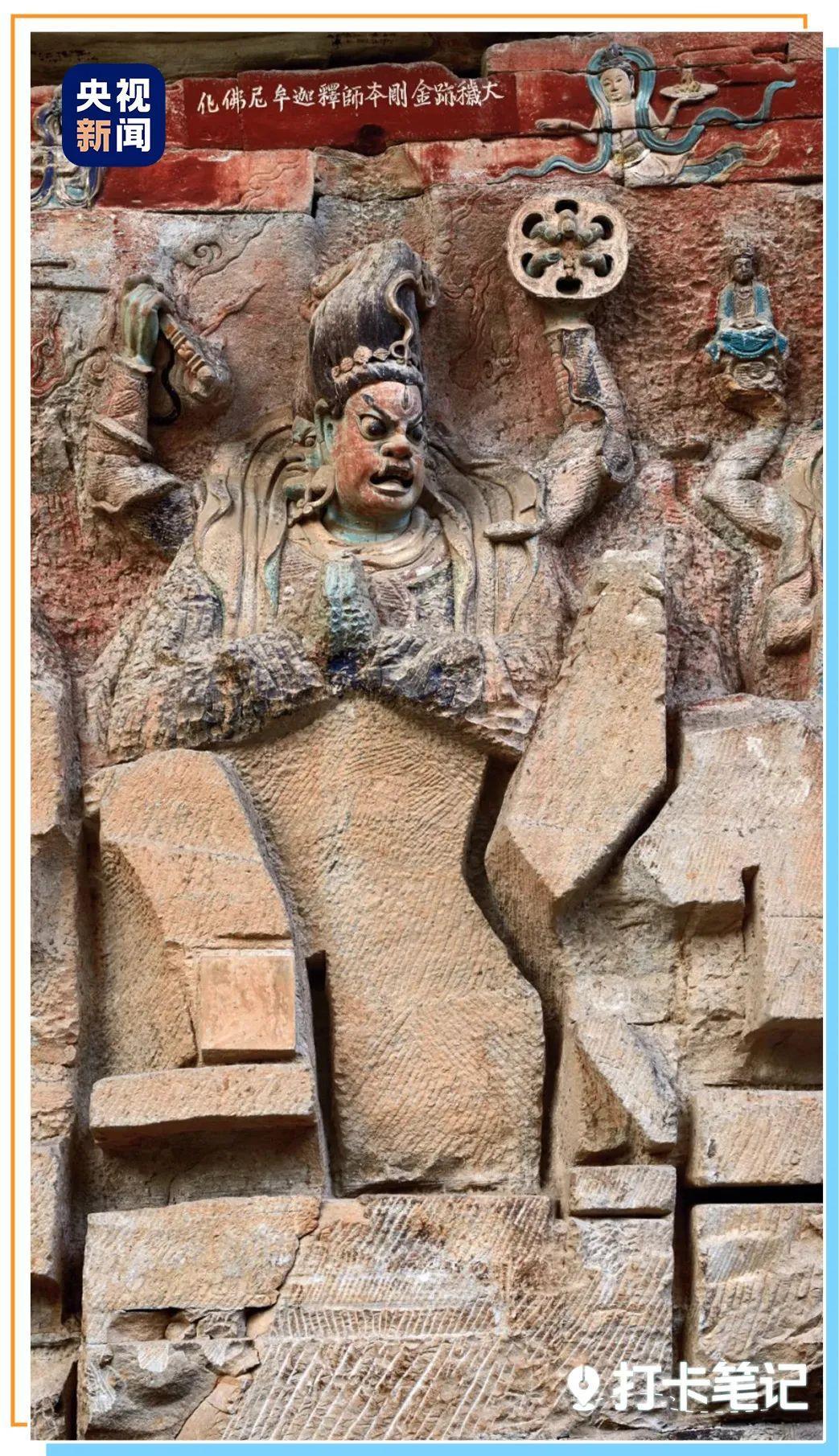
In fact, according to the inscription “Die Nian” of Dazu stone carving Nanshan “He Guangzhen Farewell to the County Governor Wang Mengying” “Di Nannan”, it is not difficult to see that Dazu had suffered from the wars of the Song and Meng at that time. However, the brilliant monument they created has become a witness of history, and it is worth looking at these rare “semi-finished” historical relics.
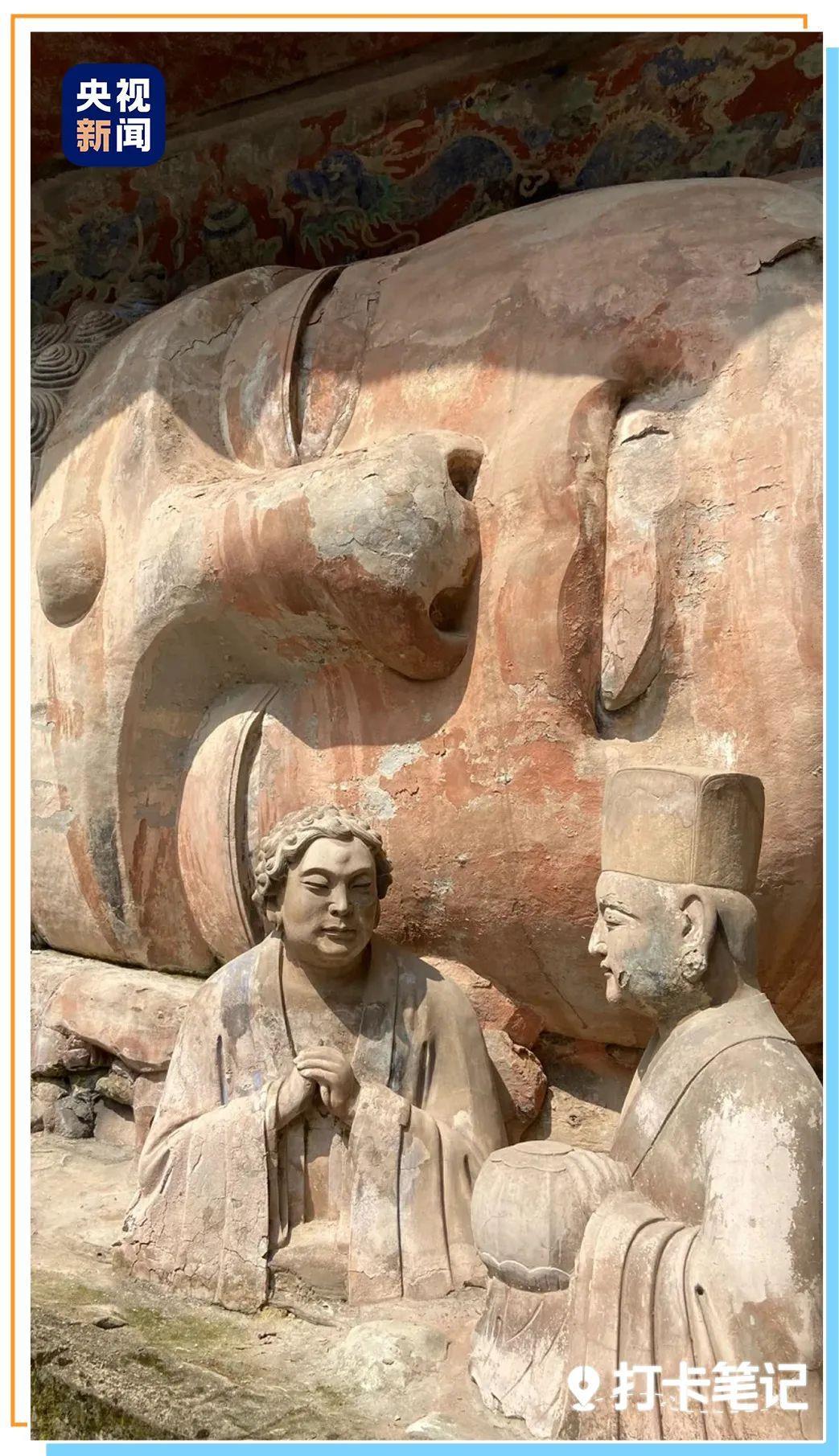
This is the ancient Chinese architecture
It is not only a visual shock
It is also a concentrated display of Chinese aesthetics
Let us protect and inherit together!

